Time: 10:30AM – 2:30PM
Location: Eleven Mile Canyon
South Platte River 06/18/2025 Photo Album
Baby sitting duties prevented me from fly fishing last Wednesday; however, I salvaged a fun day on a lake on Friday, June 13. Hurdles to the pursuit of chasing trout continued to plague me, as I contracted an illness that took me out of action late on Fathers Day through Tuesday; however, by Wednesday morning my energy was back. One nuisance symptom of my condition remained, but I felt well enough to embark on a fishing trip.
But where should I go? I eagerly tracked the receding flows on the freestones I love to frequent, as run off wanes, and I was surprised to see that the Arkansas River was already within the range of edge fishing. The Yampa River in Steamboat was actually prime for edge fishing, but the long trip made that option unworkable. I was nearly settled on the Arkansas, but when I checked the flows on Tuesday, I noticed a distinct spike in flows at the Salida and Nathrop gages. I was concerned that heavy rain on Tuesday caused the sudden increase, and perhaps this was accompanied by a loss of clarity. It was too late to call a fly shop.
 Next to the Large Rock on the Right
Next to the Large Rock on the Right
When I checked again early on Wednesday morning, the spike leveled out at 1800 CFS at Nathrop, but I was reluctant to risk the long drive, and I wanted to leave before the fly shops opened at 8AM, so I defaulted to the South Platte River at Lake George. The graph of flows there was nearly an unending straight line in the 85 – 90 CFS range. I had decent success on my last visit there on 06/10/2025, and I assumed that conditions would be similar. I made the drive to Eleven Mile Canyon.
By the time I arrived, geared up and assembled my Sage R8 four weight, it was 10:30AM. I began my day with a peacock hippie stomper trailing a size 16 olive-brown body deer hair caddis on an eighteen inch section of tippet. As I stood on the bank making my first couple casts, a trout rose next to a rock, and it was no more than five feet away from me. I dropped the flies in the current without even casting and allowed them to drift along the rock, and on the second pass, a very respectable thirteen inch brown trout aggressively smacked the caddis. It was quite an auspicious start to me day.
I added a second small brown, as I advanced up the river, but then the fly fishing gods exacted their payback for my early good fortune. First, I set the hook into nothing and launched the flies into a tree limb high above the river. After some persistence and an excessive struggle, I was able to bend the branch tip down to the river, where I was able to unravel and rescue the flies. Next I failed to pause to allow the flies to straighten before making the forward cast, and this error along with some gusting wind, caused the flies to confront me in a massive snarl. It was so bad that I had to cut off both flies and dispose of the tangled leader that connected the stomper to the caddis.
After these two time consuming disruptions to my karma, I made a thirty foot cast across the river to a nice riffle next to some overhanging branches. I really thought it was a futile effort, but much to my amazement a decent fish smacked the hippie stomper. I raised the rod and connected and in the process lifted the nose of a decent-sized rainbow above the surface, but in a flash the fish was gone. I stripped my line in and discovered that both flies broke off, and I suspect I scarred the knot on the hippie stomper in my efforts to unravel the tangle.
What else could go wrong? One more thing. I finally settled into a rhythm and began prospecting likely trout lairs, when another angler appeared and waded into the river no more than twenty yards above me. I was dumbfounded. I fished out a remaining attractive section, and then I climbed the bank and moved upstream. As I passed the angler, I told the invader that I assumed he did not see me, and that explained his presence in my space. He said that was the case, and then uttered “life can be hard”. I was again dumbfounded and simply shook my head. There was no apology or offer to move somewhere else. I hiked along the road a good distance, offering him a courtesy he did not extend to me, and then I cut back to the river.
By now at least an hour had elapsed, but I began to fish my double dry in earnest, and the results were outstanding. I spotted very sporadic rises, and small caddis dapped the surface occasionally, and my hippie stomper and deer hair caddis seemed to be of interest to the river inhabitants. I boosted the fish count from two to fifteen, before I paused on an exposed mid-river rock for lunch. Among my catch were a couple twelve inch rainbows and four browns in the twelve to thirteen inch range, and one seventeen inch cutbow. Yes, you read that correctly. The beast rose and crushed the hippie stomper at the very top of a long pocket. I was shocked by this outlier.
After lunch at 1:00PM the game changed. The fish stopped responding to my double dries. I spotted a light yellow body mayfly slowly ascending toward the sky, so I swapped the caddis for a pale morning dun. Nothing. By 1:30PM I decided to replace the comparadun with a light gray deer hair caddis, and while paused to make the changeover, I pulled out my stream thermometer. I submerged it for more than two minutes in a spot with some depth along fast moving current, and it registered 66 degrees. Before I plunged it into the water, it displayed 77 degrees, so I knew it was functioning properly. 66 degrees represents the threshold of when one should stop fishing in order not to harm trout by playing them in elevated stream temperatures.
It was only 1:30, so I decided to drive up the river toward the dam with the hope that the water temperature would be lower near the bottom release. I parked where I normally stop on early spring outings, and I hiked to the same sections that I was familiar with. I made some casts at the top of a nice long entering run to a medium sized pool, and this provoked a splashy refusal. Next, however, I once again tested the water temperature, and I was surprised to learn that the thermometer continued to register 66 degrees. I used my better judgement and called it quits at 2:30PM. The air temperature on the dashboard display was 80 degrees, as I began my return journey.
Fifteen trout landed in two and a half hours of fishing is very respectable, and quite a few were above average beauties. This was accomplished in spite of a series of time consuming disruptions. I fished only dry flies, and the fish were quite receptive to my offerings. The hot spots were the cushion in front of large exposed boulders, and quite often the trout grabbed the caddis, as I began to lift in front of the boulder to make another cast. Slight twitches and movement seemed to instigate trout predator behavior. The warm water temperatures were a disappointment, and I am concerned with a heat wave in the forecast for the remainder of the week. Could the water managers increase the flows? I am thankful that I carry a stream thermometer.
Fish Landed: 15

 Very Respectable
Very Respectable Early Beast
Early Beast Fine Looking Area
Fine Looking Area Nice Rainbow
Nice Rainbow Pleased
Pleased Productive Water Ahead
Productive Water Ahead Cutbow Monster
Cutbow Monster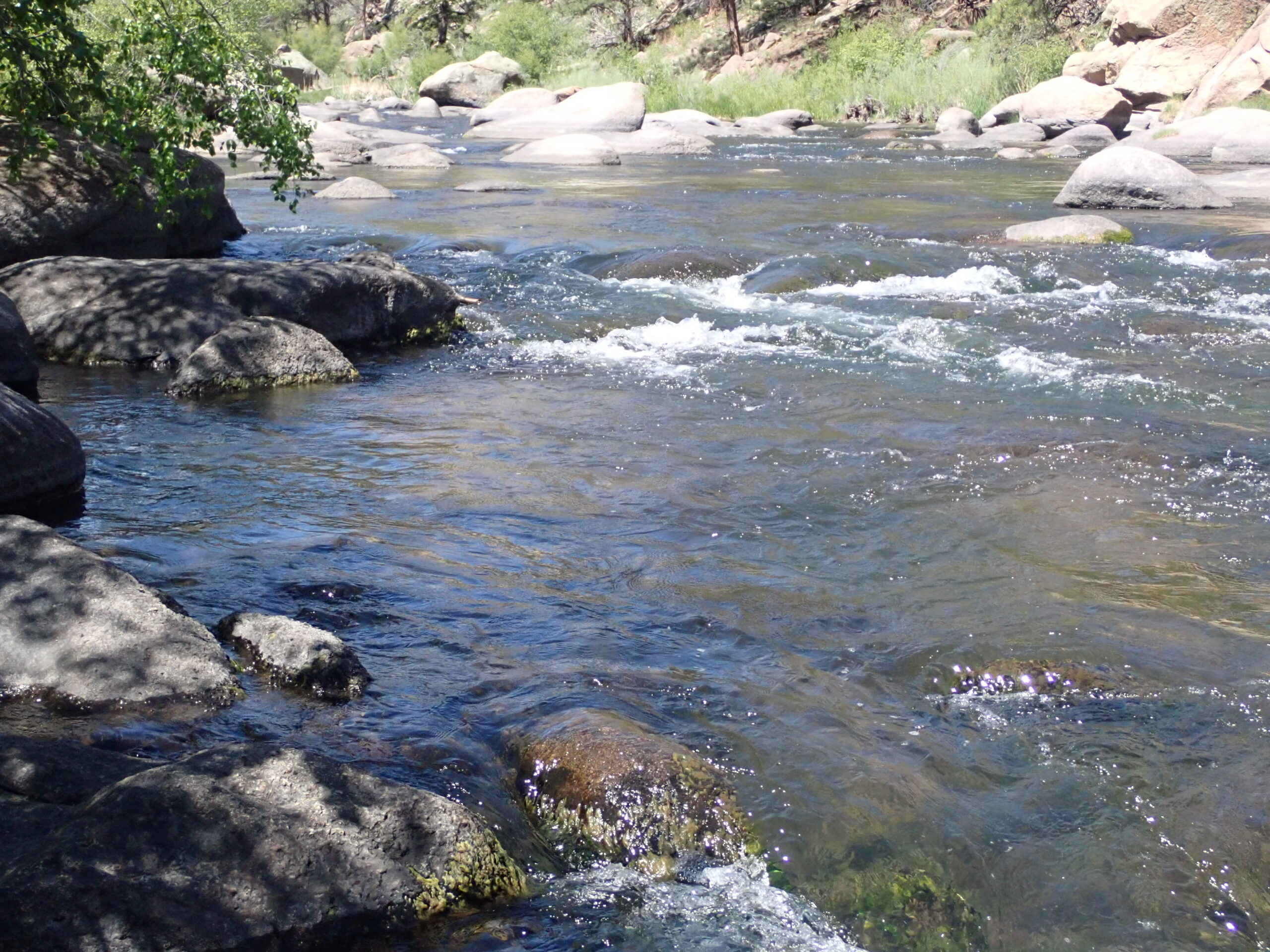 Prime Water
Prime Water Looking Up the Canyon
Looking Up the Canyon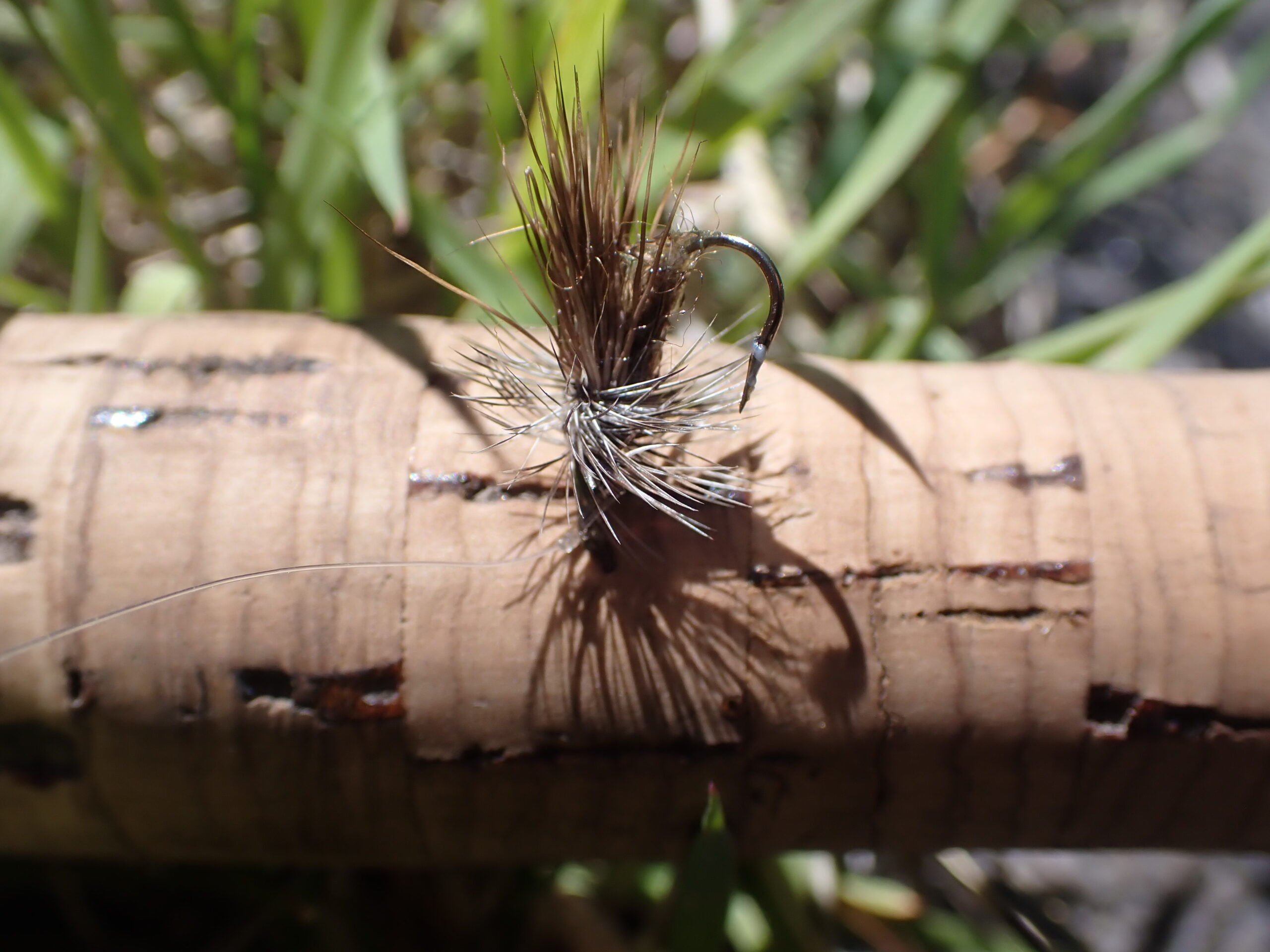 Olive-Brown Deer Hair Caddis on Its Nose
Olive-Brown Deer Hair Caddis on Its Nose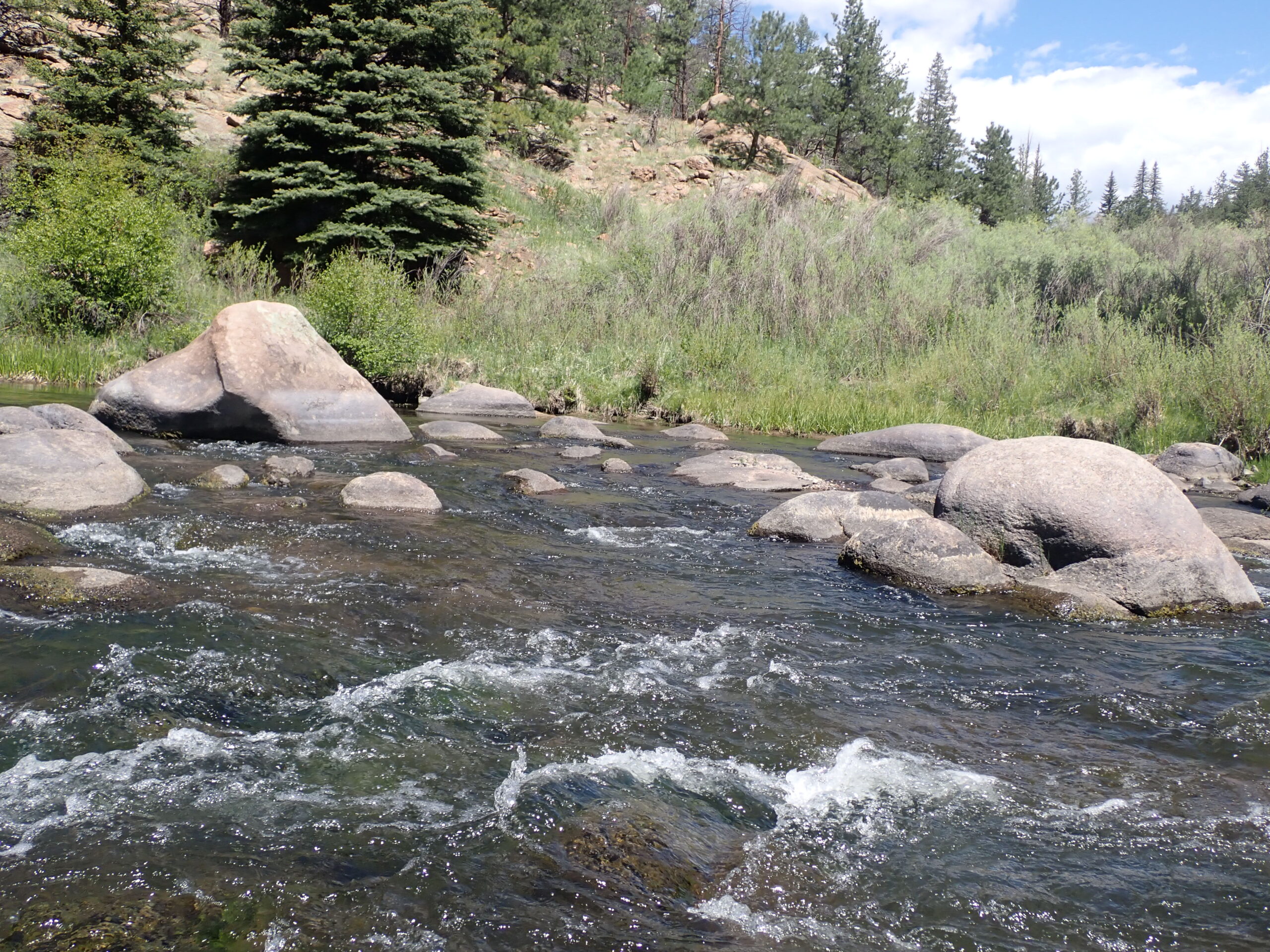 Pockets to Pick
Pockets to Pick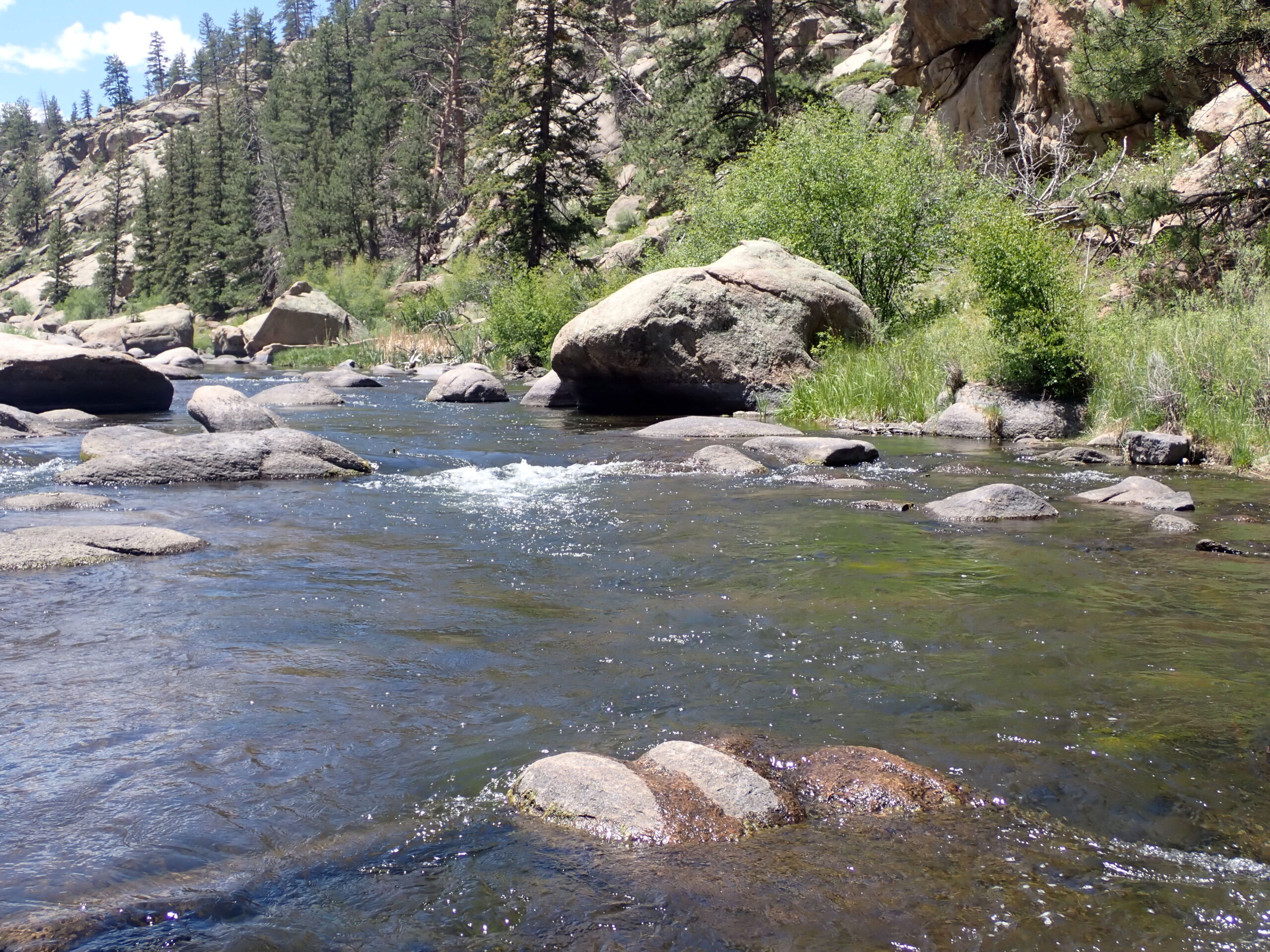 Promising
Promising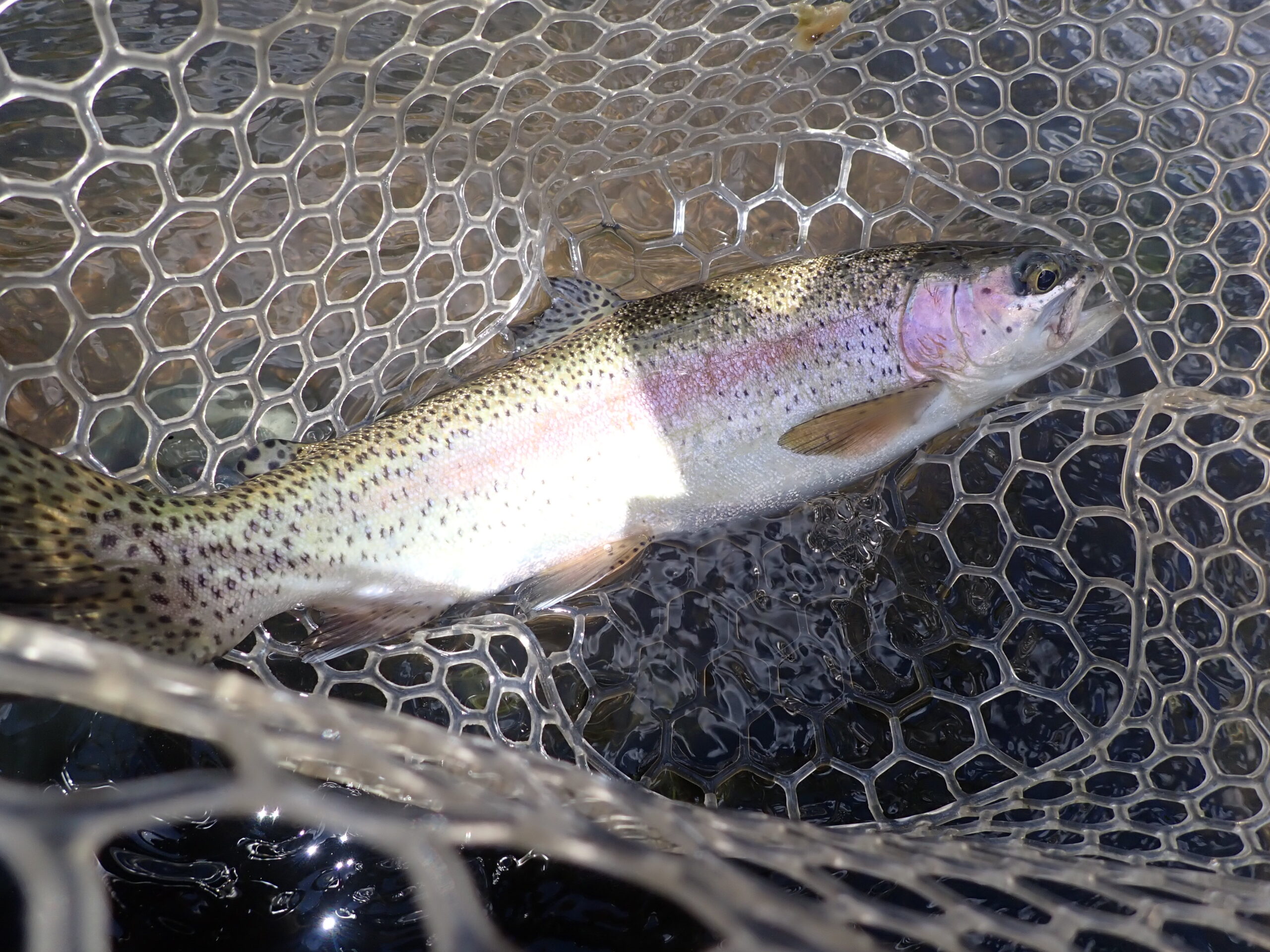 Another Fine Rainbow
Another Fine Rainbow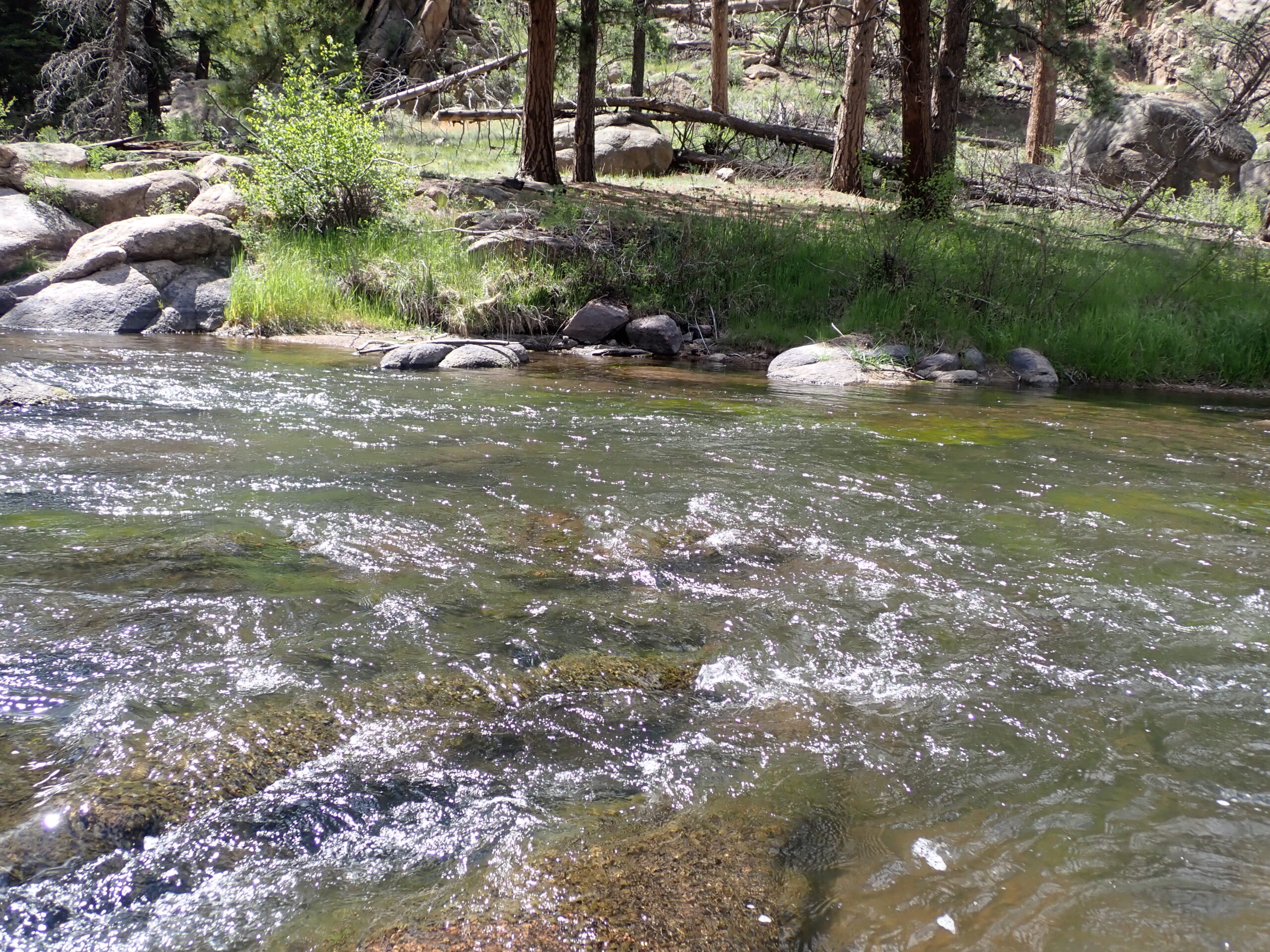 Run Near the Bank Delivered
Run Near the Bank Delivered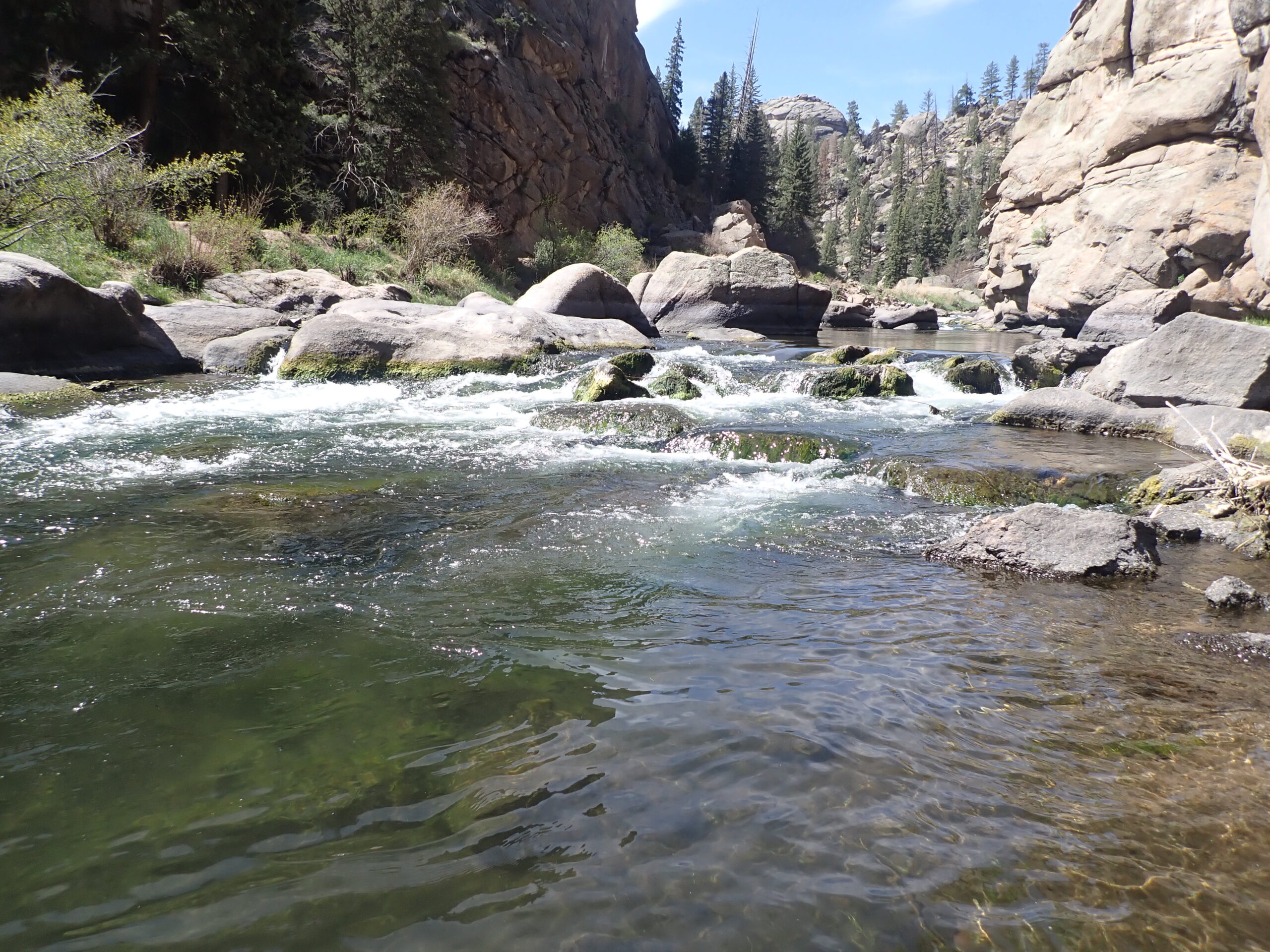 Looking Ahead
Looking Ahead Number Two
Number Two Typical Productive Water
Typical Productive Water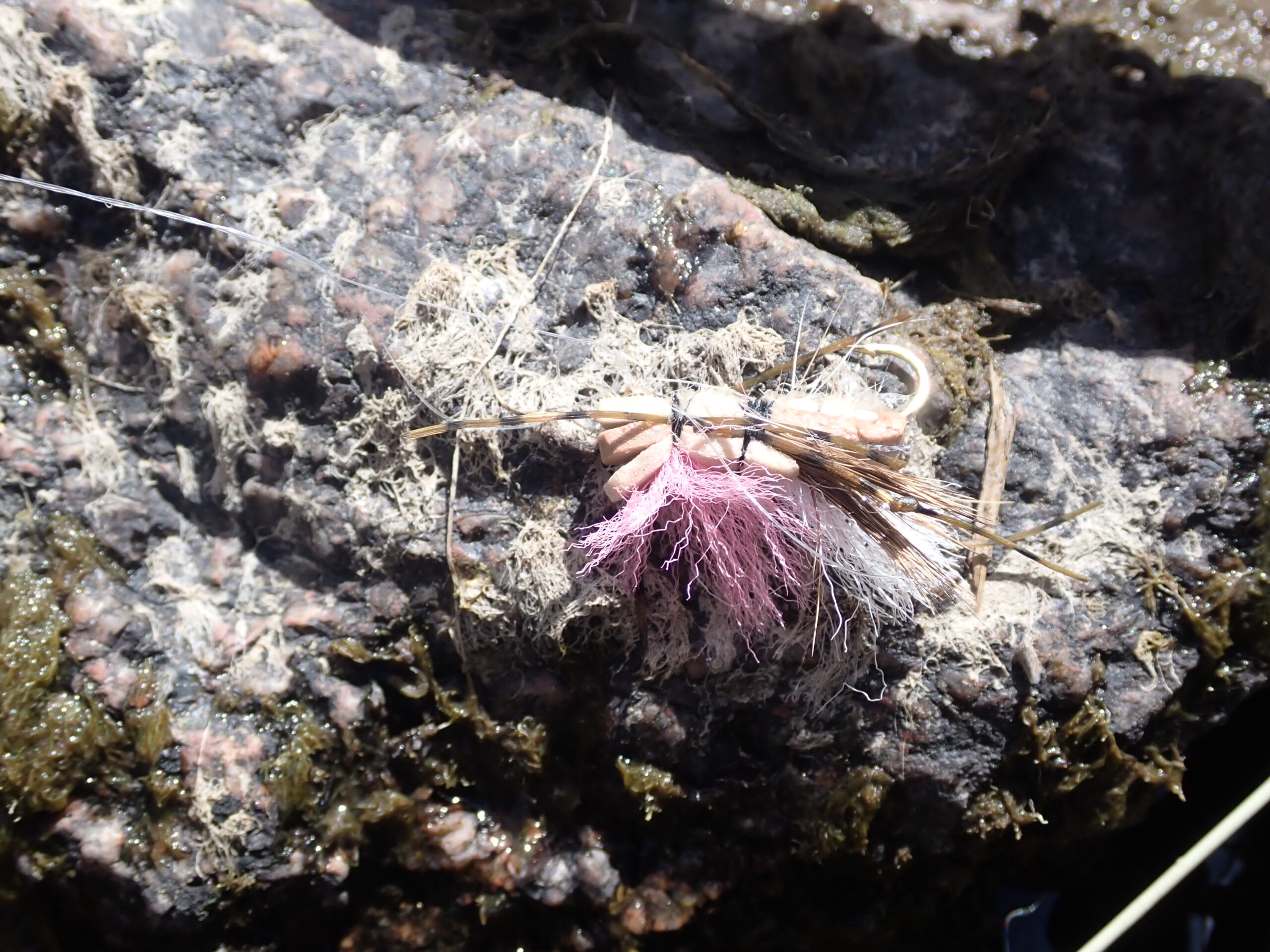 Did the Job
Did the Job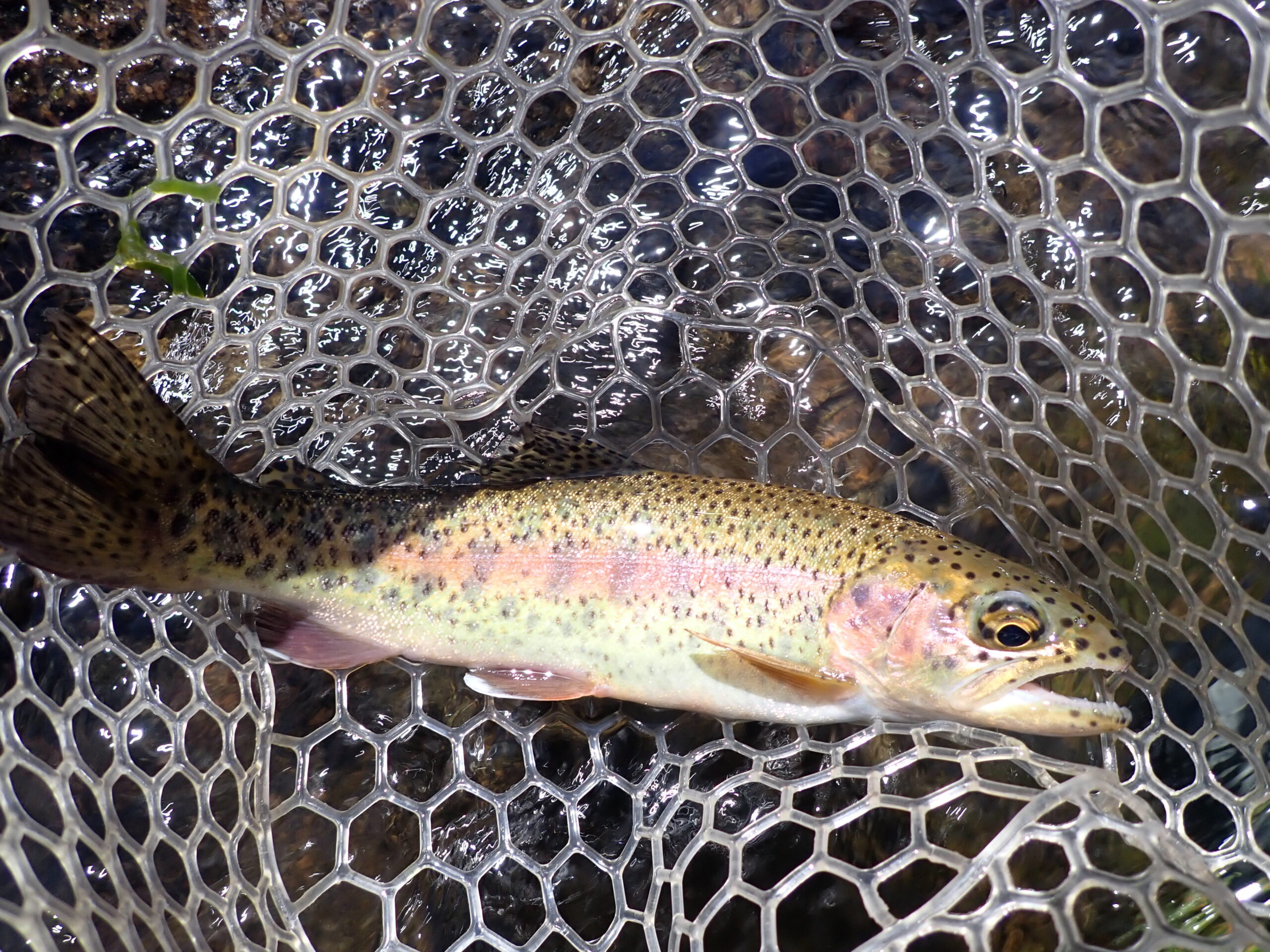 Colorful Rainbow
Colorful Rainbow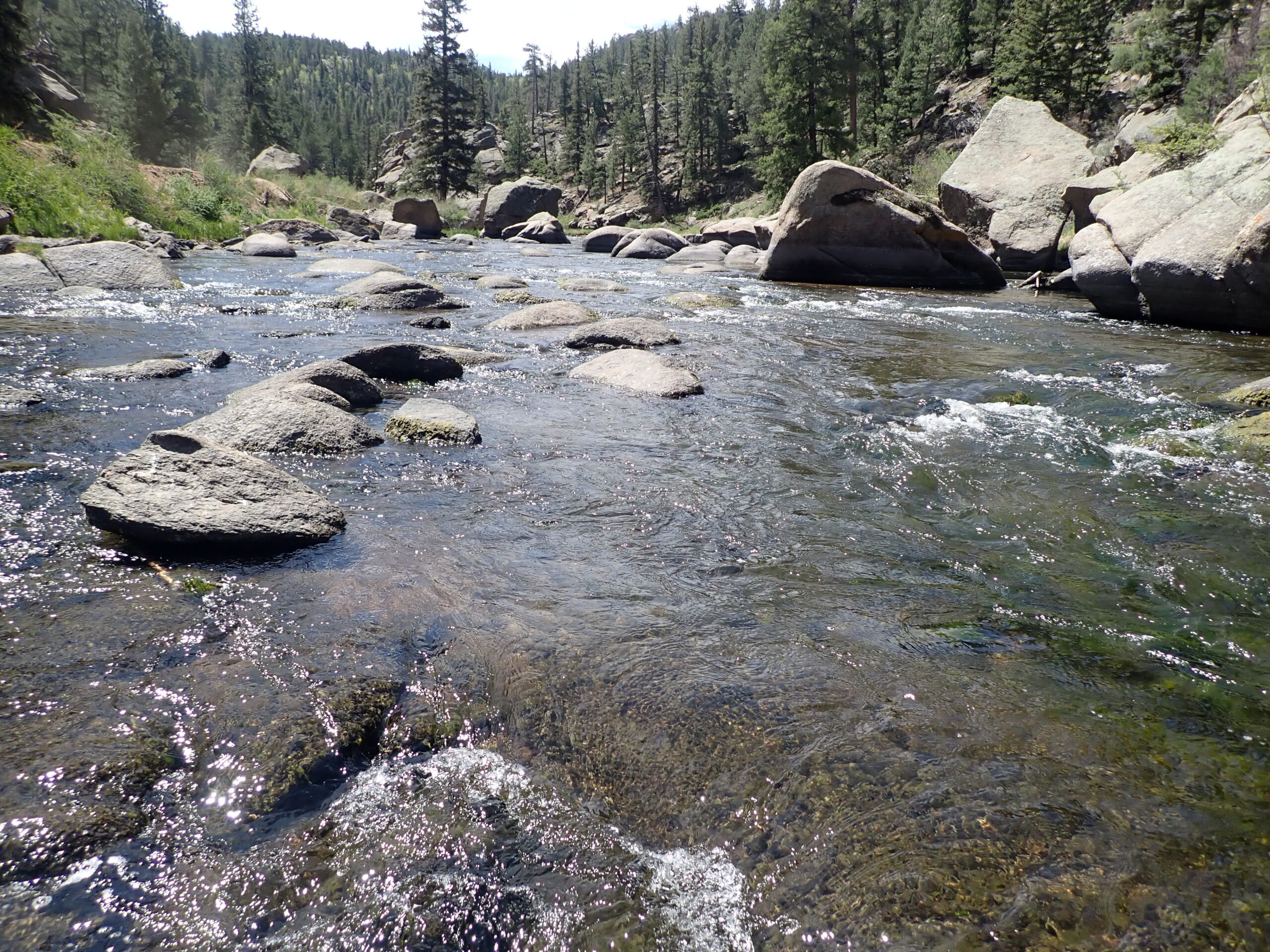 Pocket Water Delight
Pocket Water Delight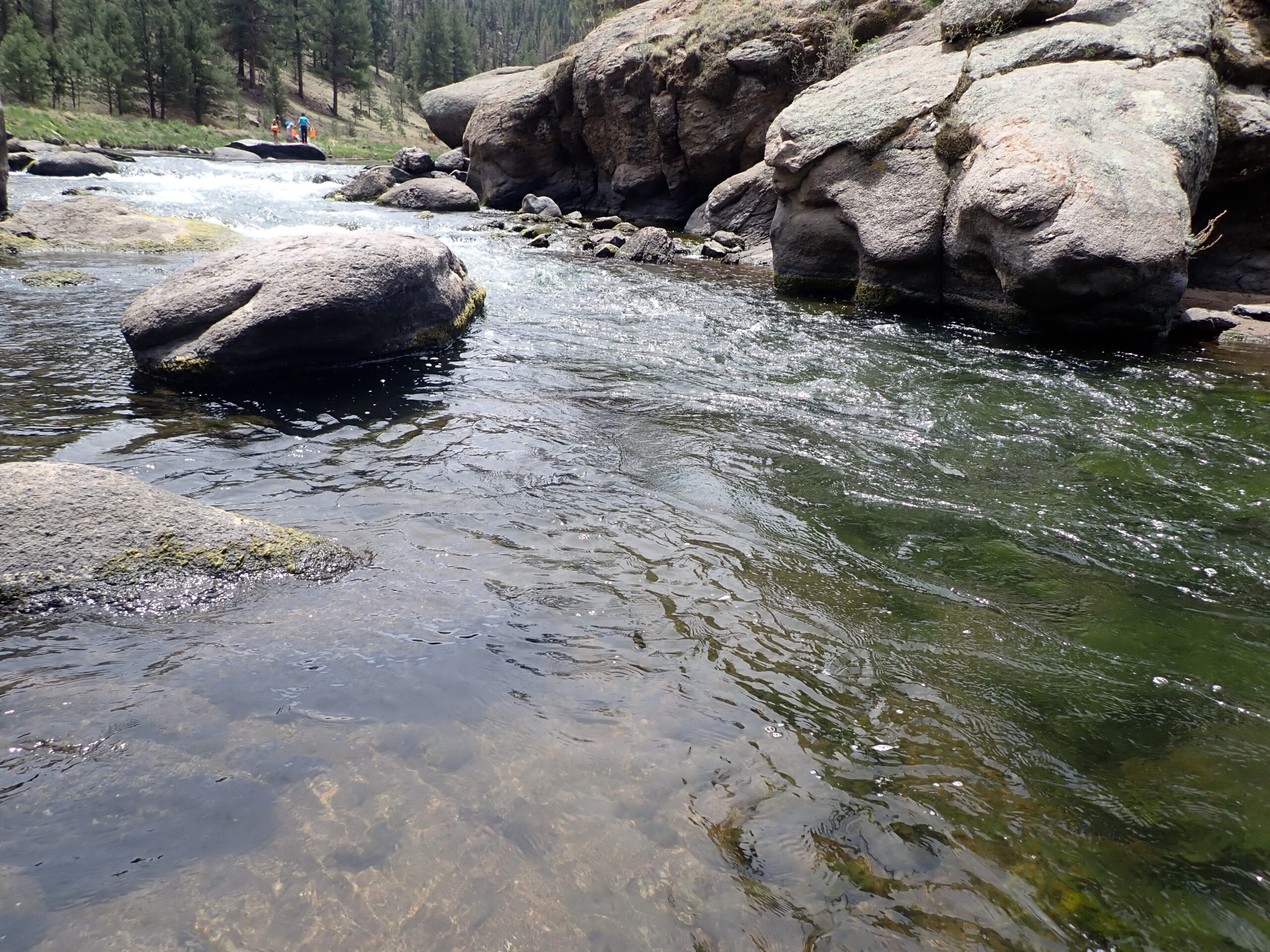 Seams Always Good
Seams Always Good One of the Better Fish
One of the Better Fish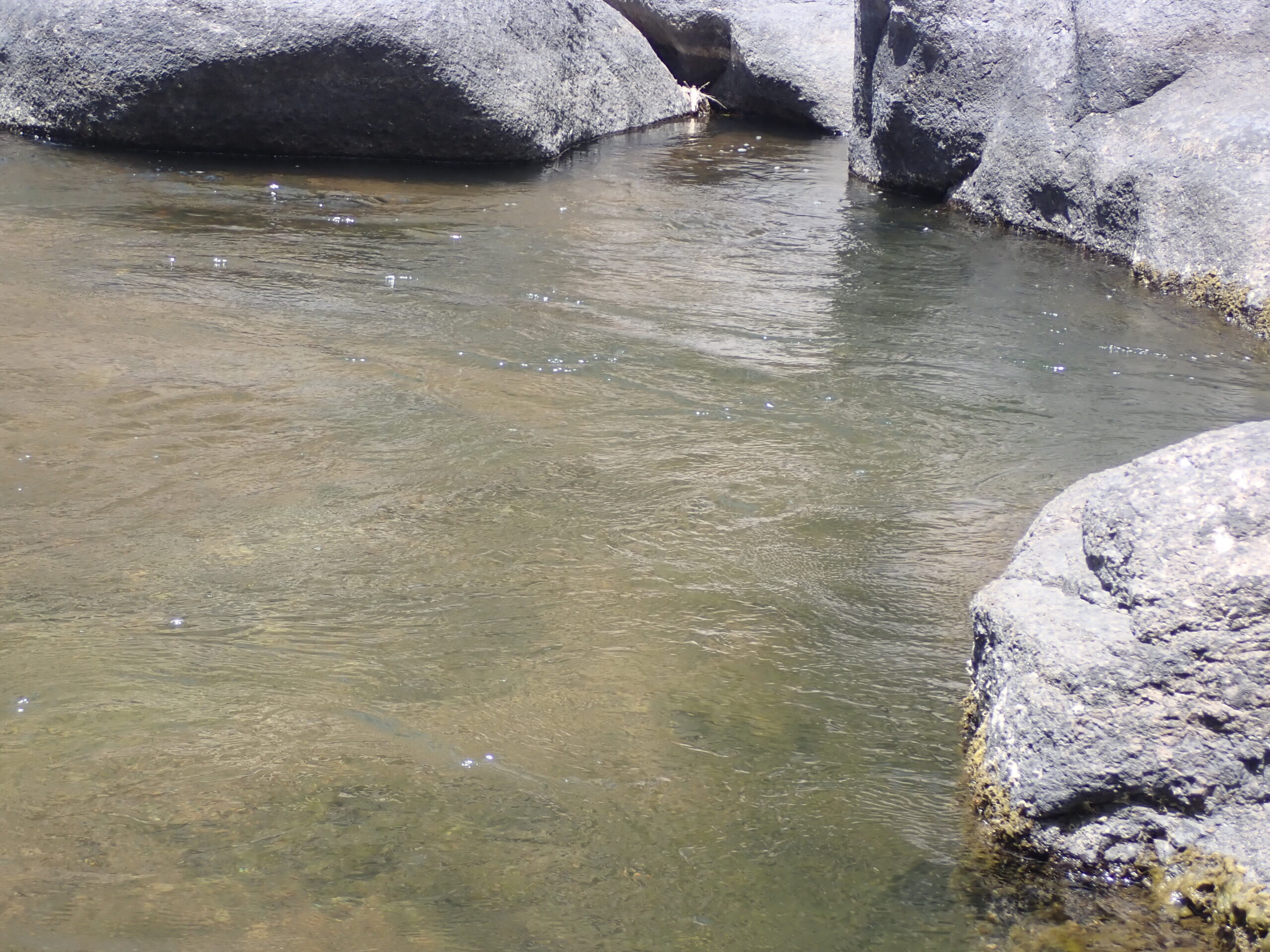 Emerged from the Current Seam
Emerged from the Current Seam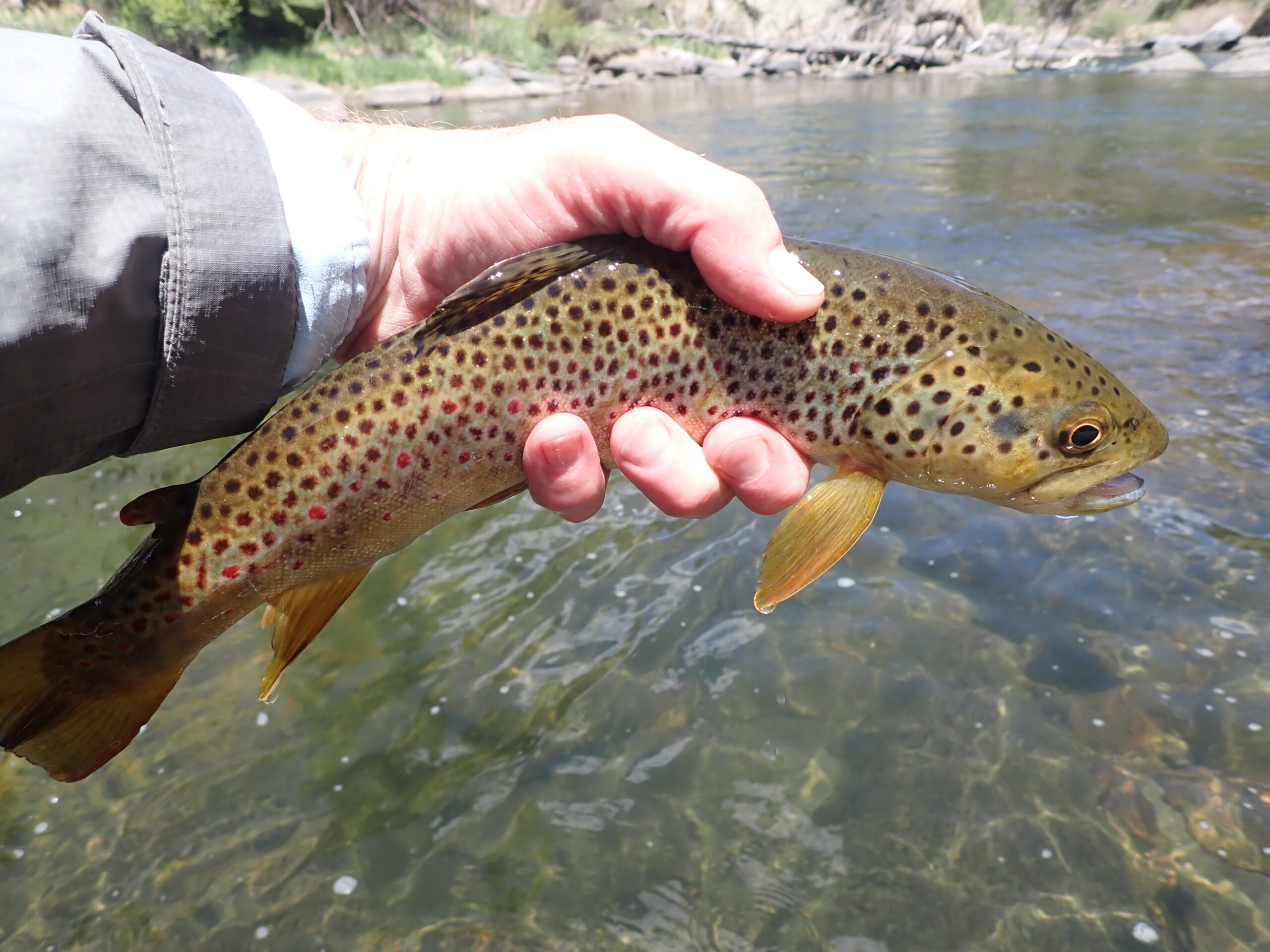 Covered in Spots
Covered in Spots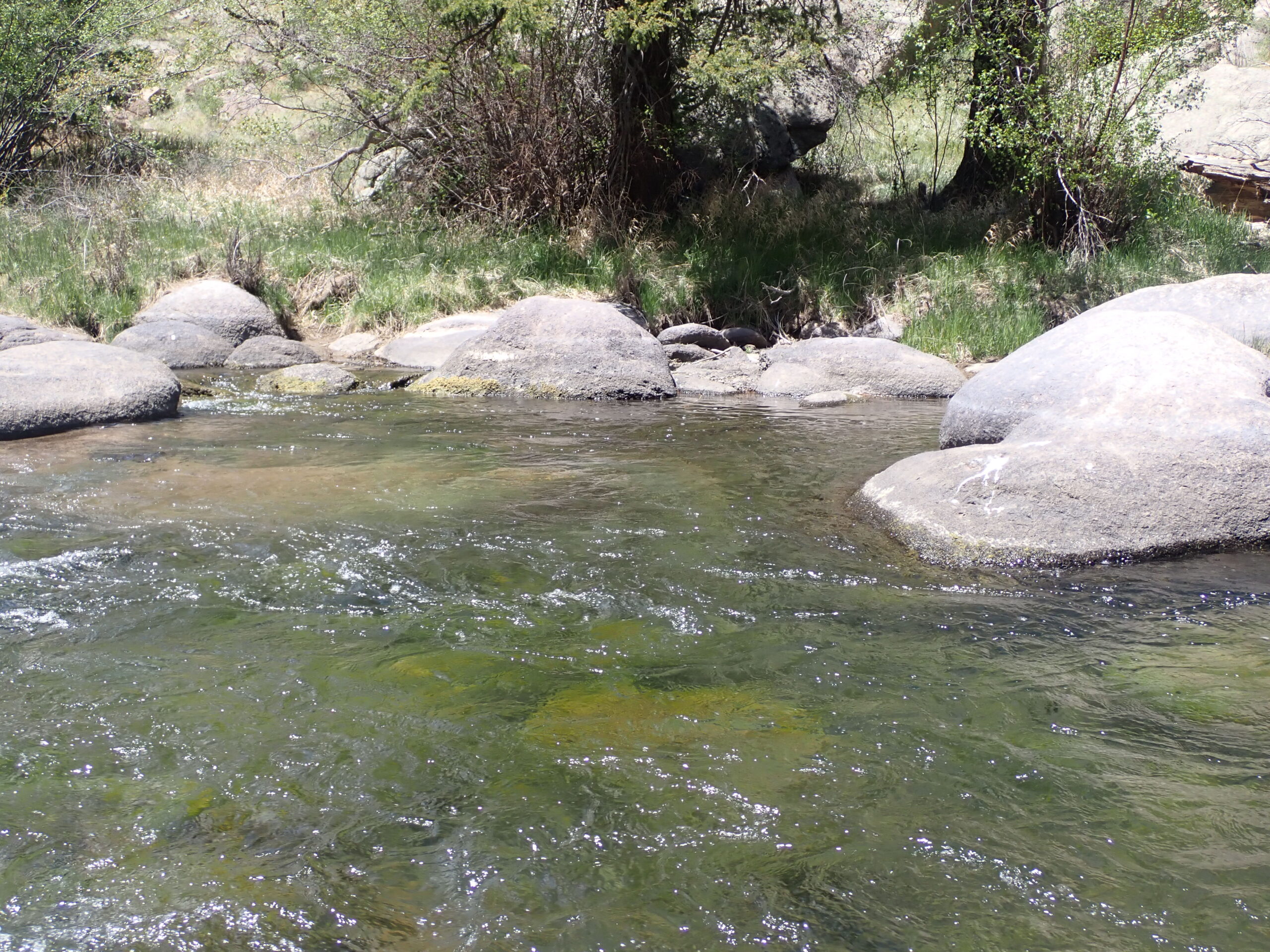 Nice Brown from in Front of the Large Boulder
Nice Brown from in Front of the Large Boulder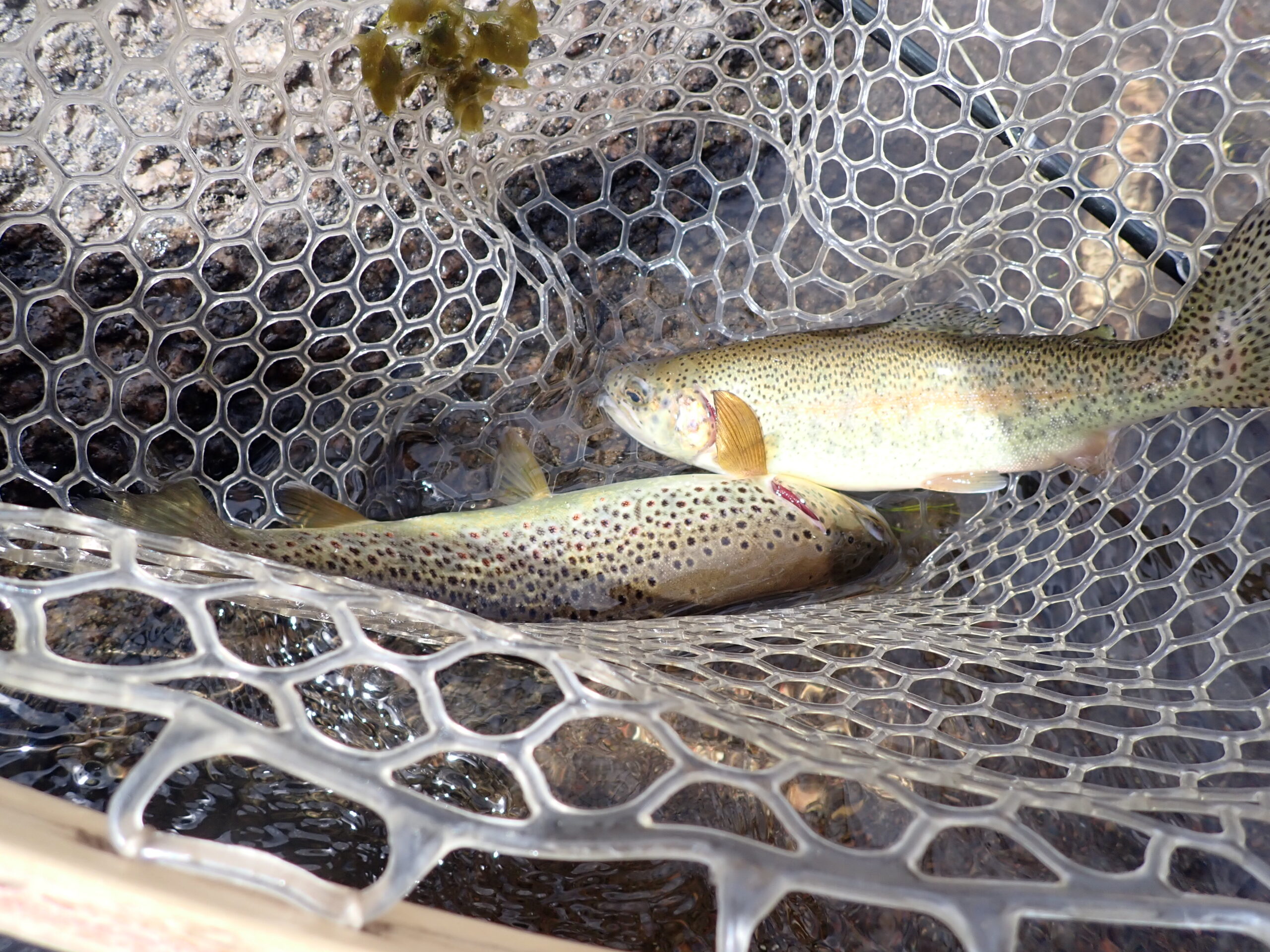 End of Day Double
End of Day Double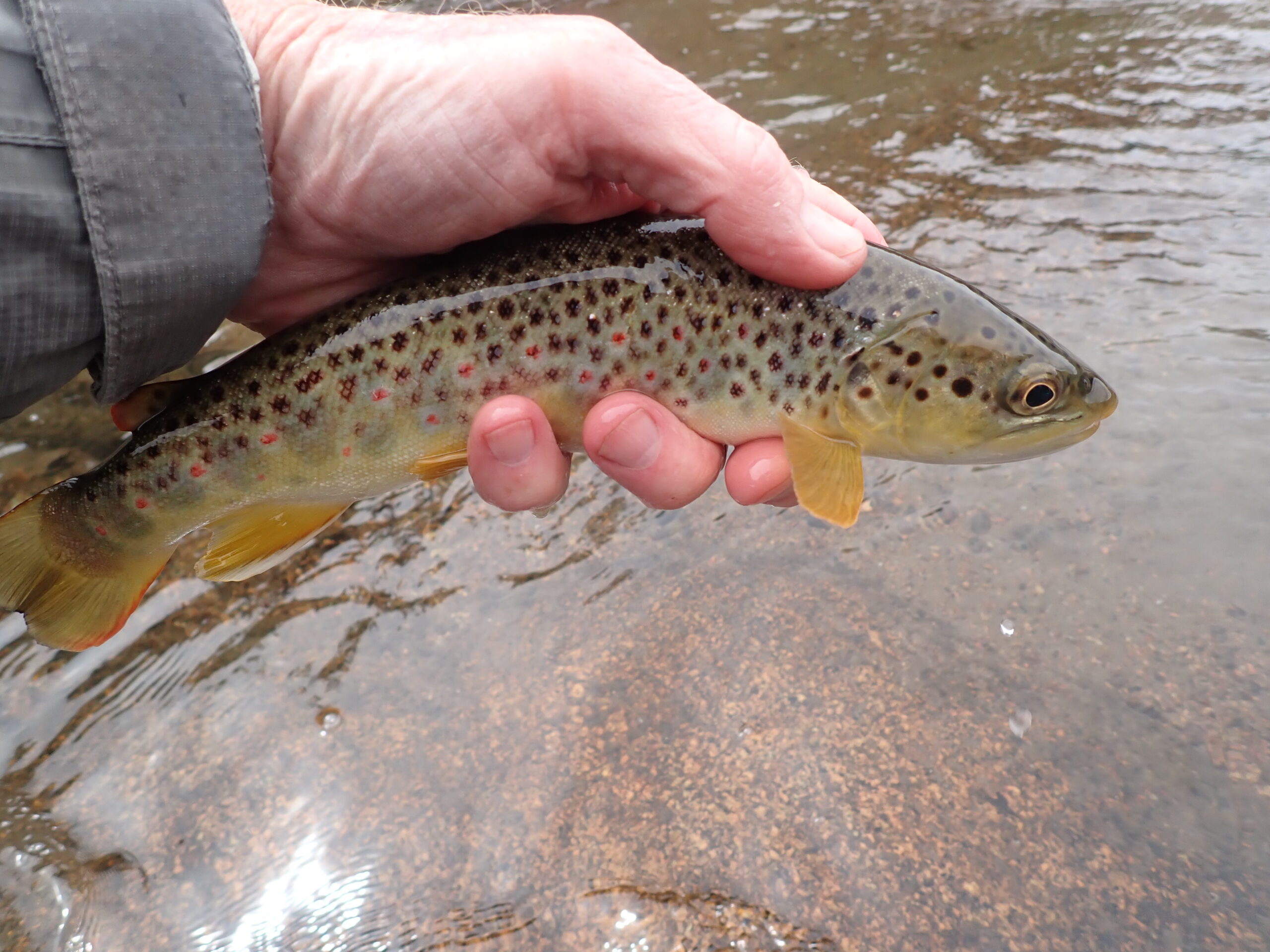 Zoomed
Zoomed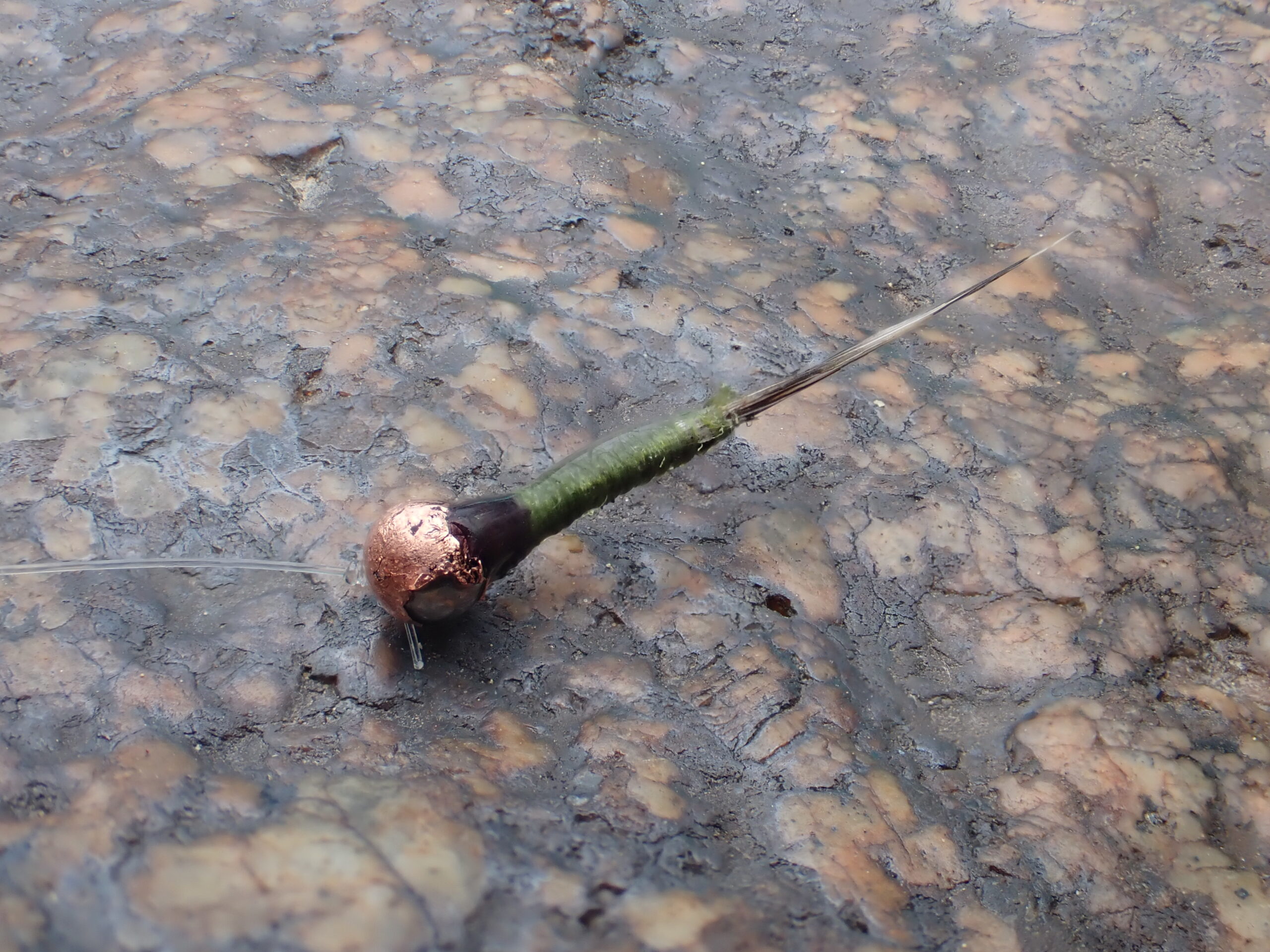 Produced
Produced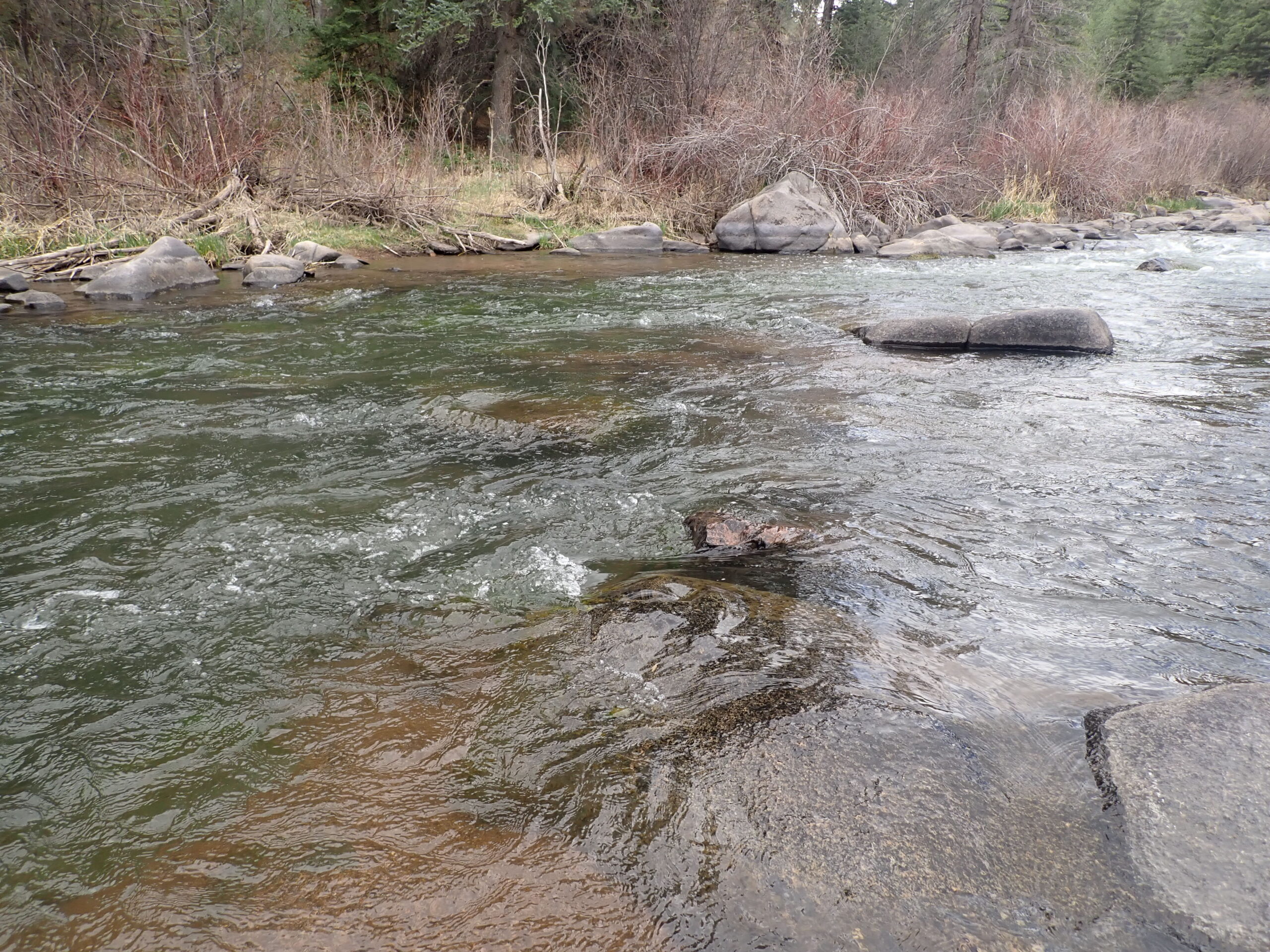 Behind the Boulder
Behind the Boulder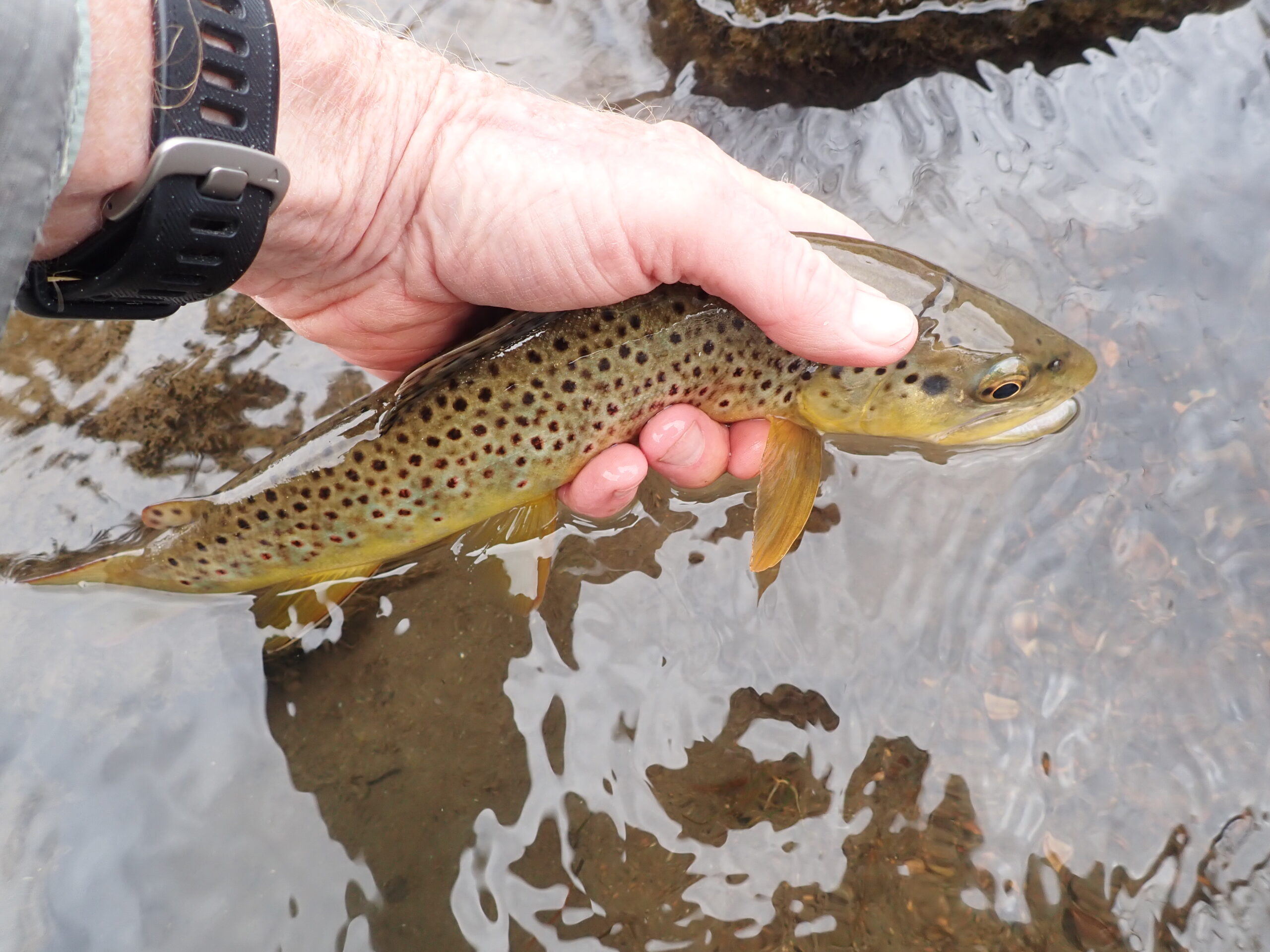 Love the Pose
Love the Pose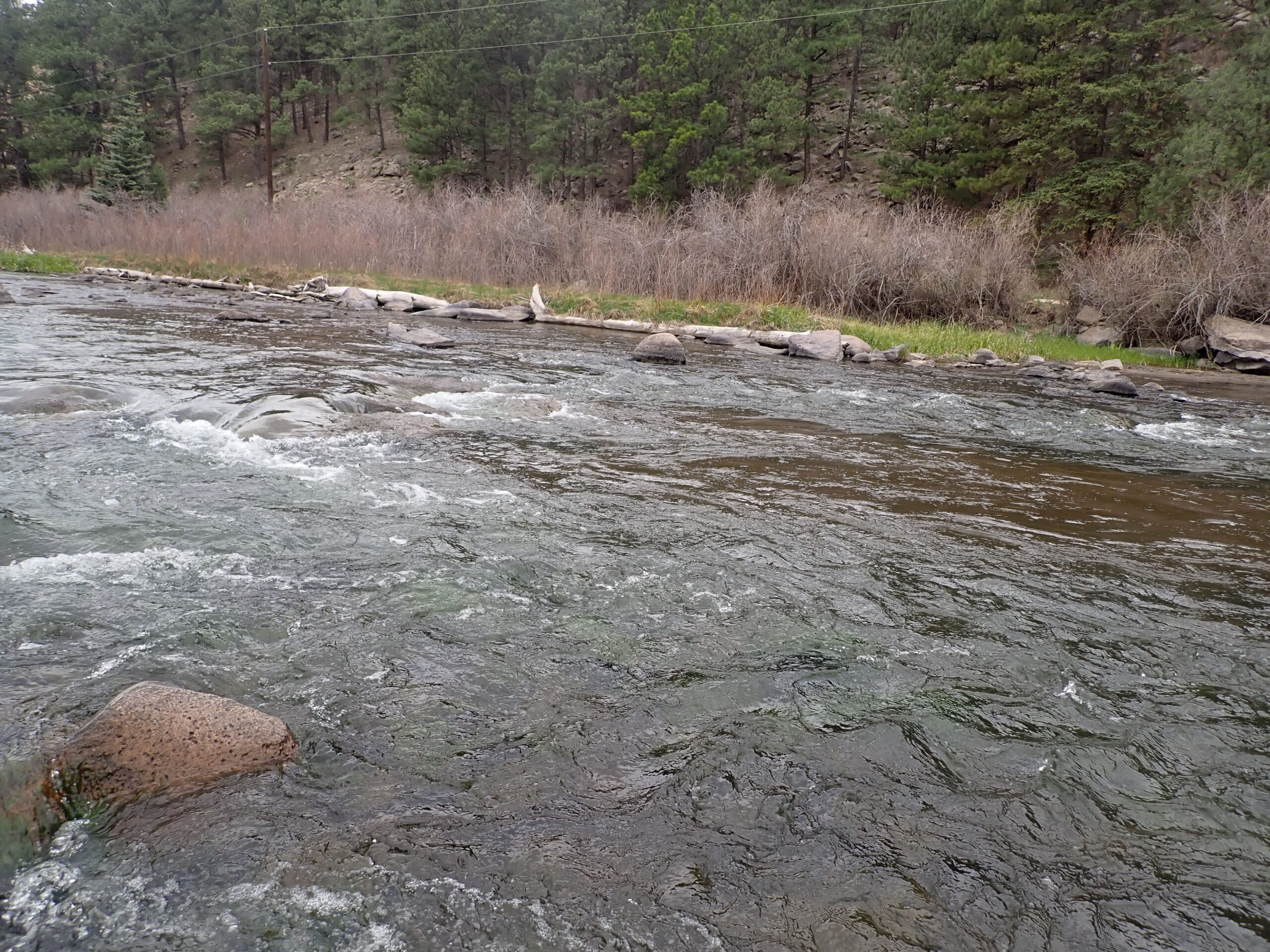 Right Side Slick
Right Side Slick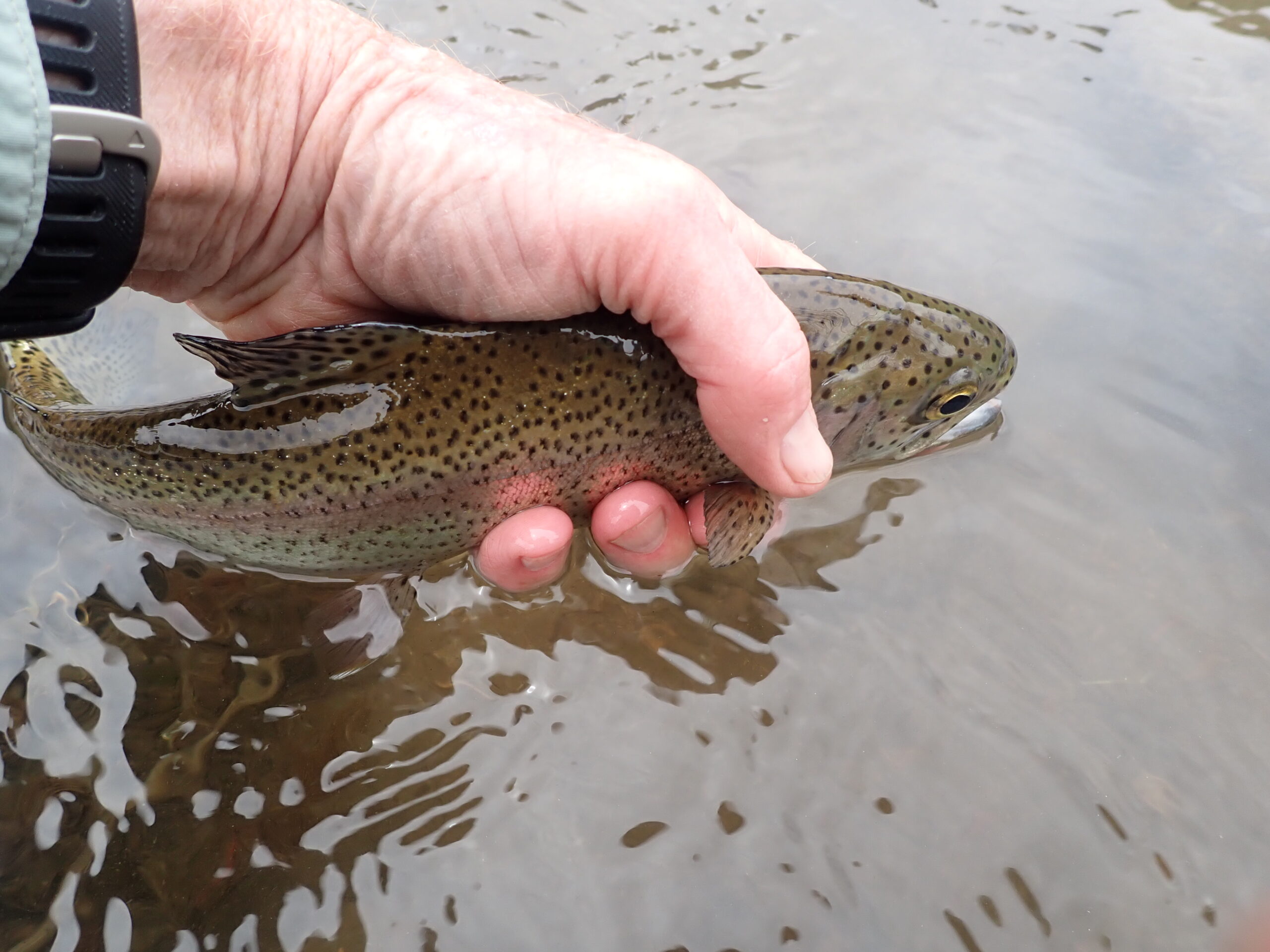 Just Before Release
Just Before Release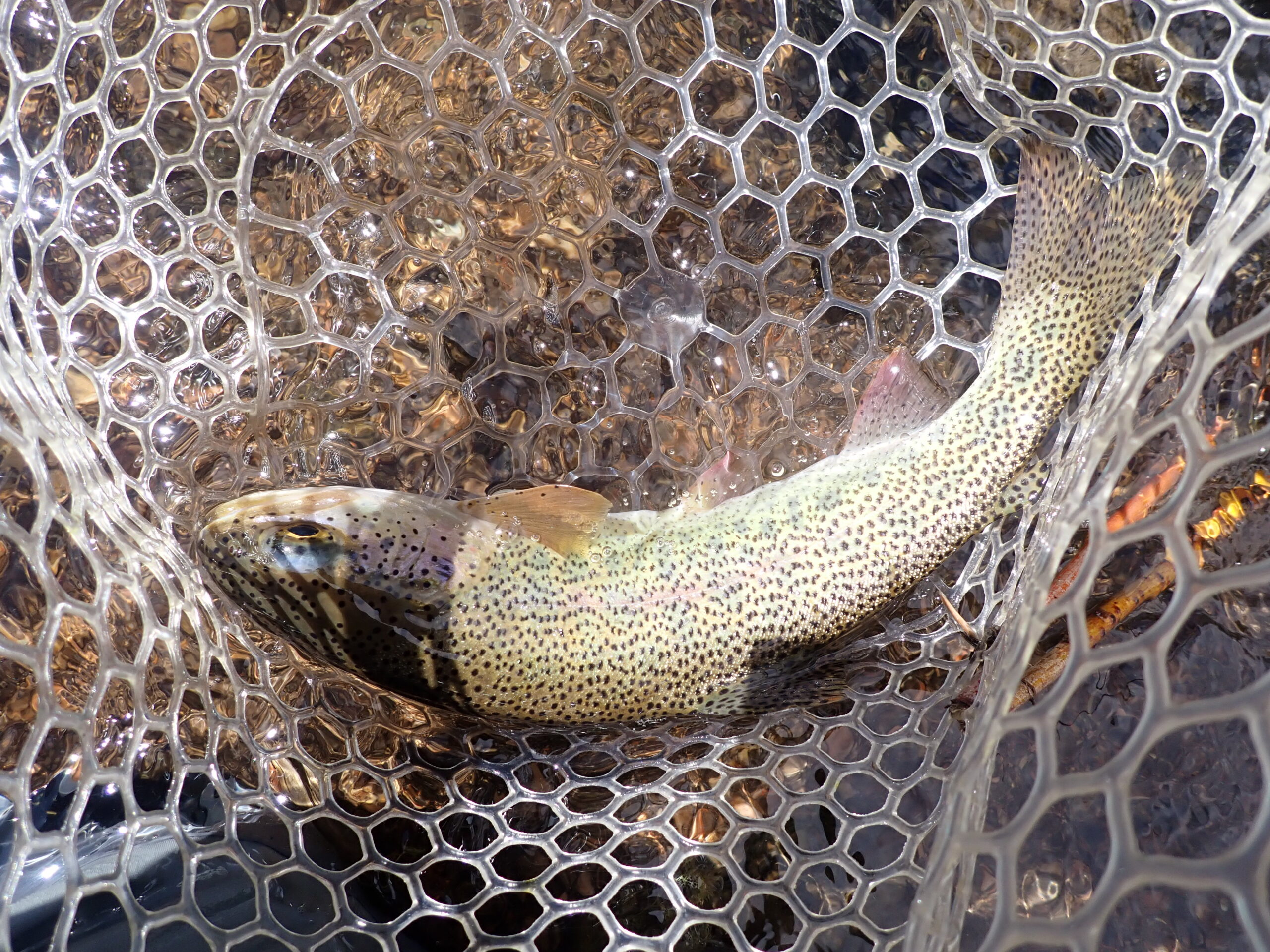 Very Respectable
Very Respectable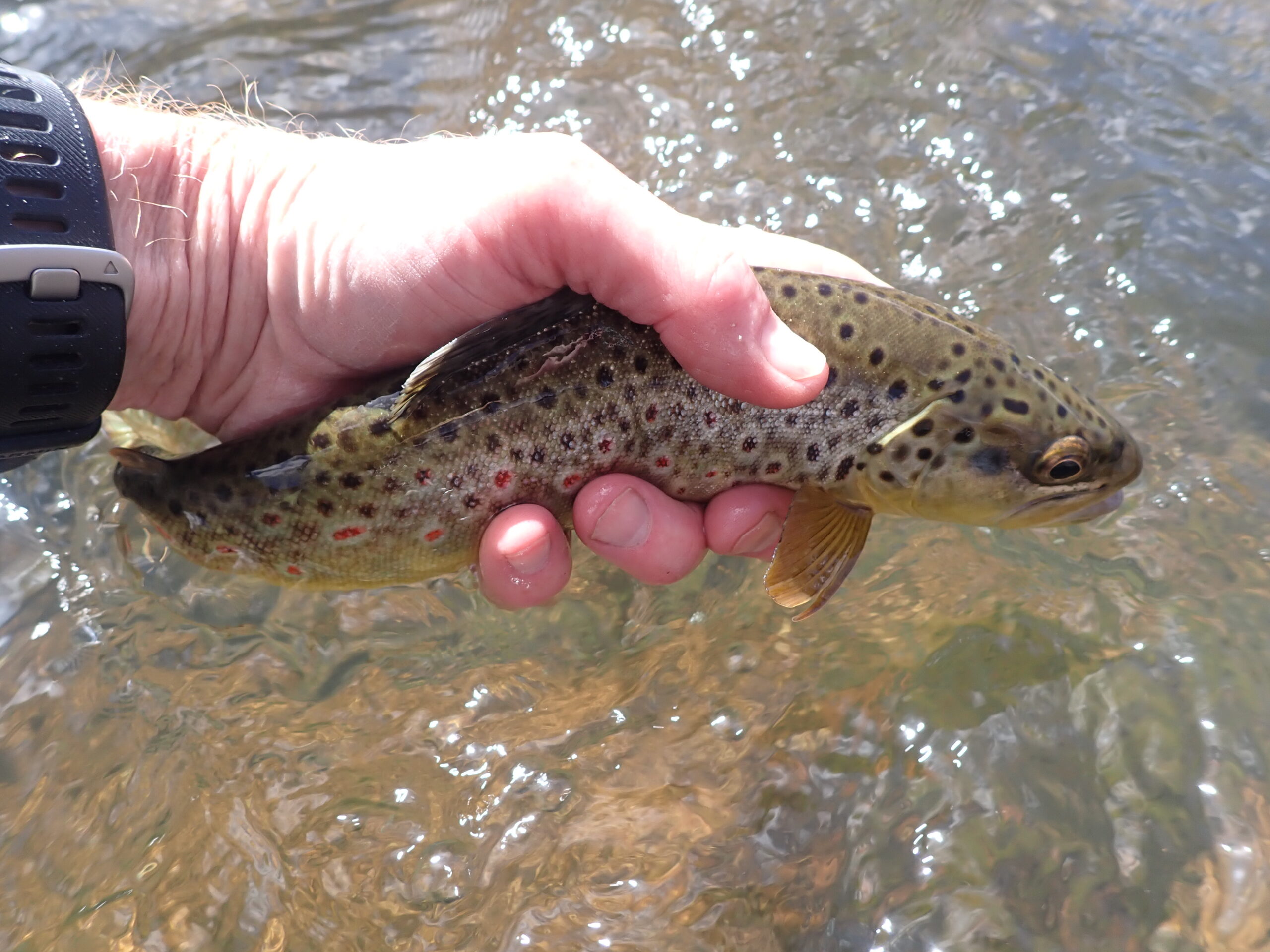 Spectacular Spots
Spectacular Spots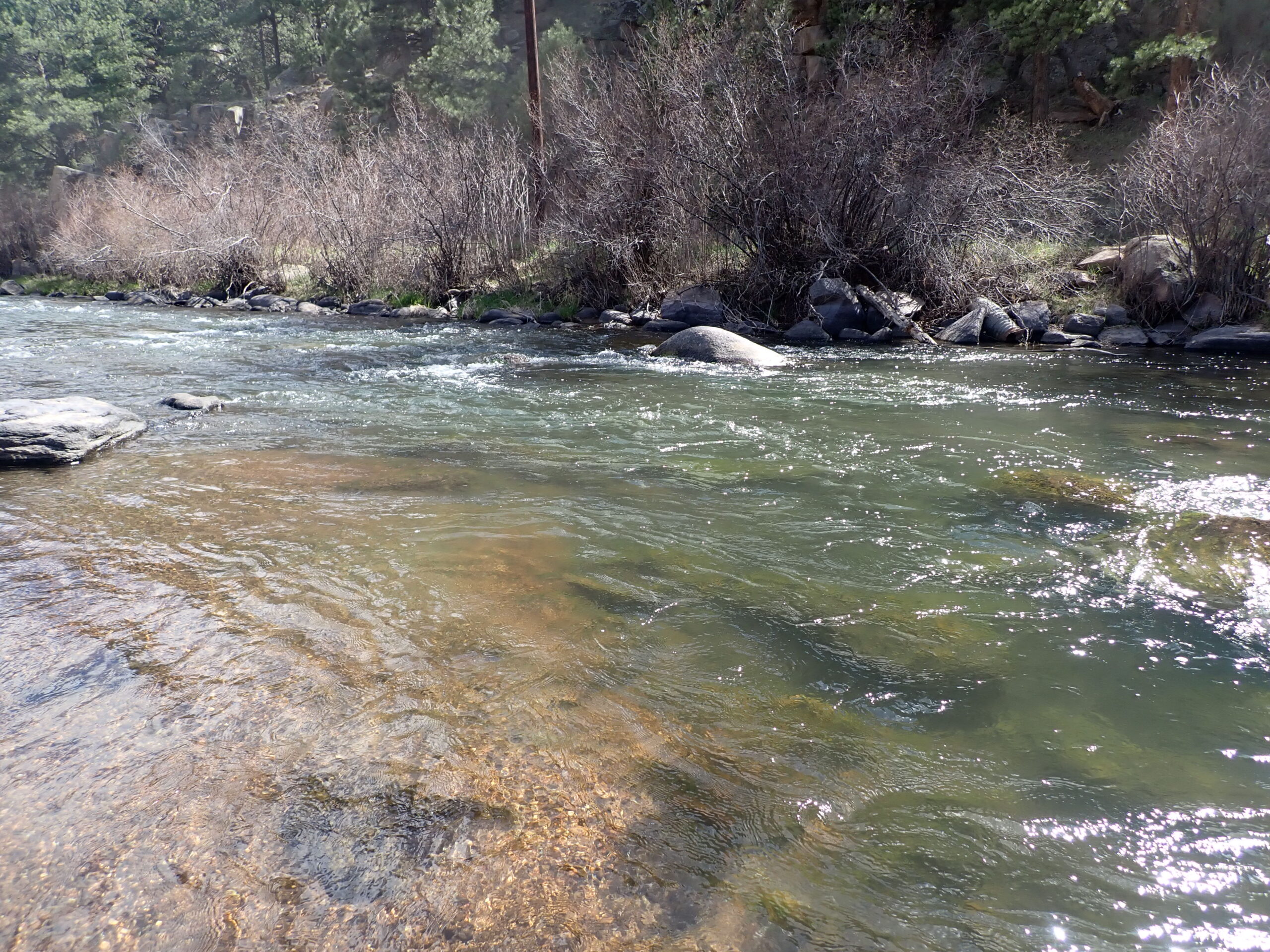 Shelf Pool
Shelf Pool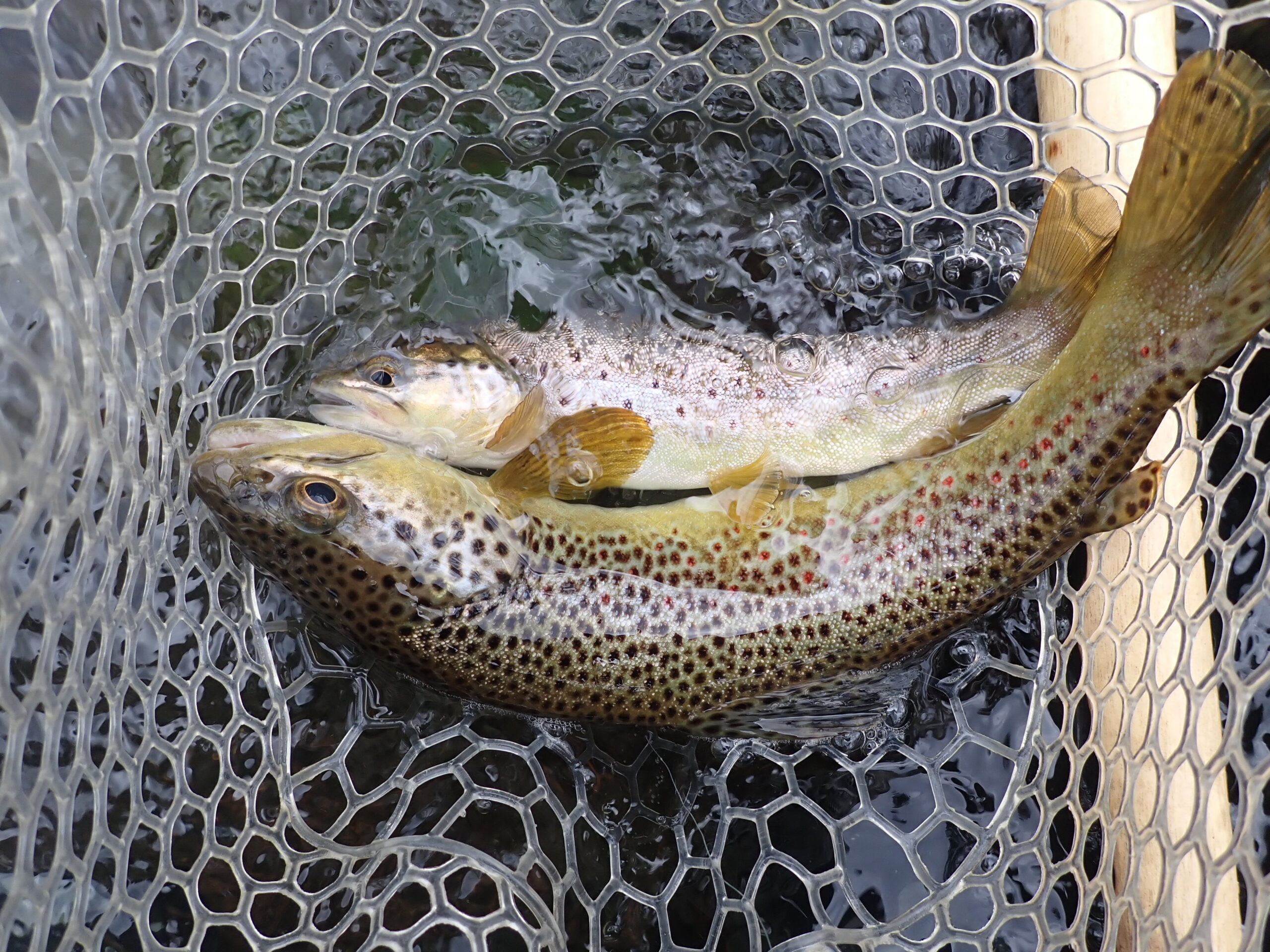 Rare Double
Rare Double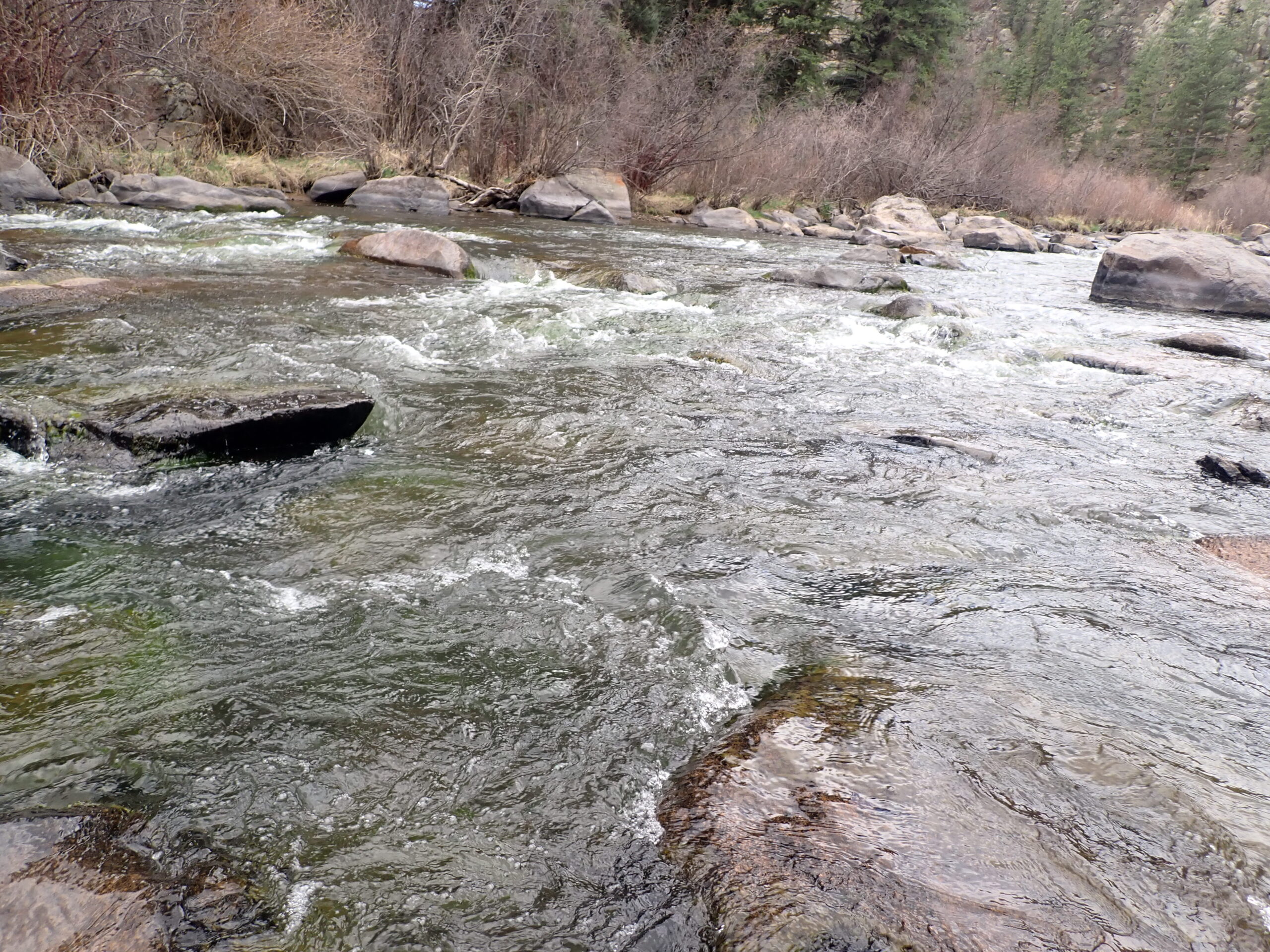 Source of Double
Source of Double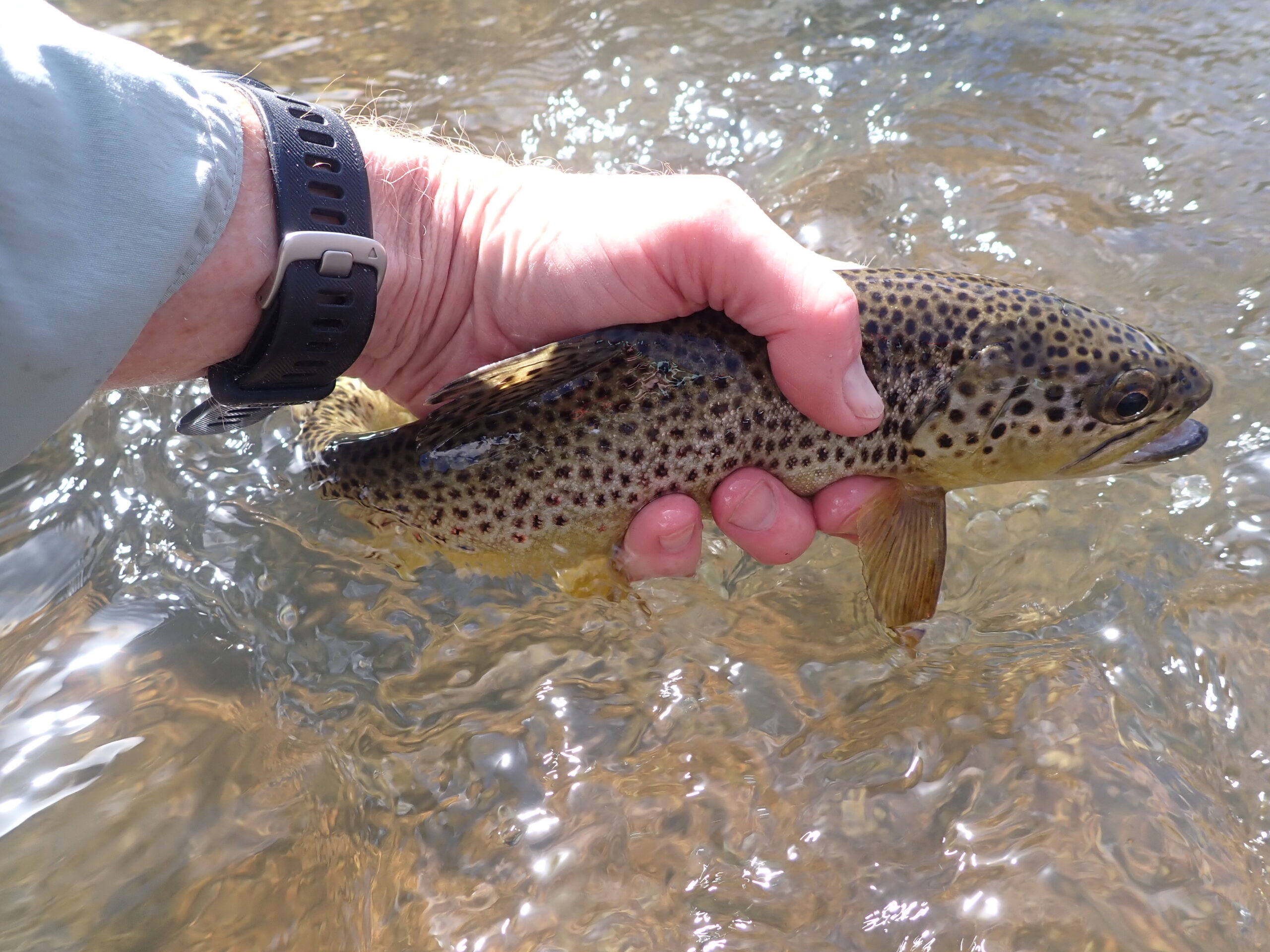 Covered in Spots
Covered in Spots Surprisingly Productive Chubby Chernobyl
Surprisingly Productive Chubby Chernobyl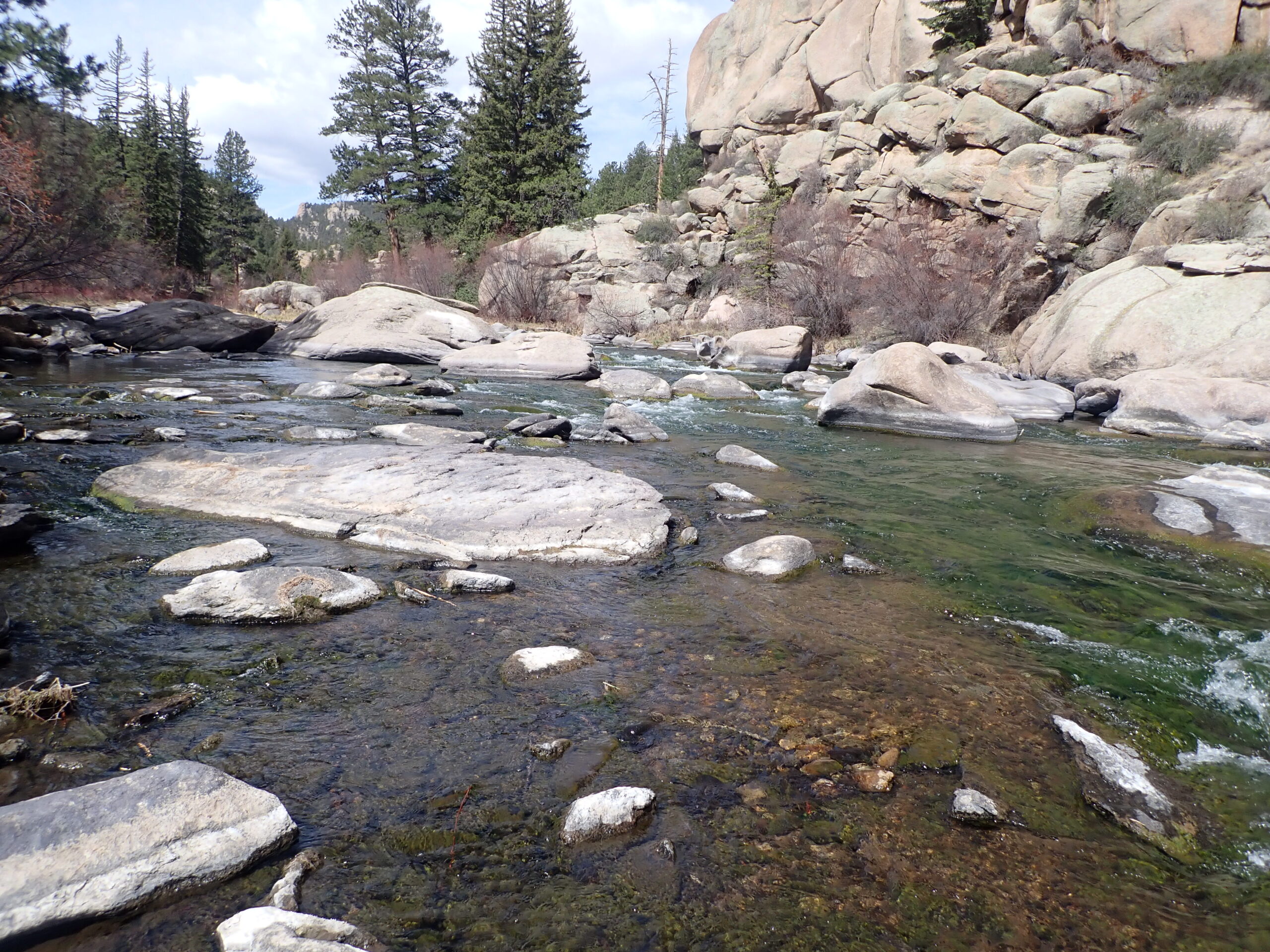 A Good Place to Start
A Good Place to Start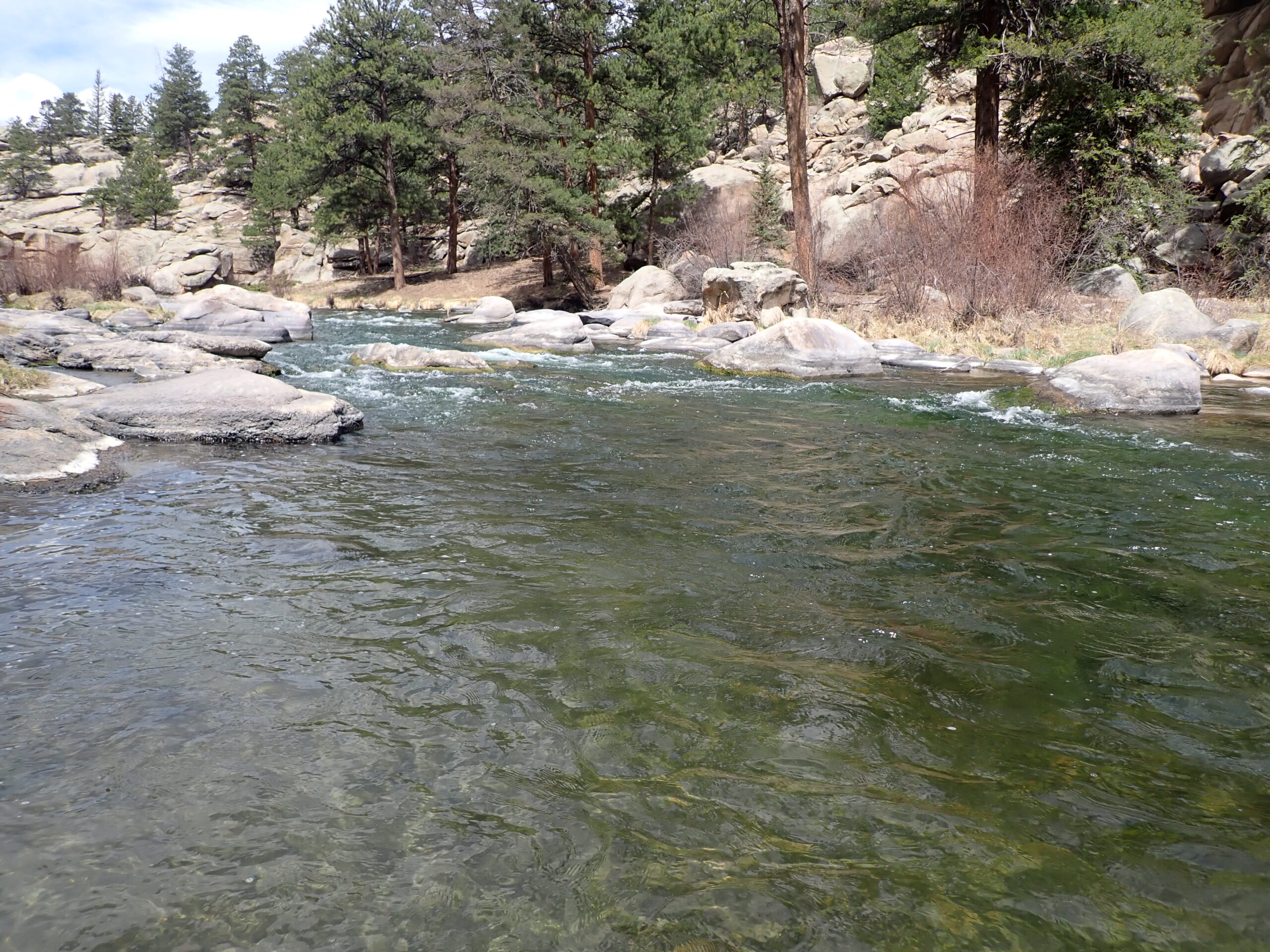 This Area Yielded Two Trout
This Area Yielded Two Trout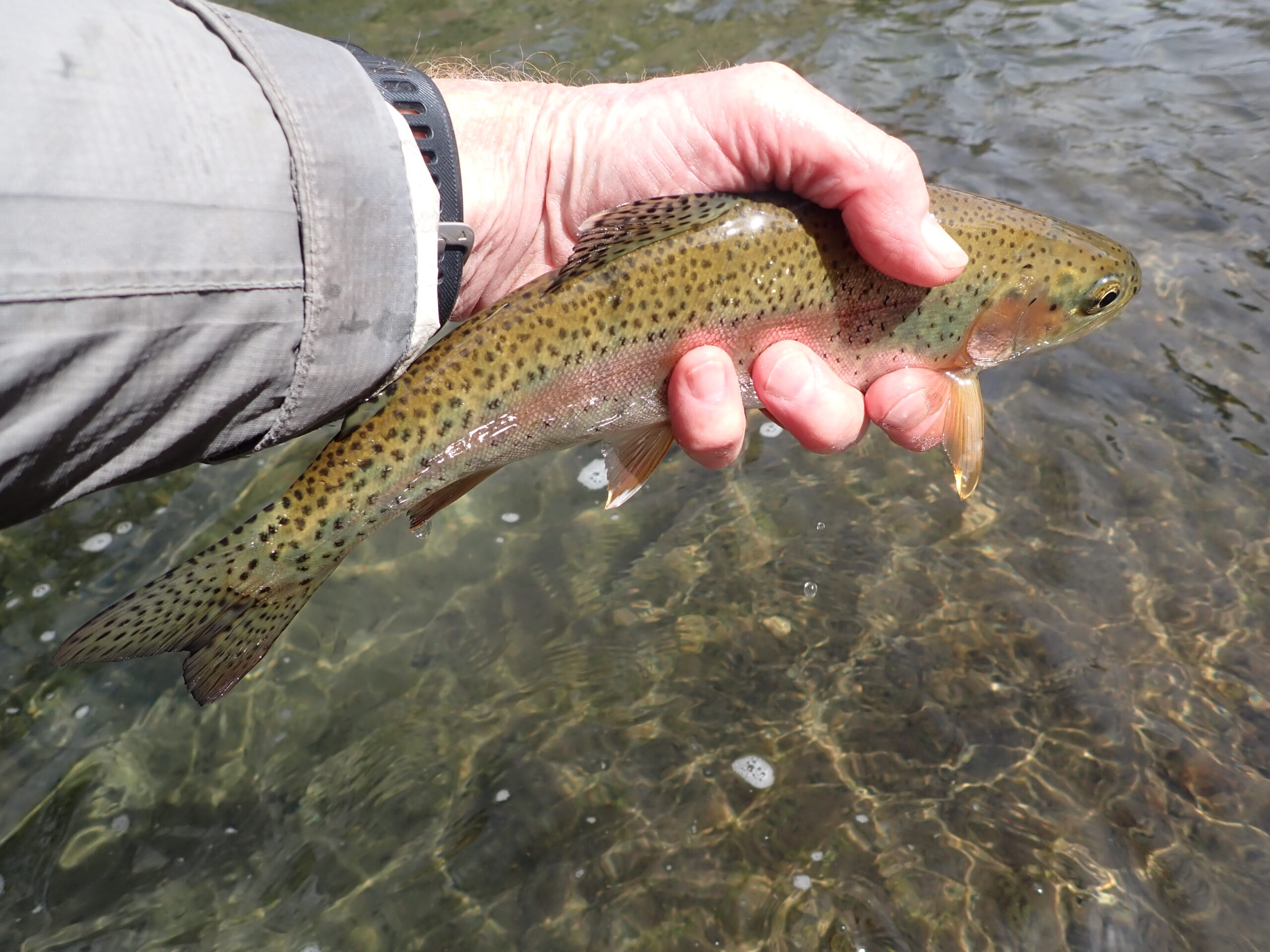 Pretty
Pretty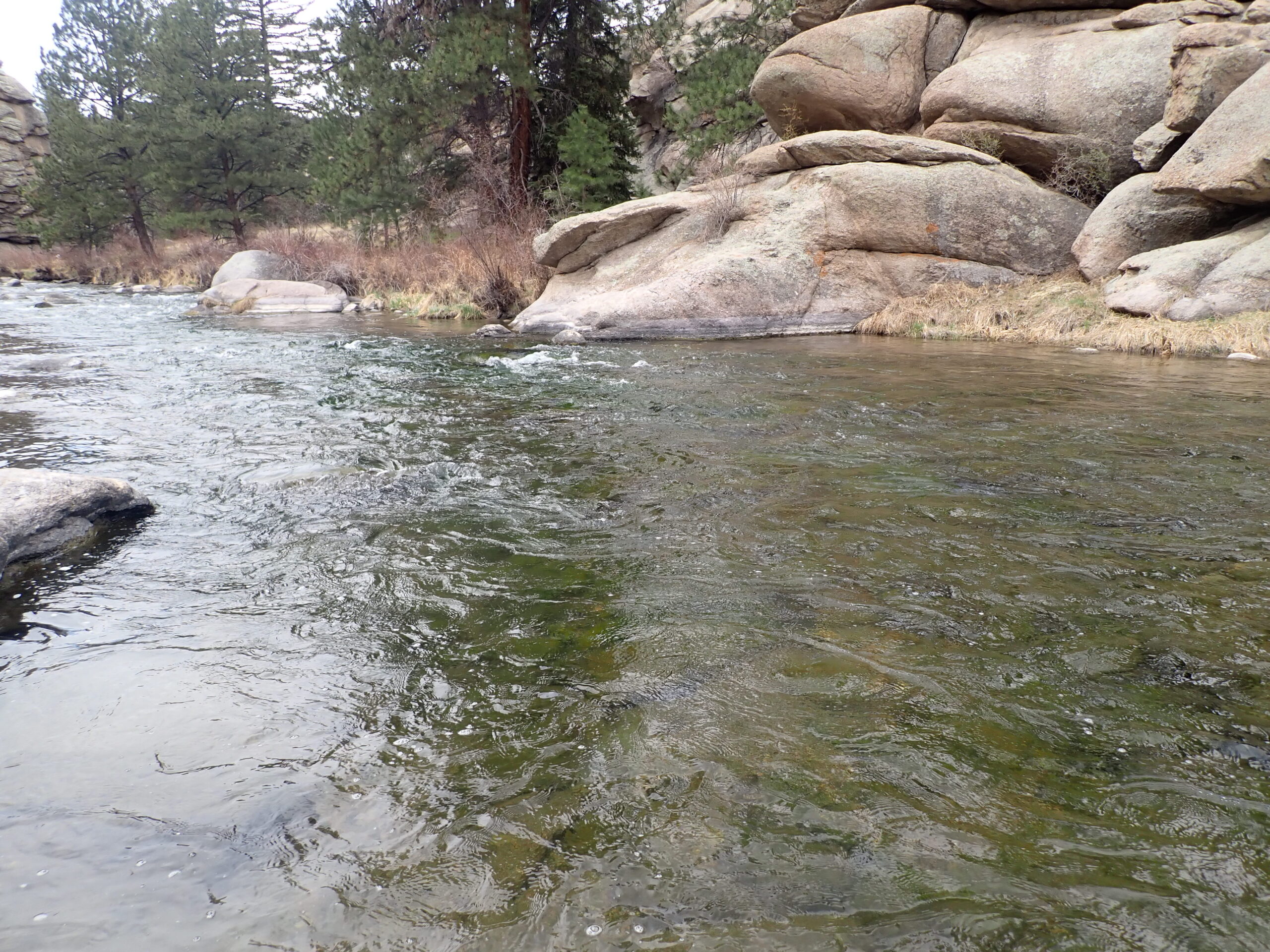 Produced the Best Fish of the Day
Produced the Best Fish of the Day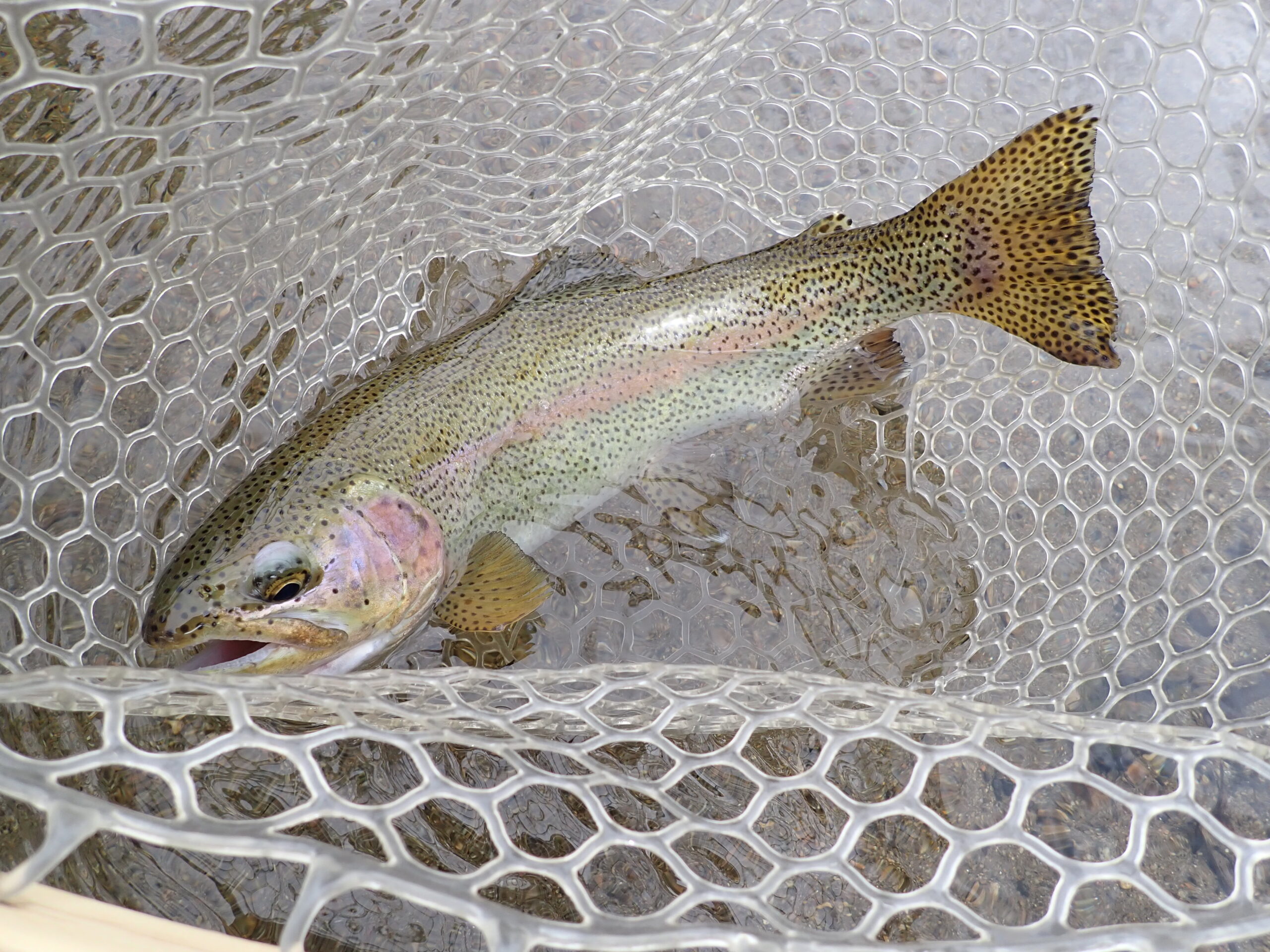 Very Pleased with This One
Very Pleased with This One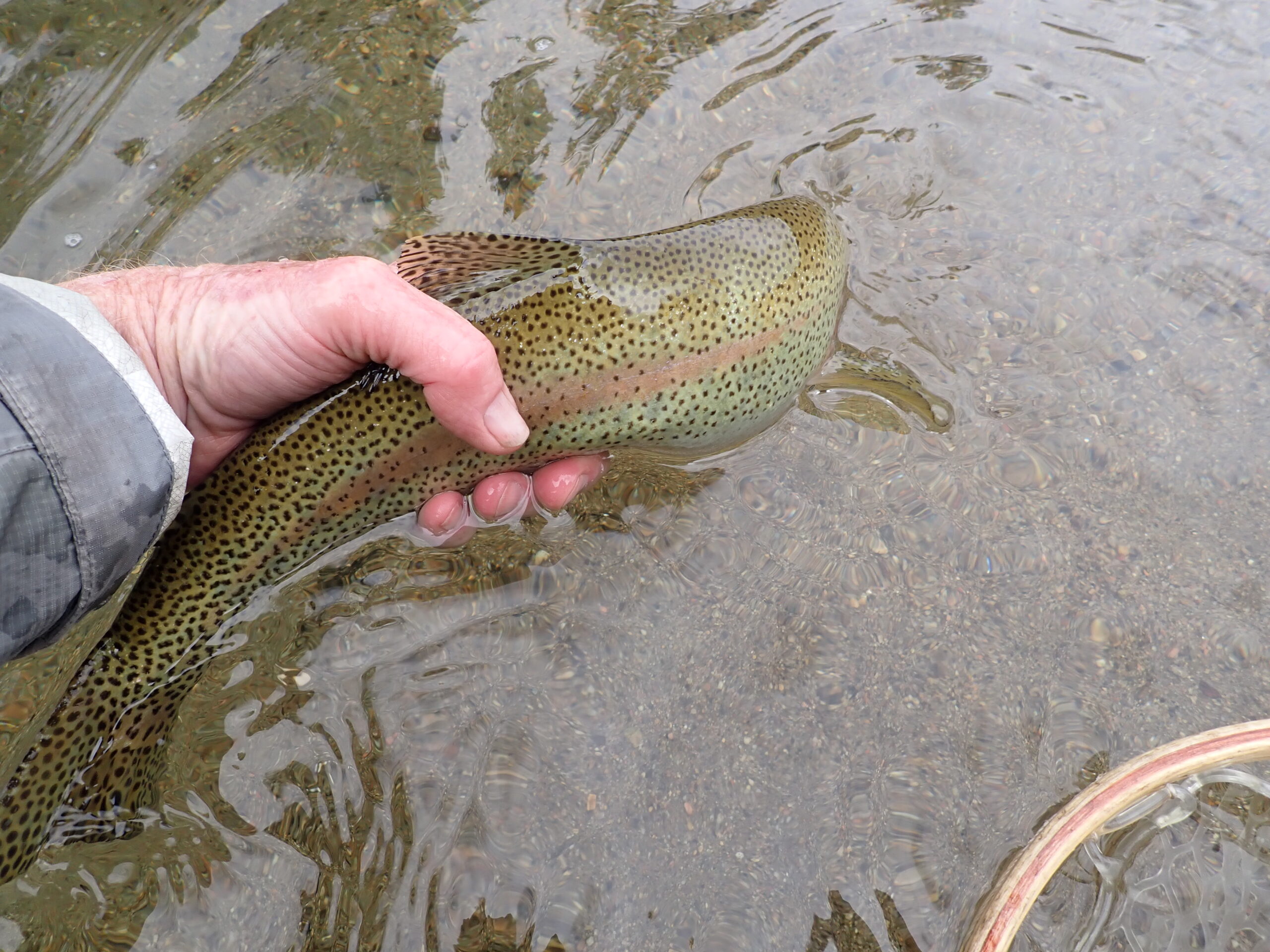 Early Release
Early Release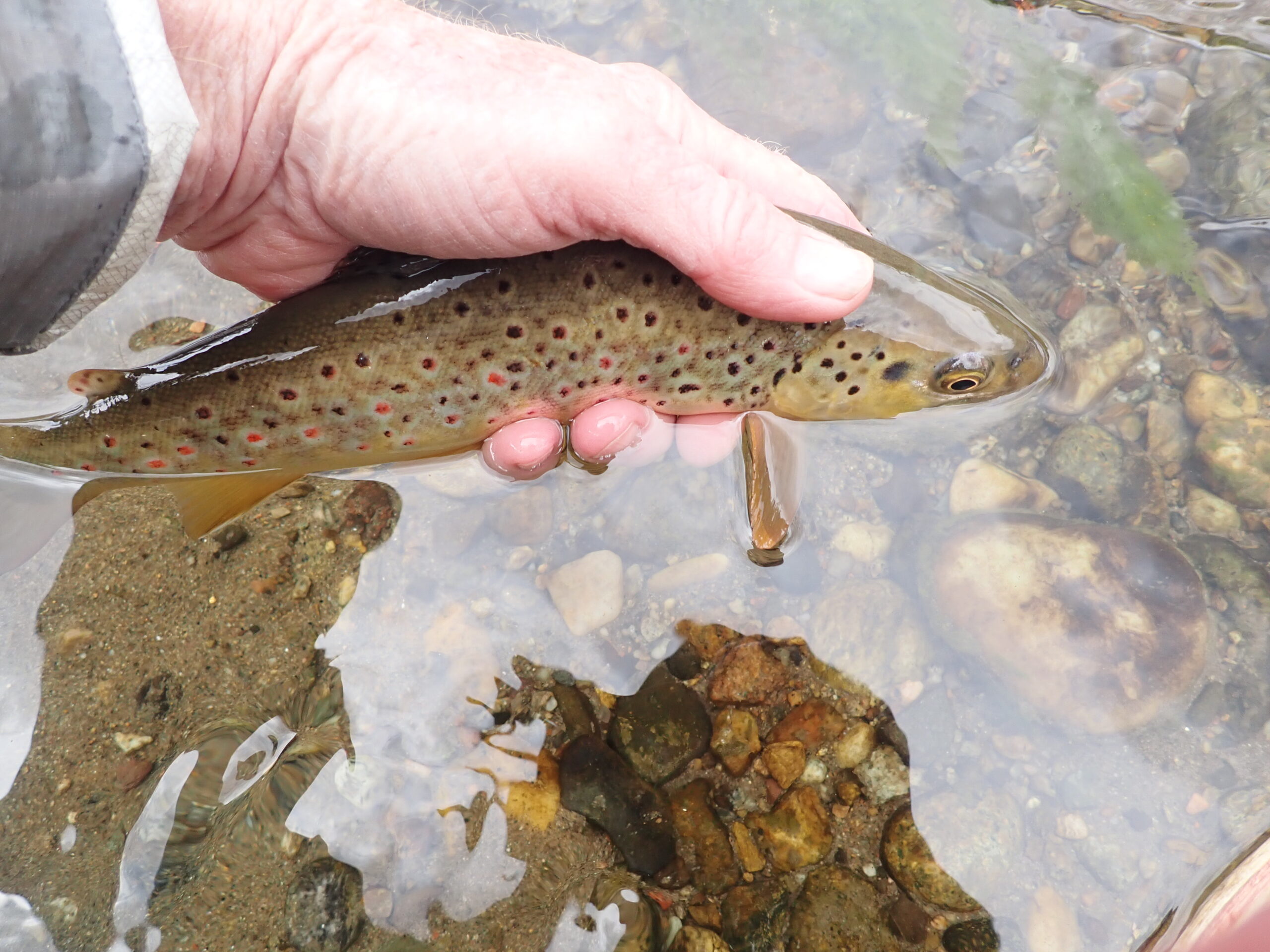 Lowered
Lowered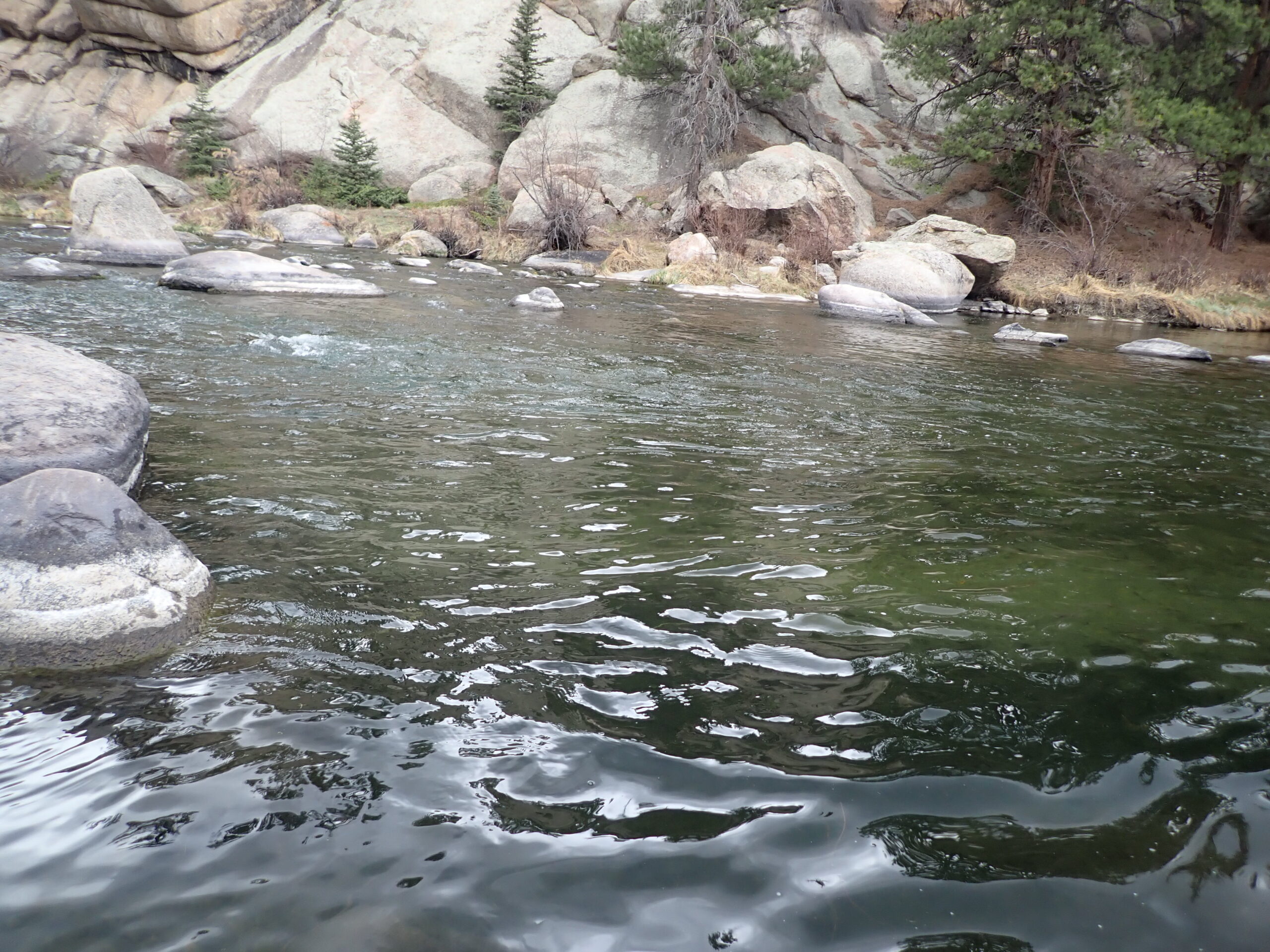 Long Run
Long Run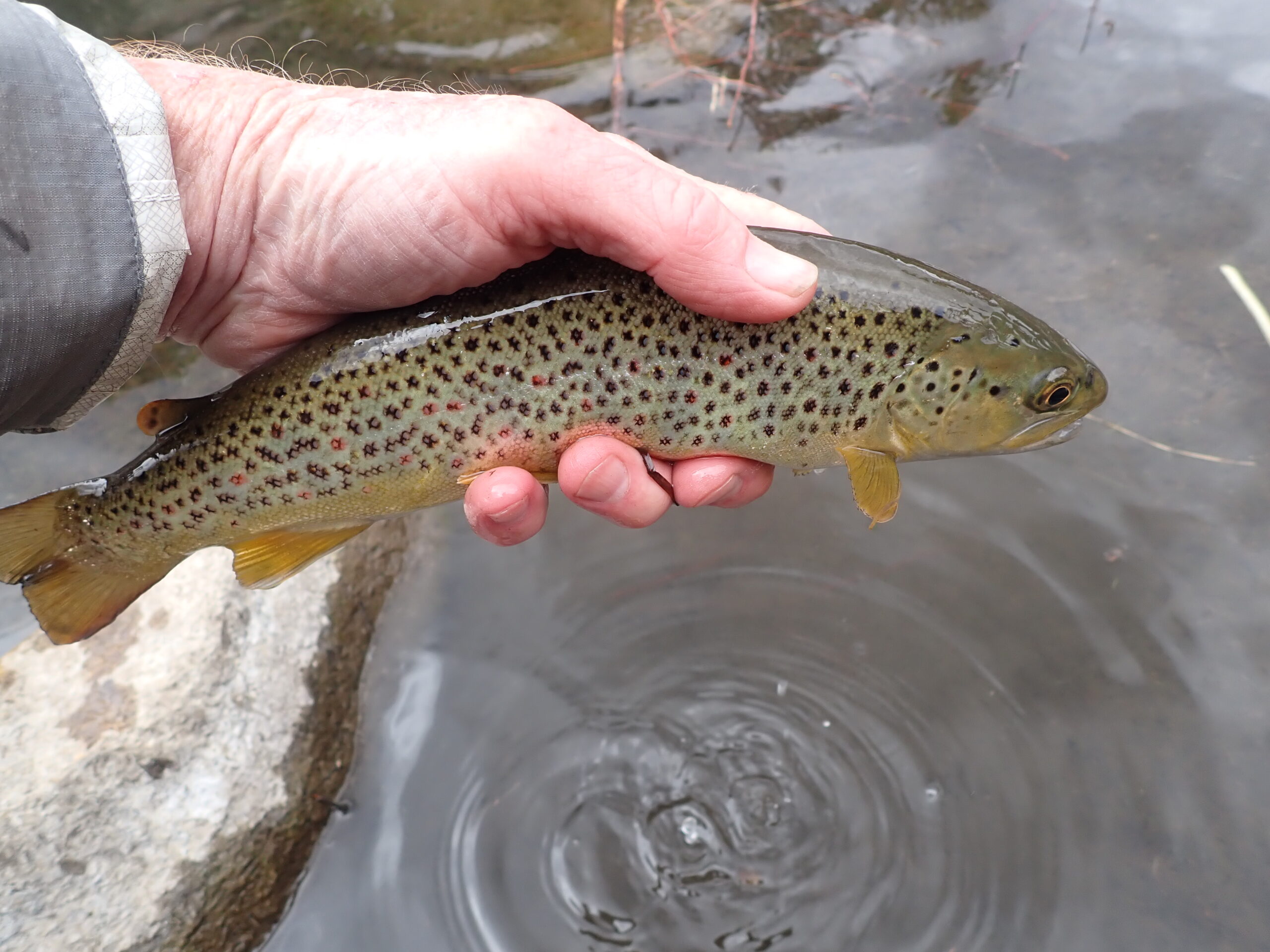 Sleek
Sleek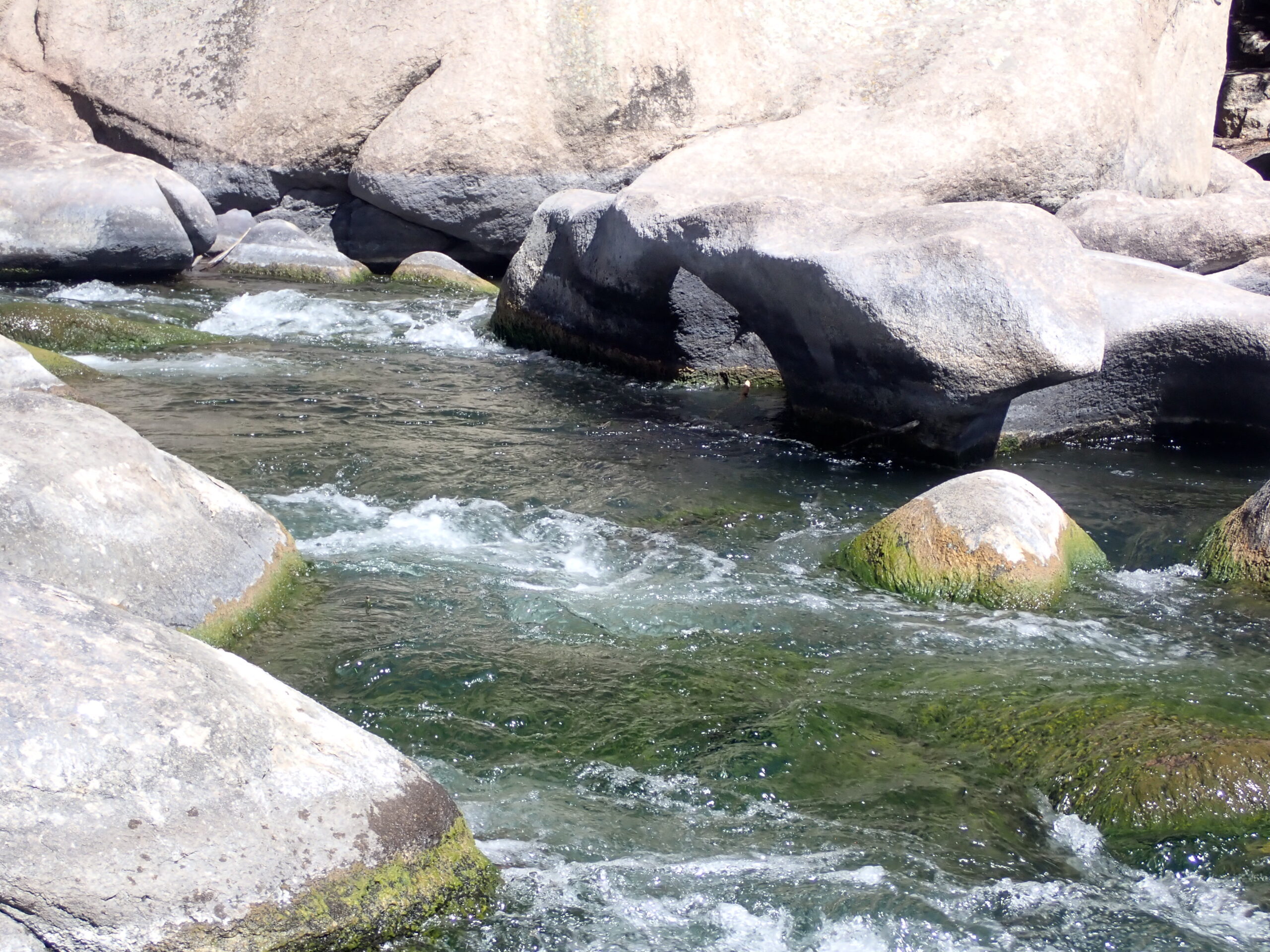 Next to the Rocks
Next to the Rocks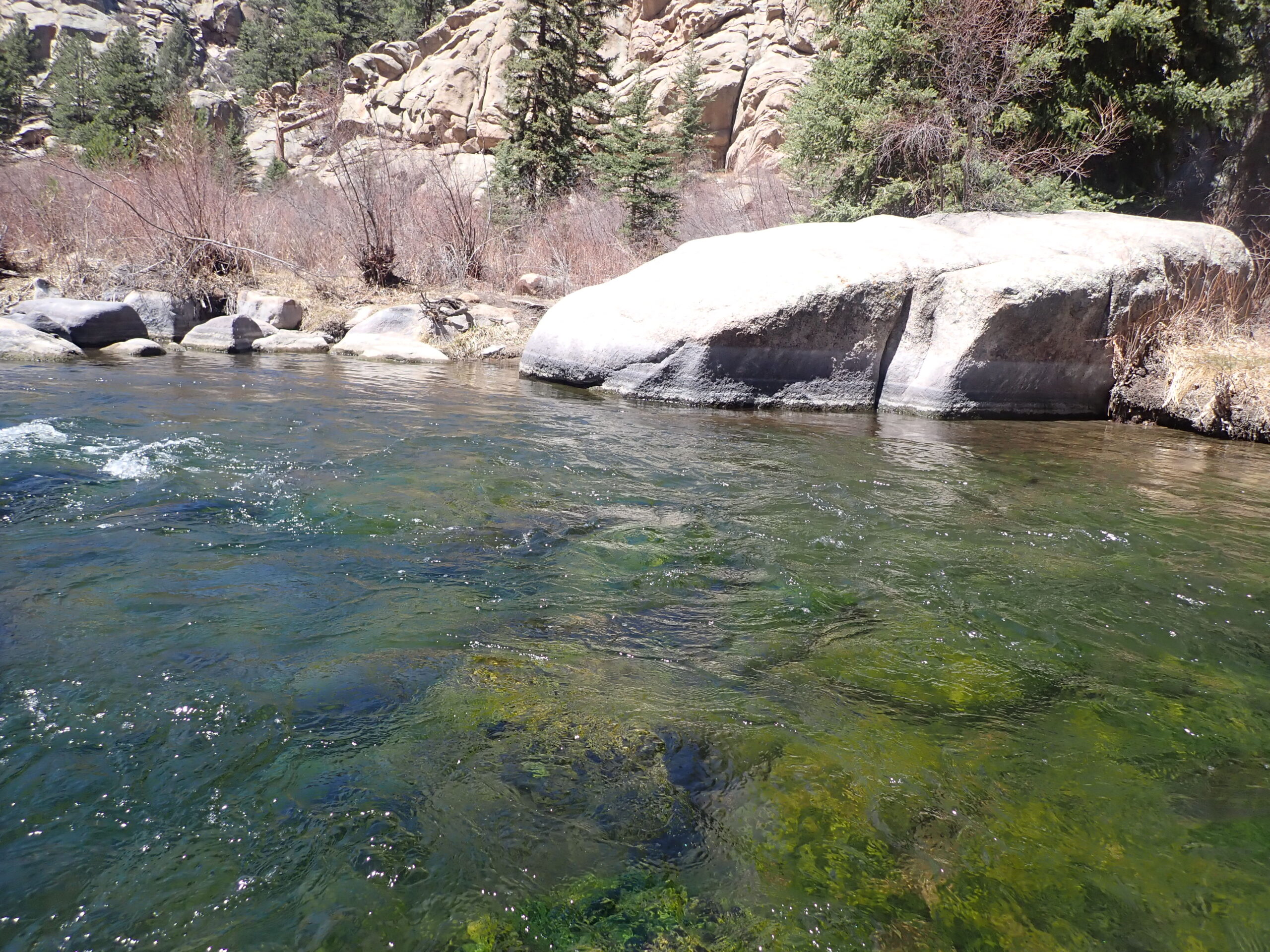 Love the Deep Water Next to the Large Rock
Love the Deep Water Next to the Large Rock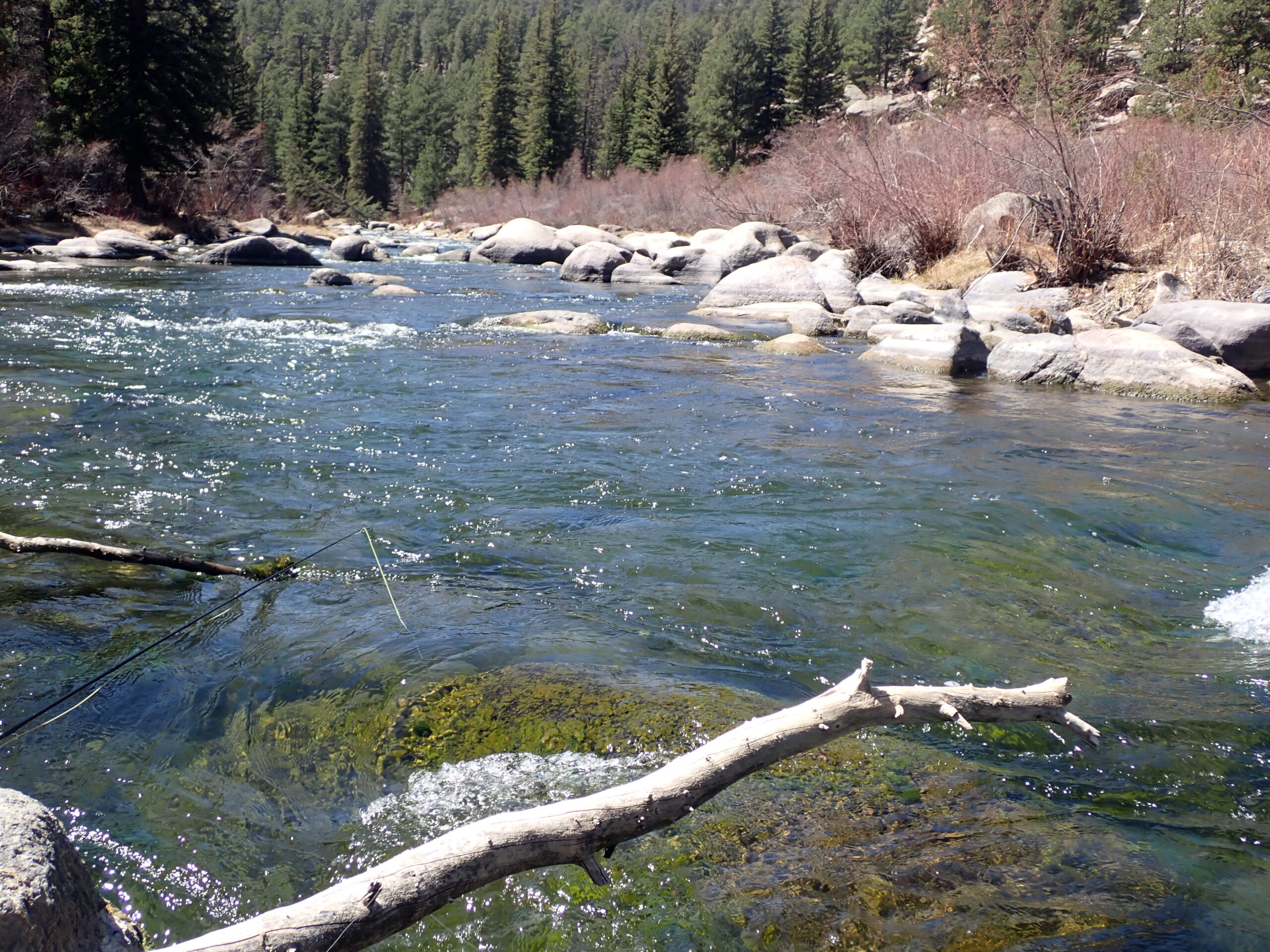 Perfect Water for My Tastes
Perfect Water for My Tastes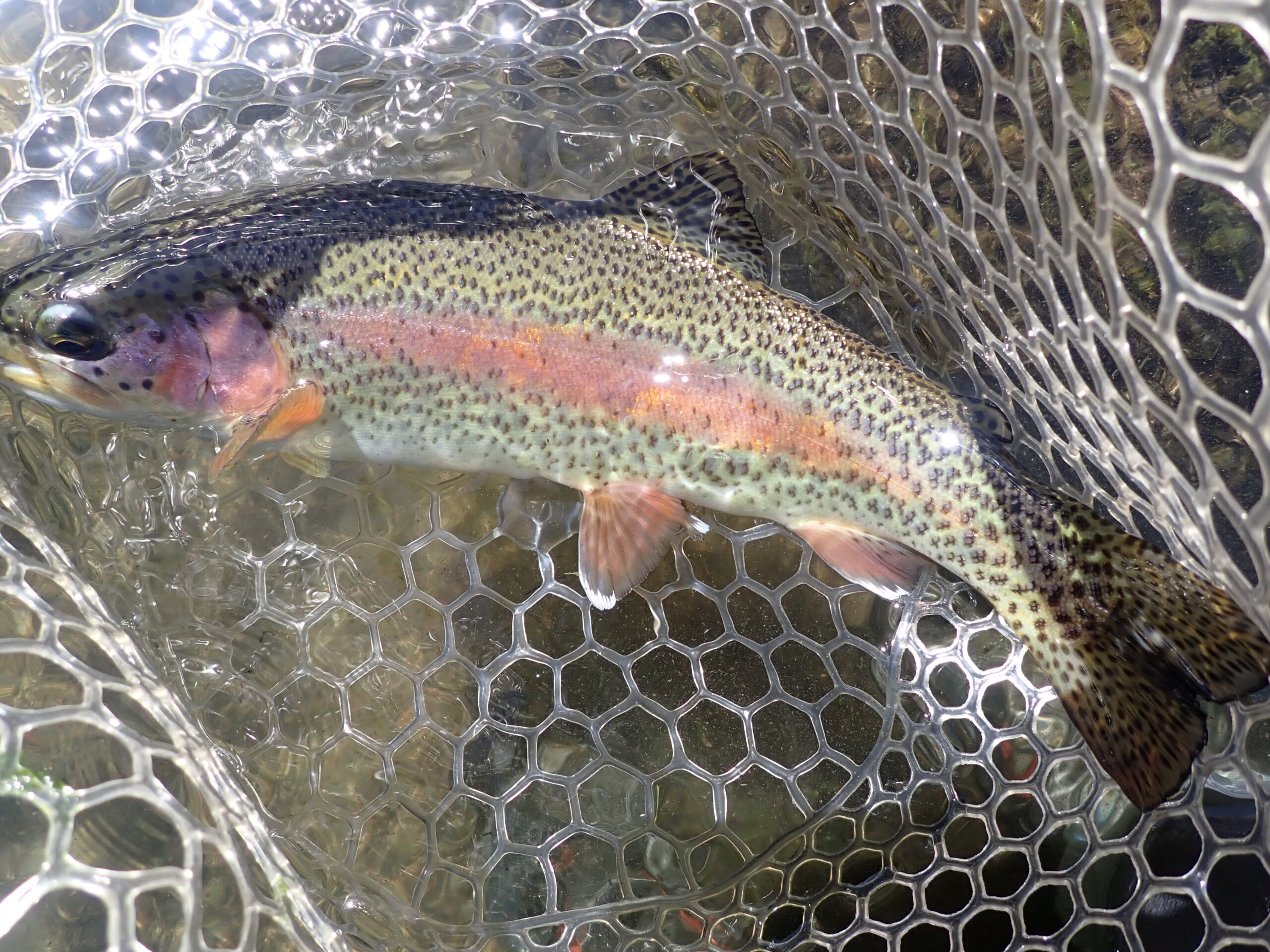 Melon Color
Melon Color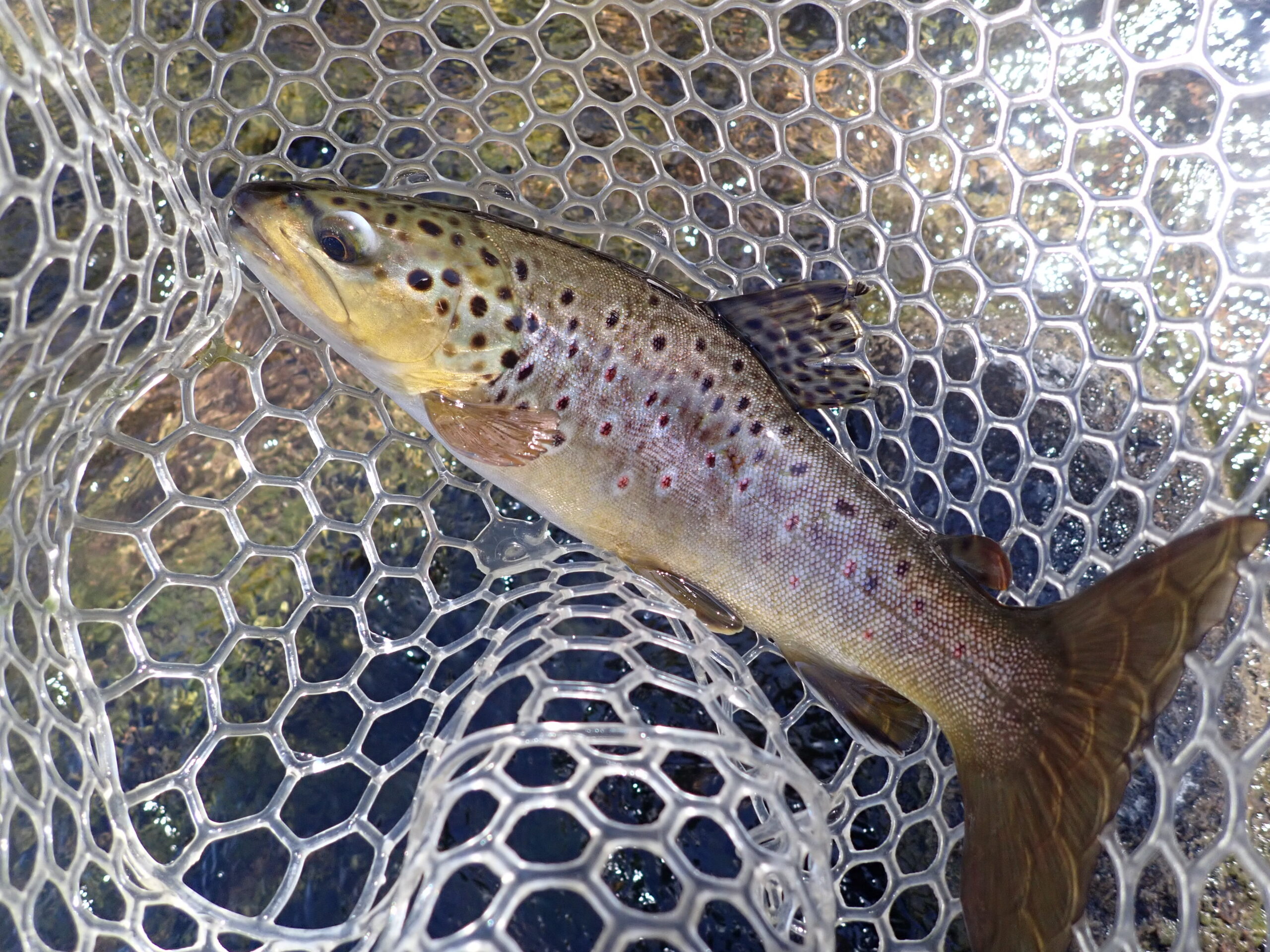 Humpback Brown
Humpback Brown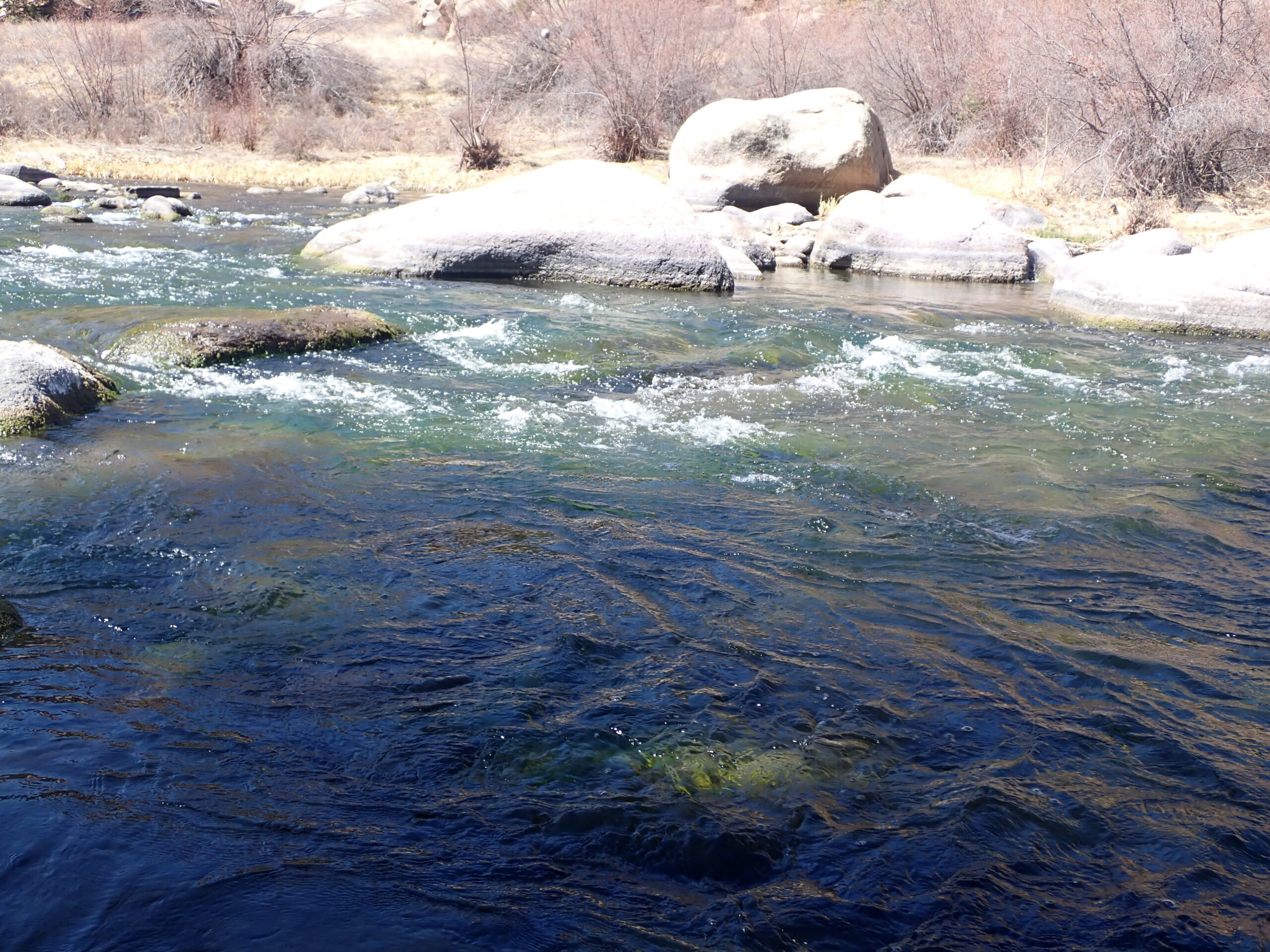 Seam Produced
Seam Produced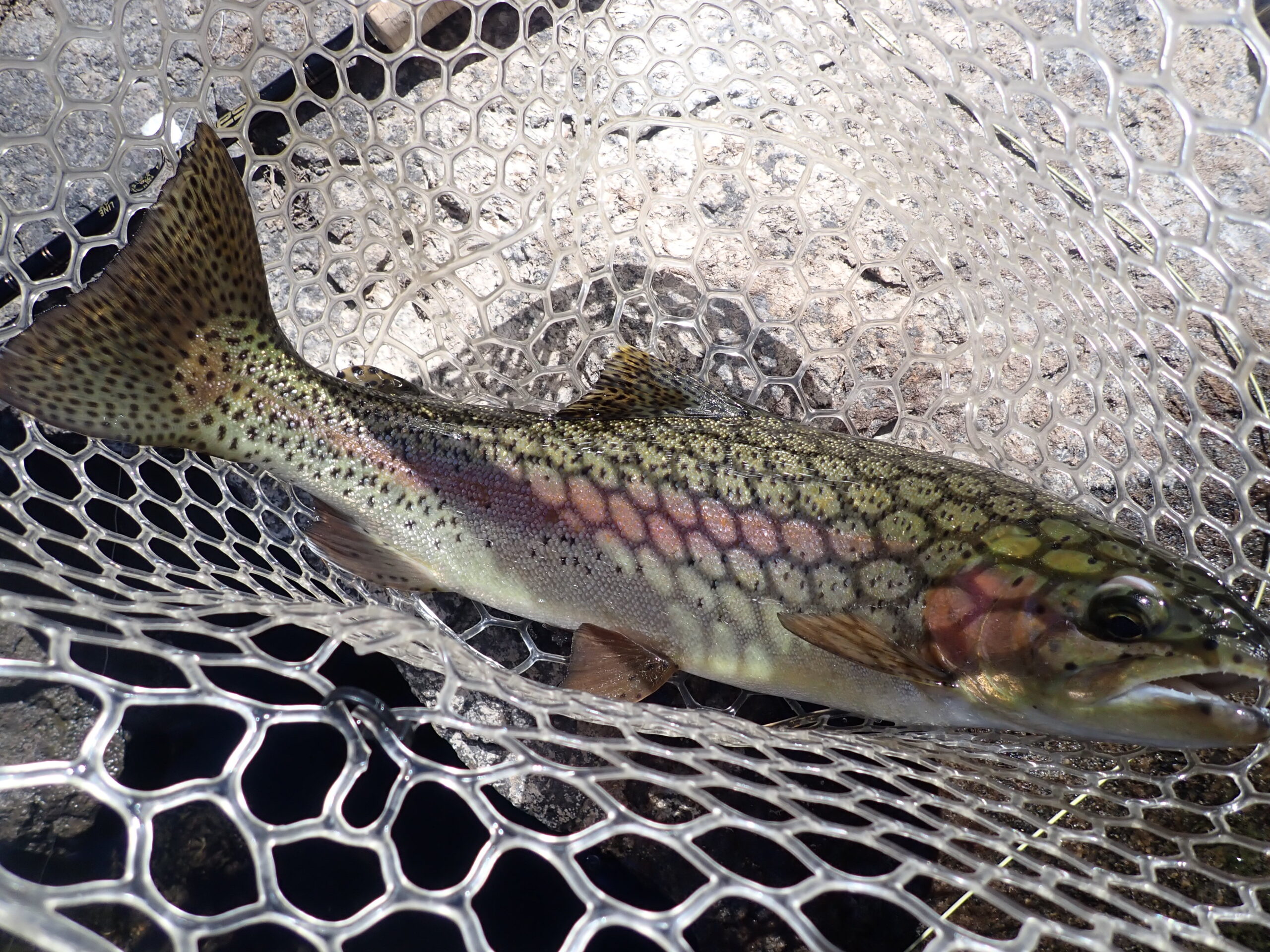 Number 19, Best of the Day
Number 19, Best of the Day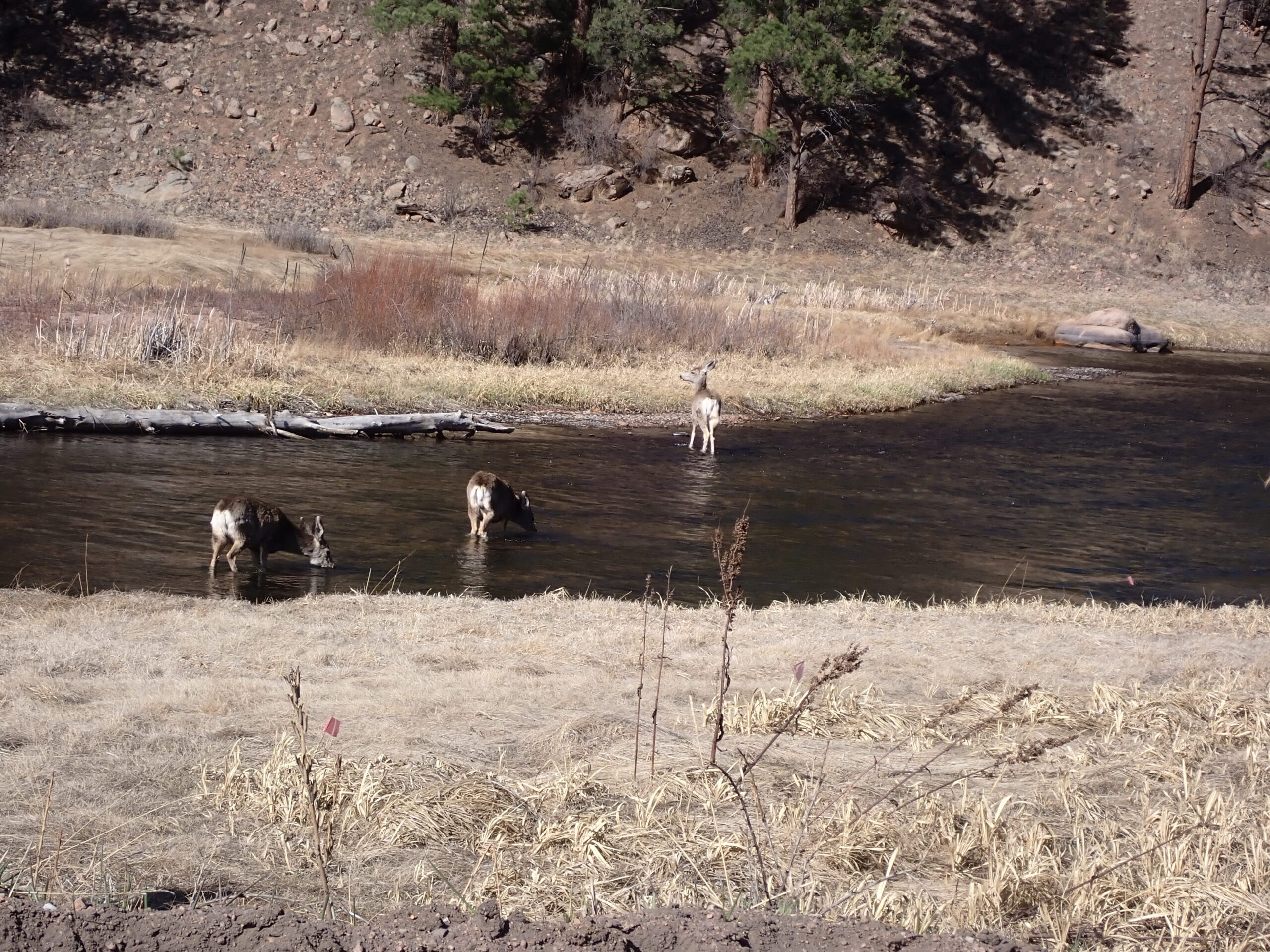 Angling Competitors
Angling Competitors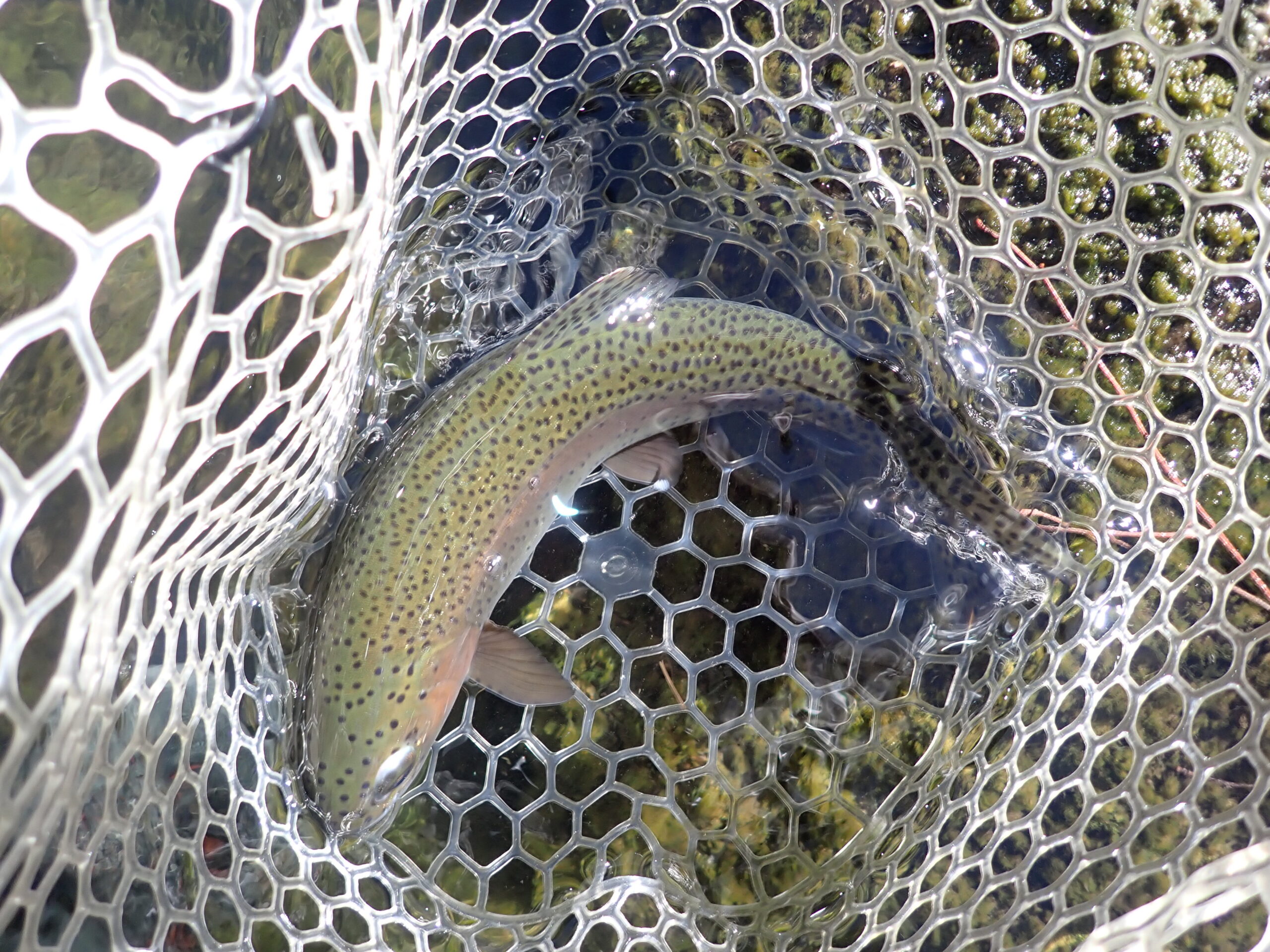 Good Start
Good Start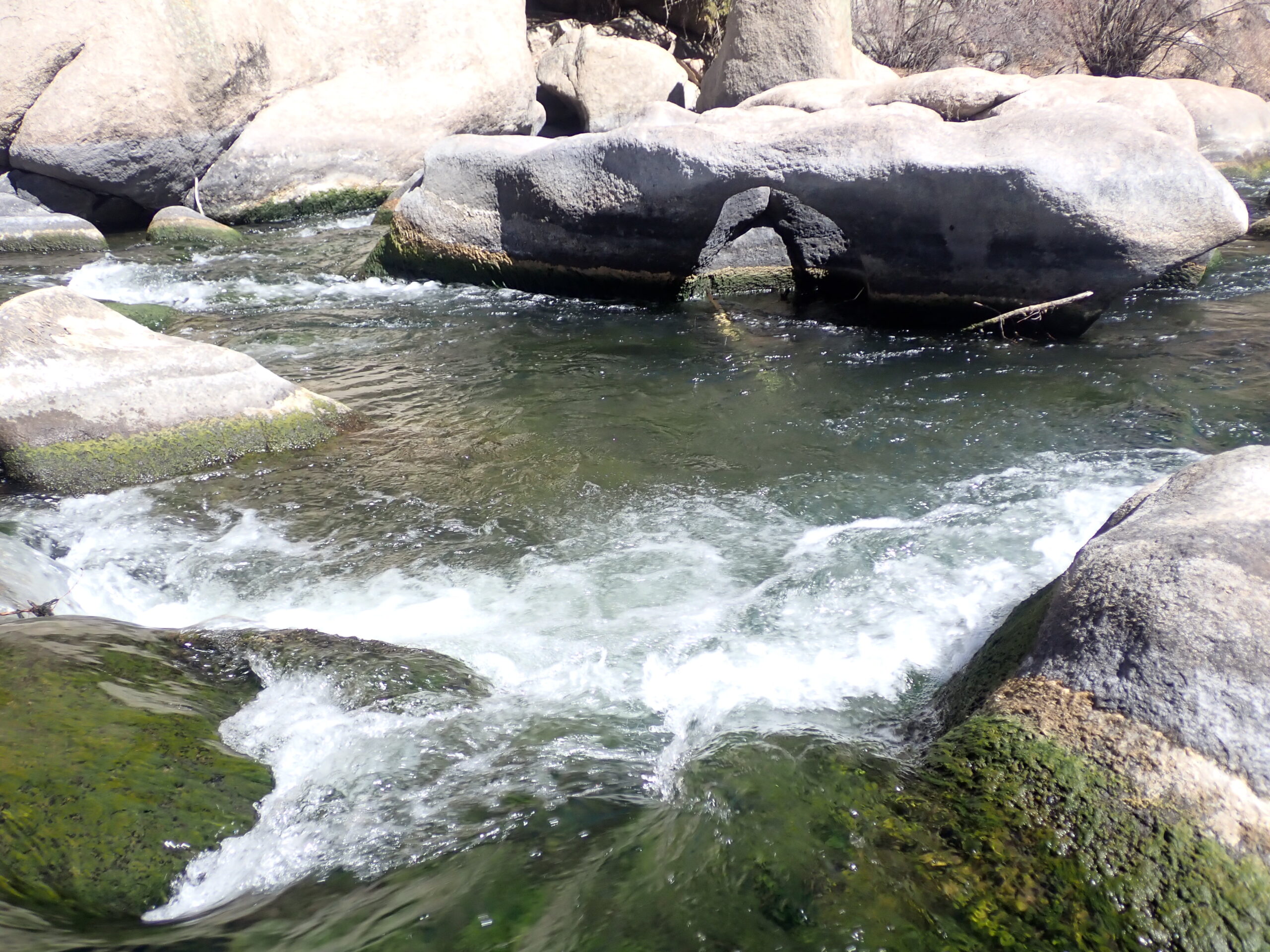 Home of Number One
Home of Number One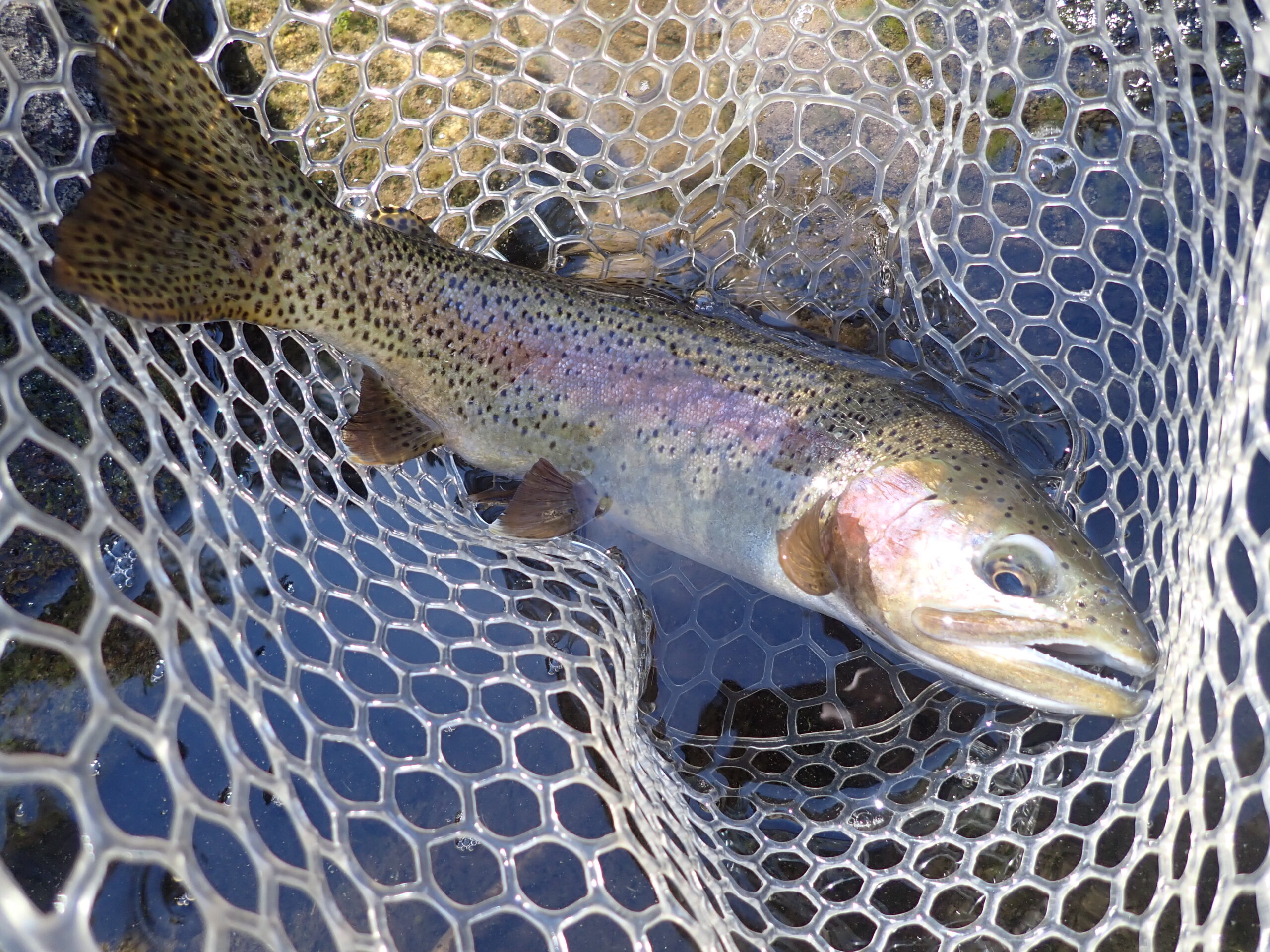 Rather Fine
Rather Fine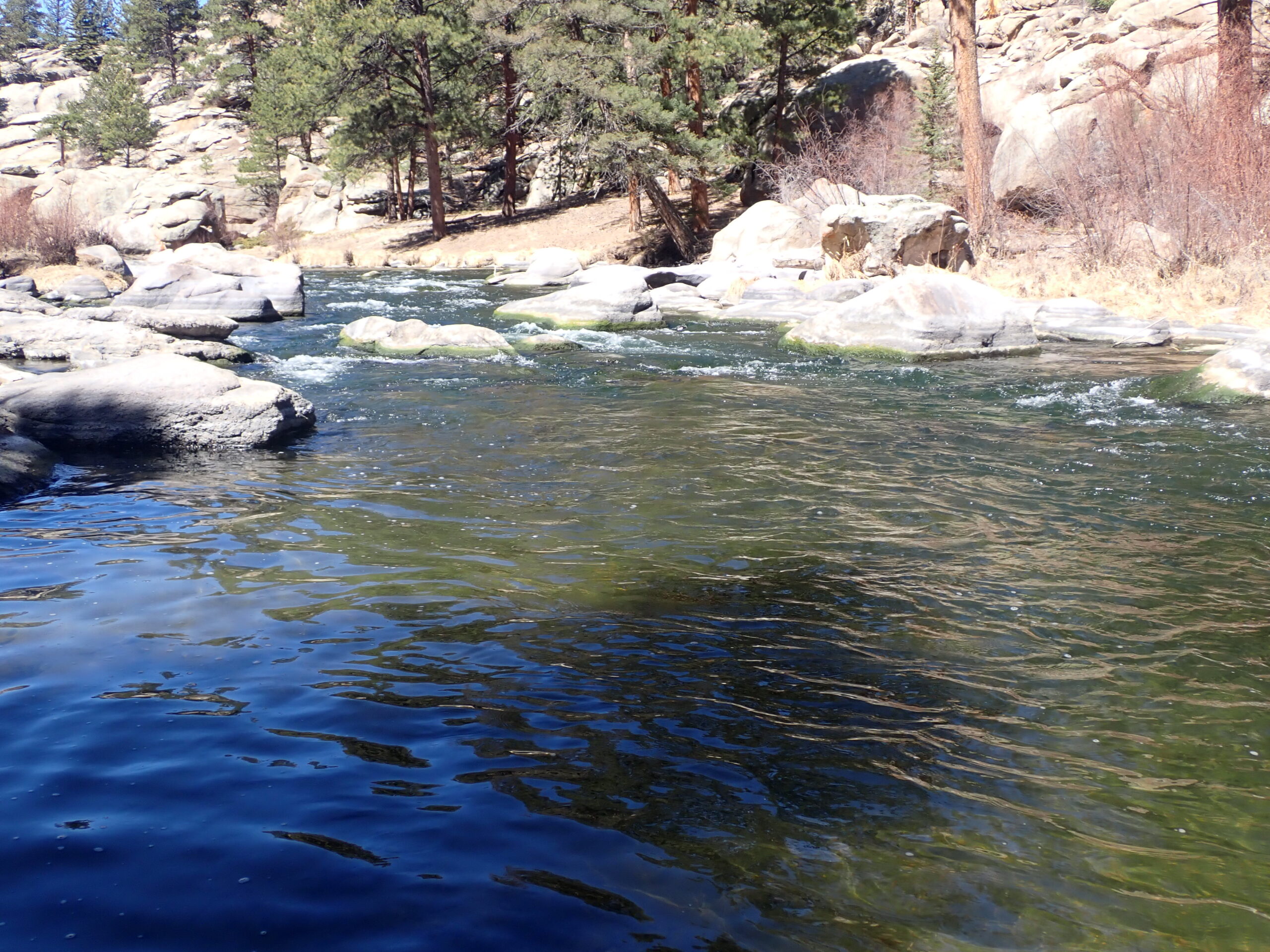 Home of Number Two
Home of Number Two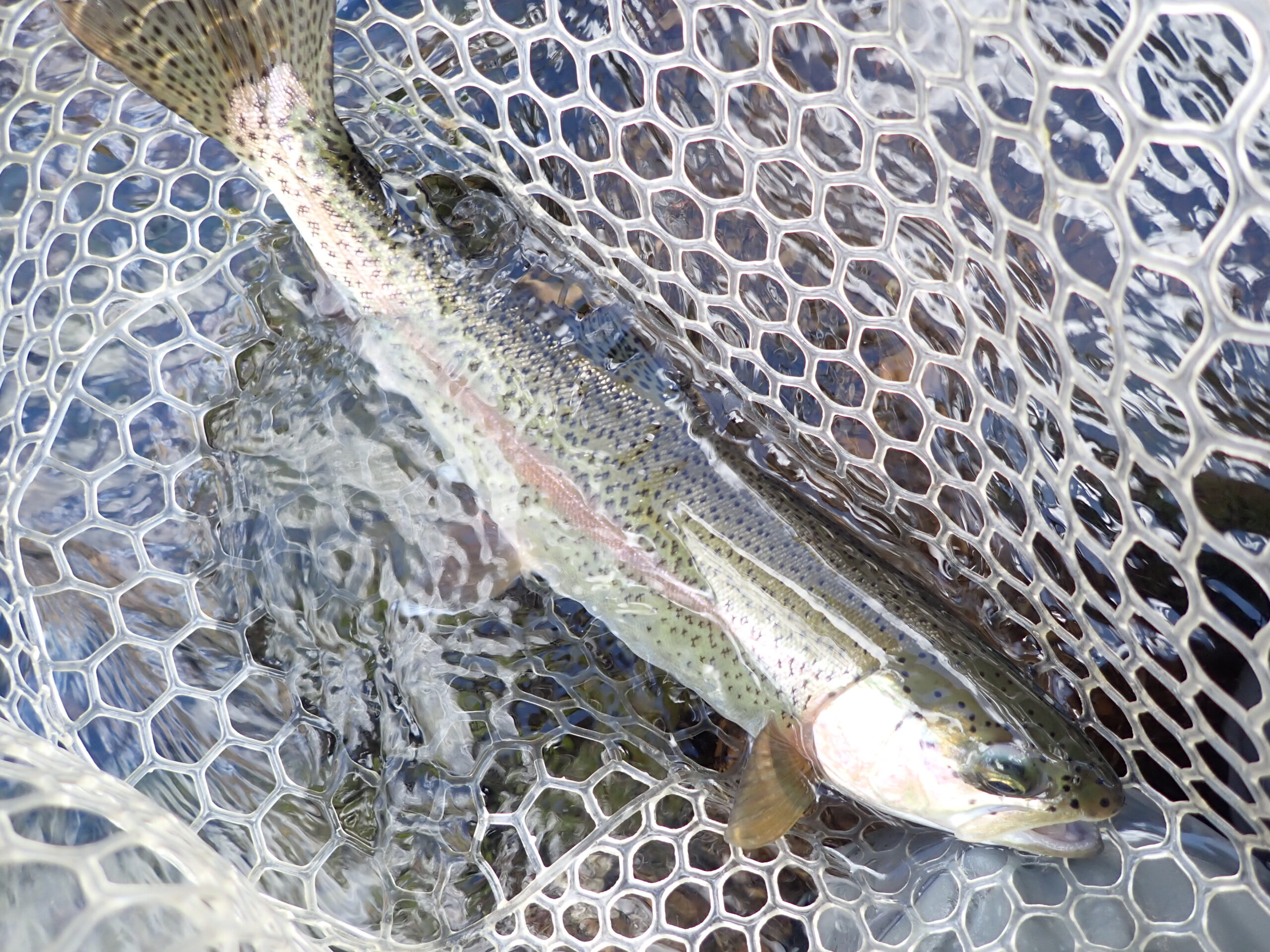 Another Fish Count
Another Fish Count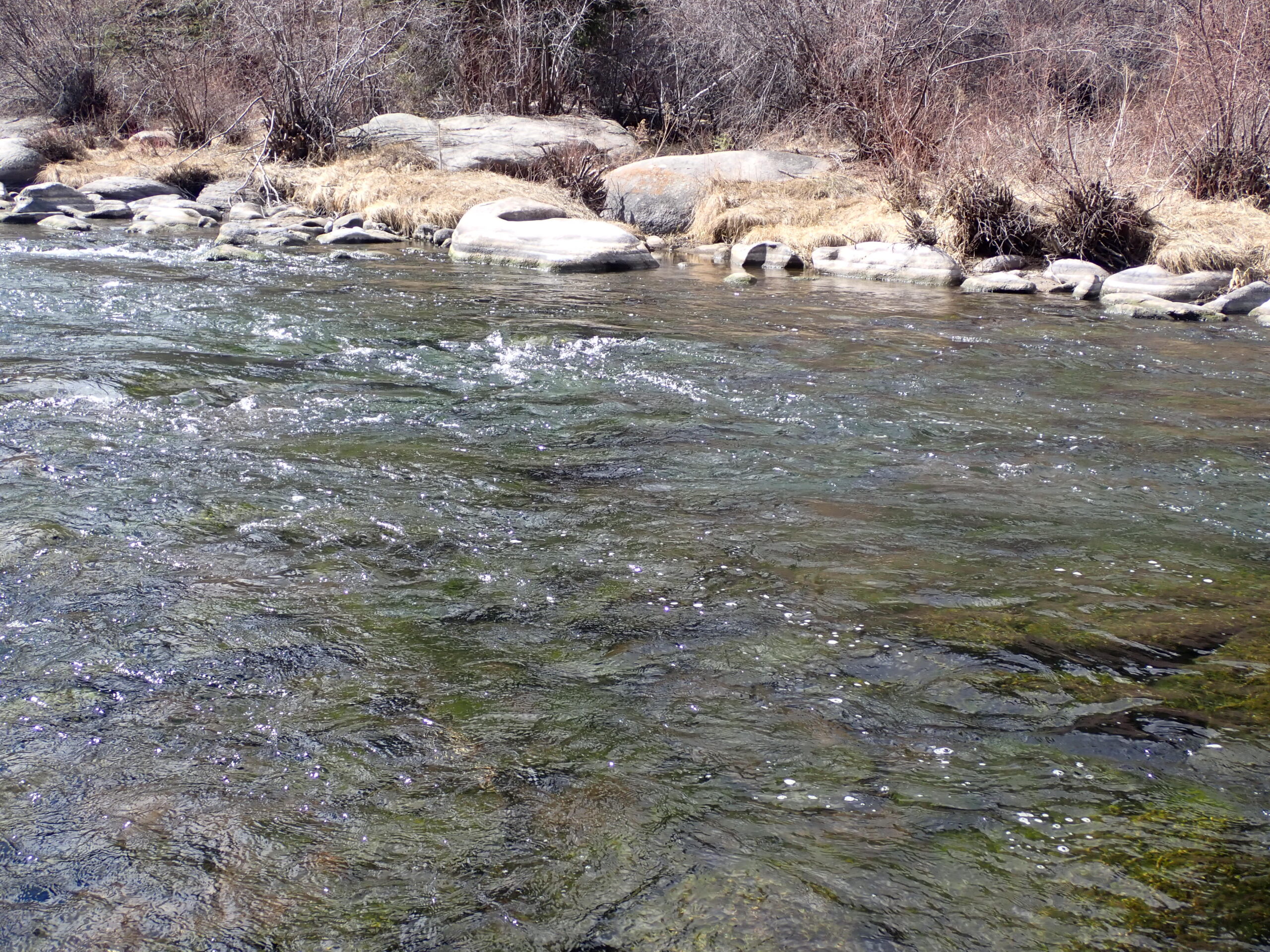 Perfect for Trout
Perfect for Trout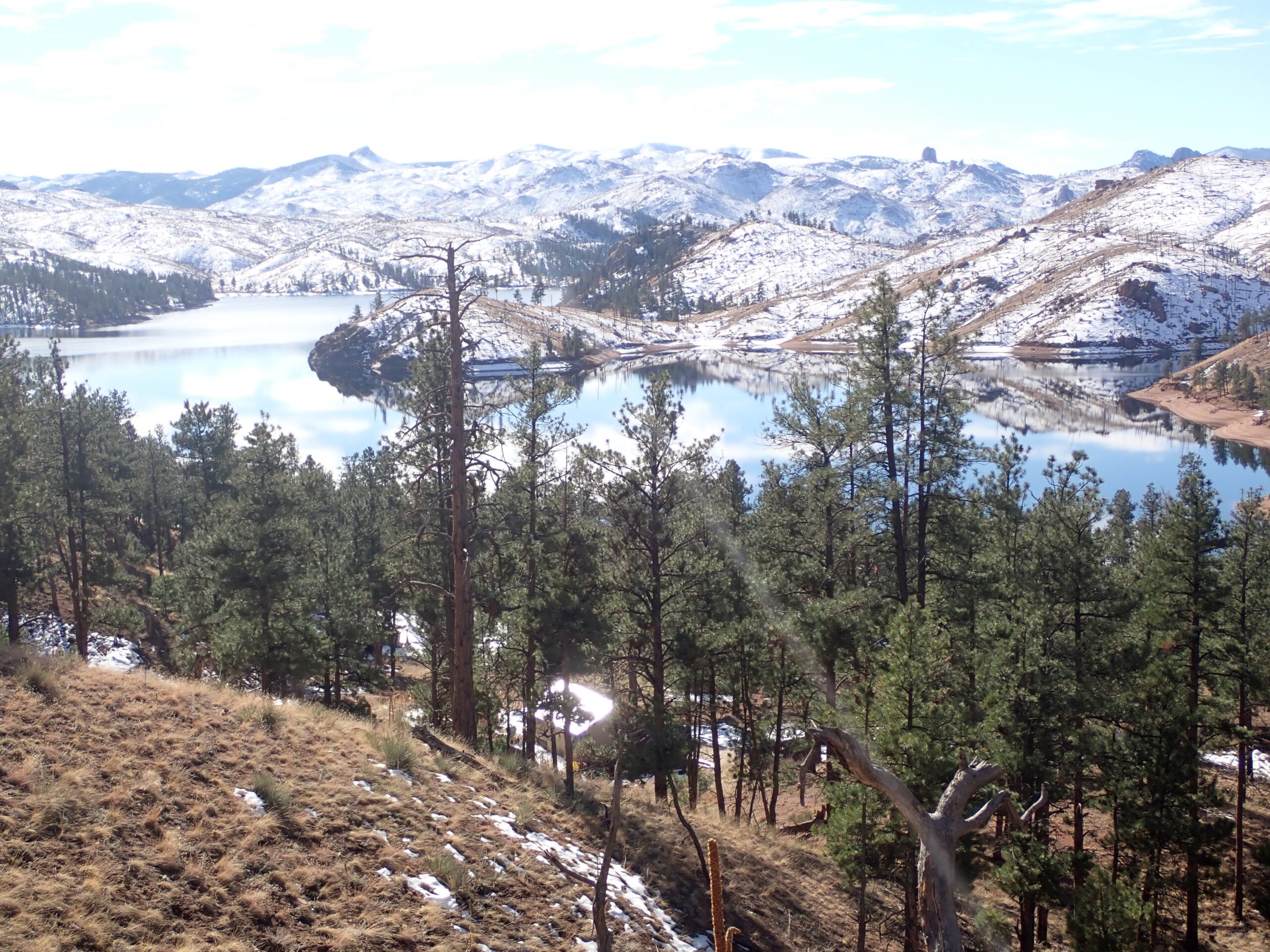 Cheesman Reservoir
Cheesman Reservoir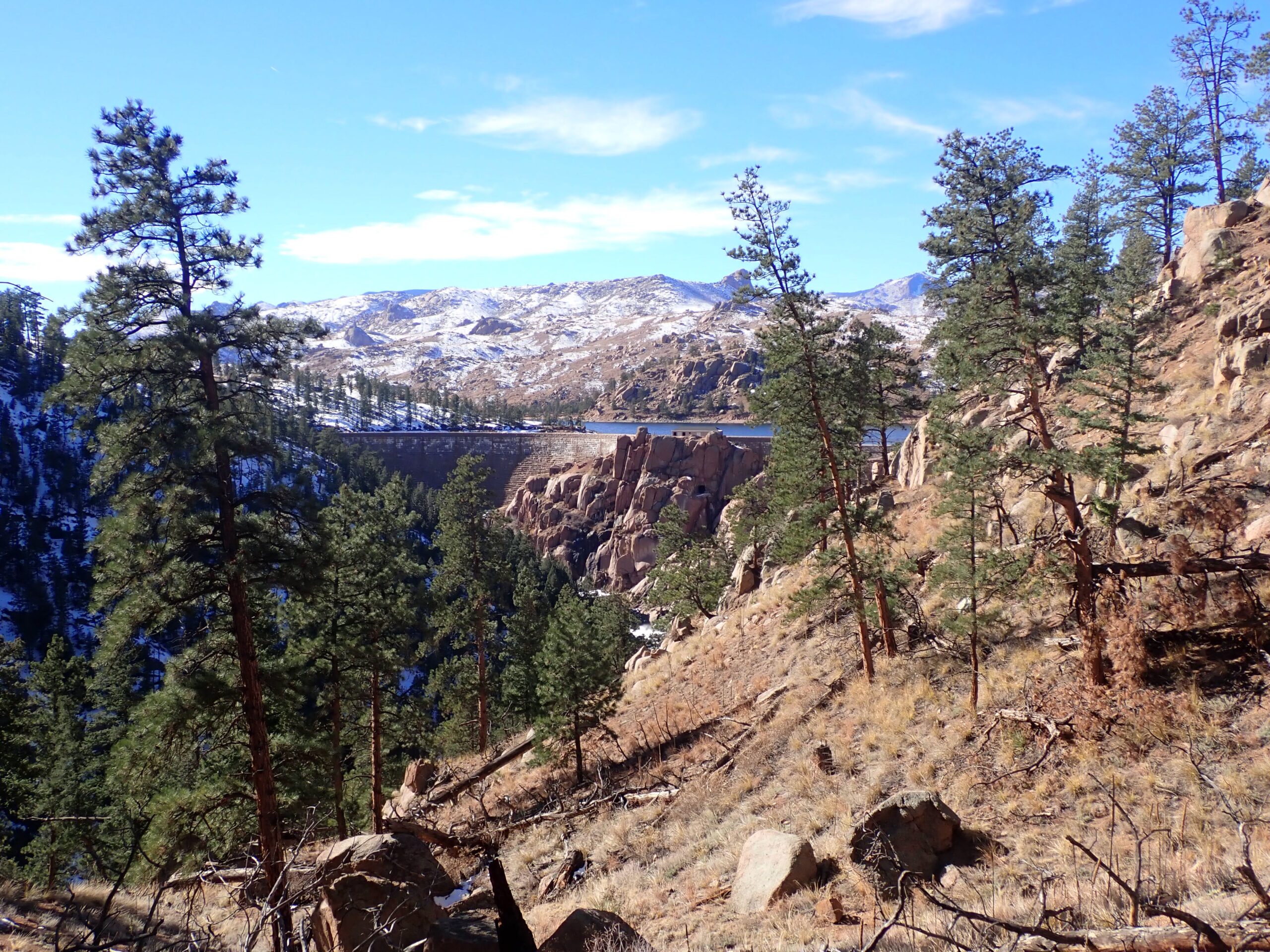 This View of the Dam Provides a Sense of the Steepness of the Canyon
This View of the Dam Provides a Sense of the Steepness of the Canyon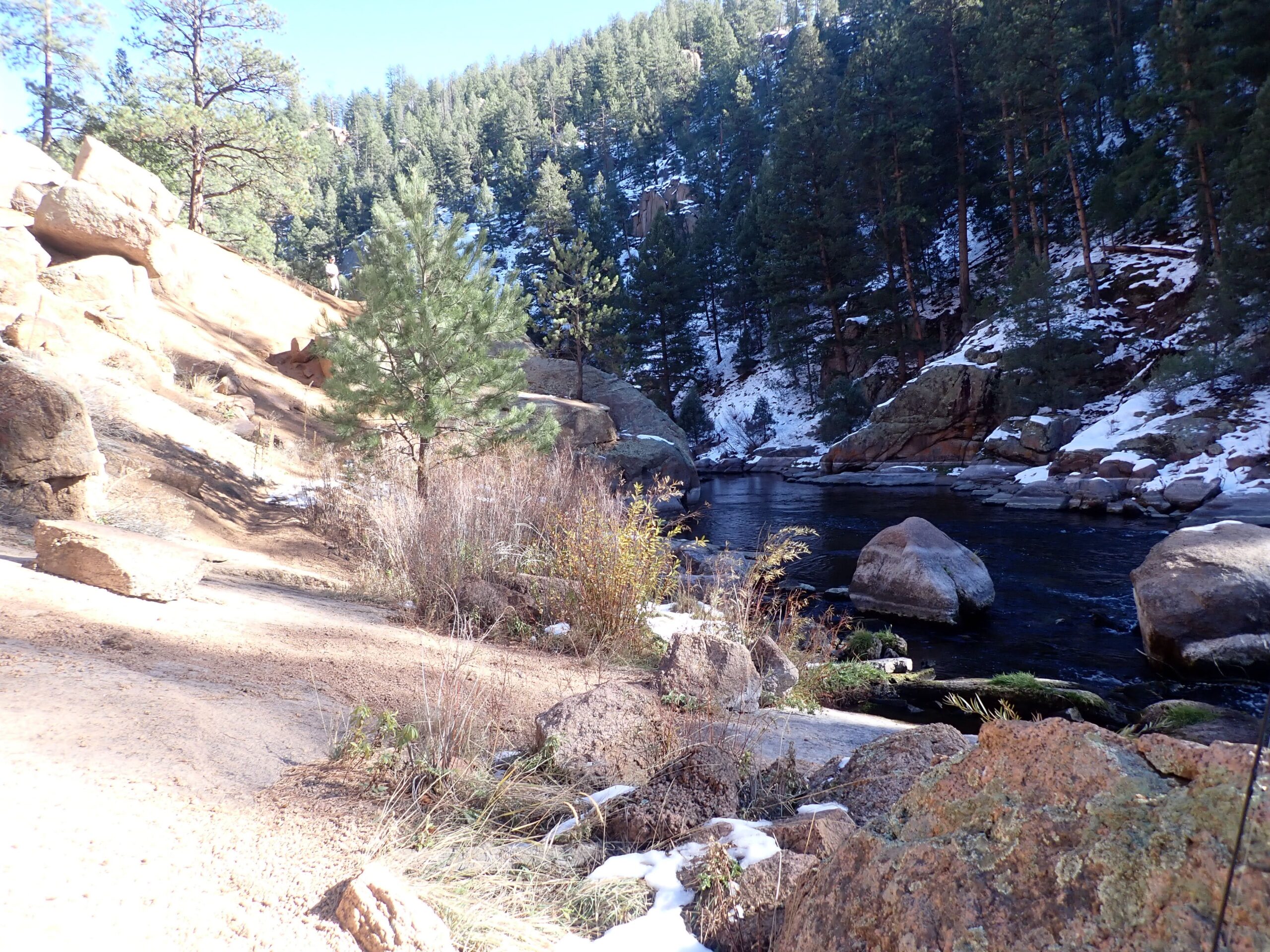 Conditions in the Canyon
Conditions in the Canyon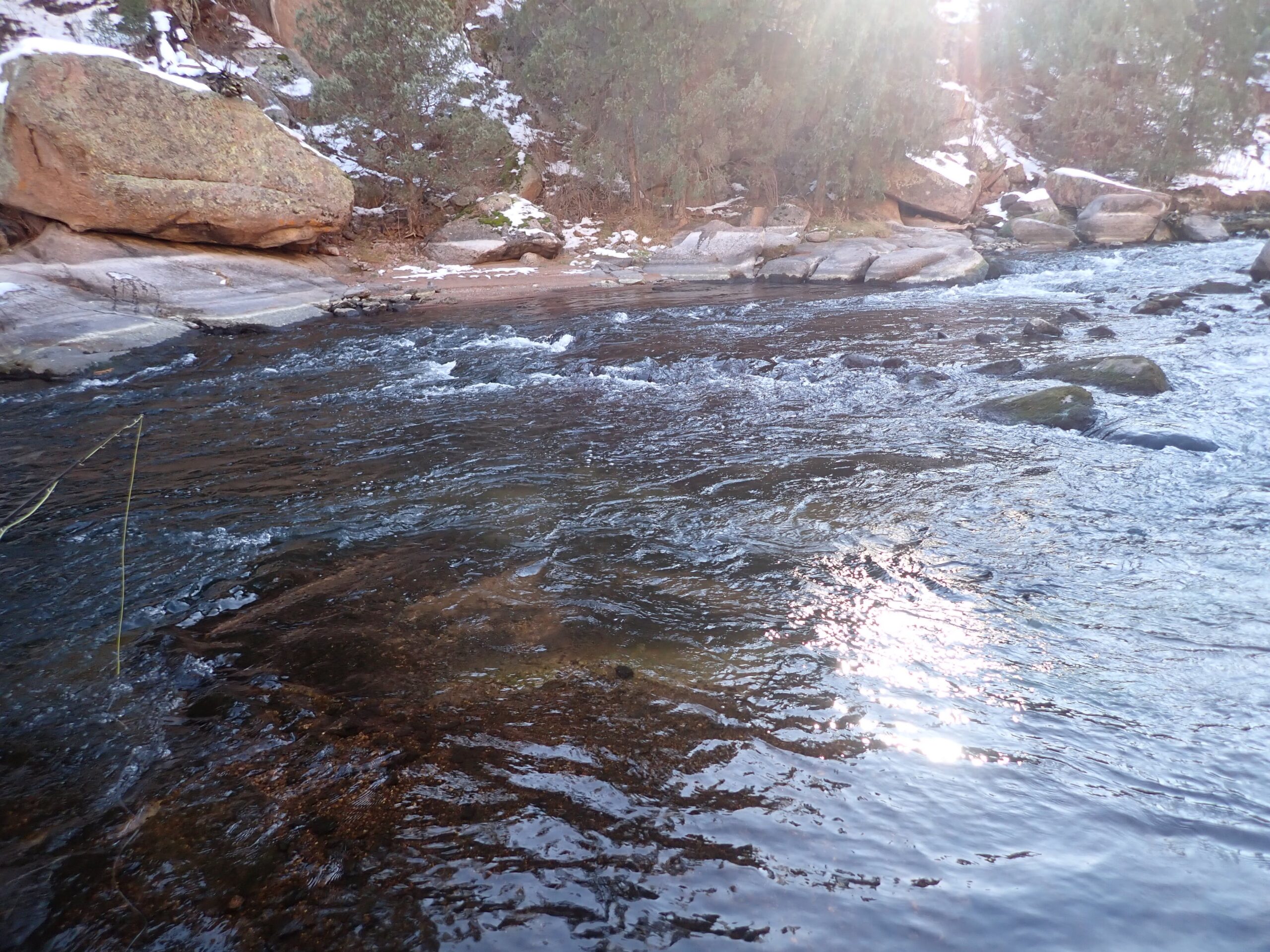 Site of the Only Catch of the Day
Site of the Only Catch of the Day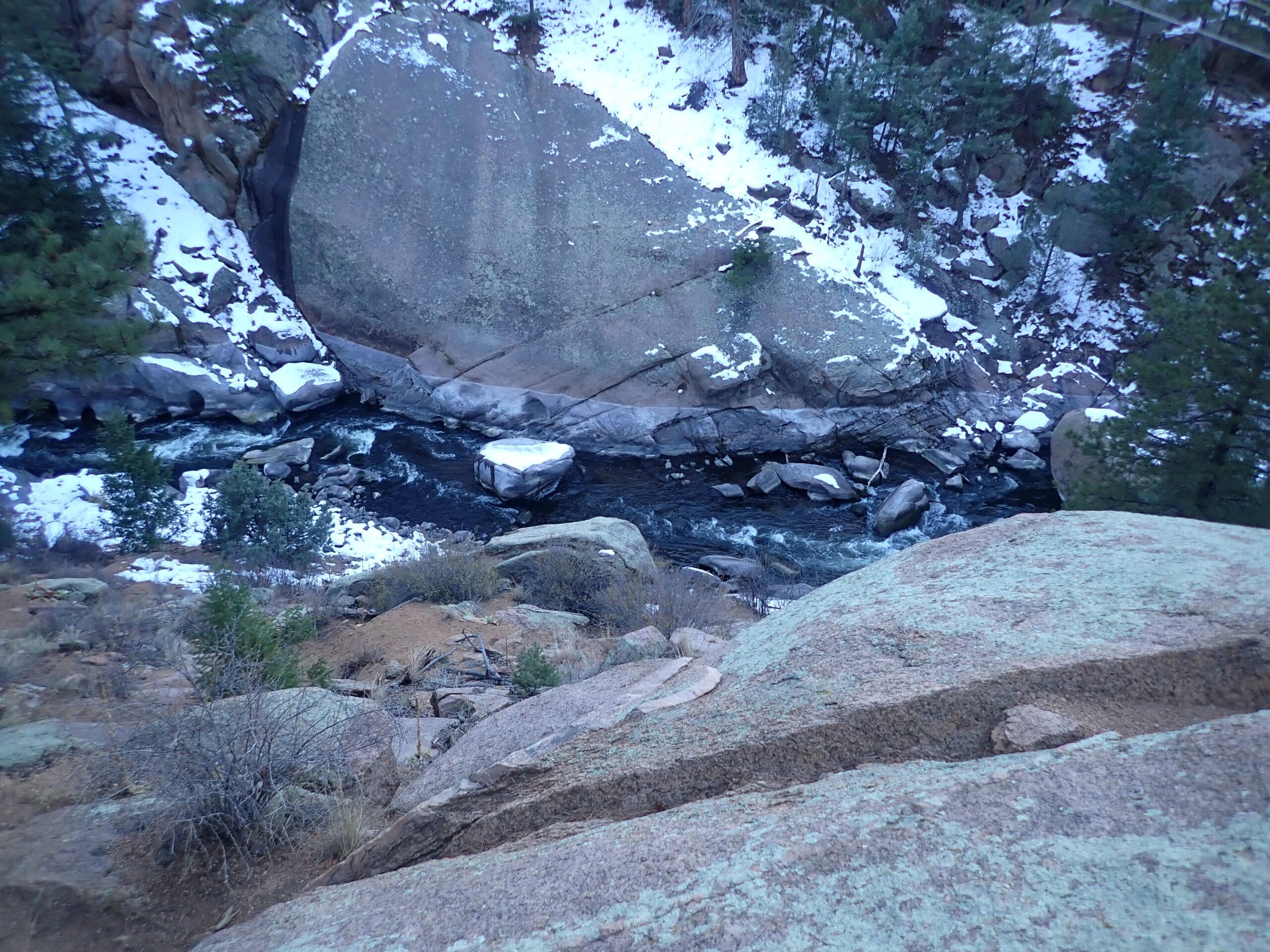 Looking Back After Early Ascent
Looking Back After Early Ascent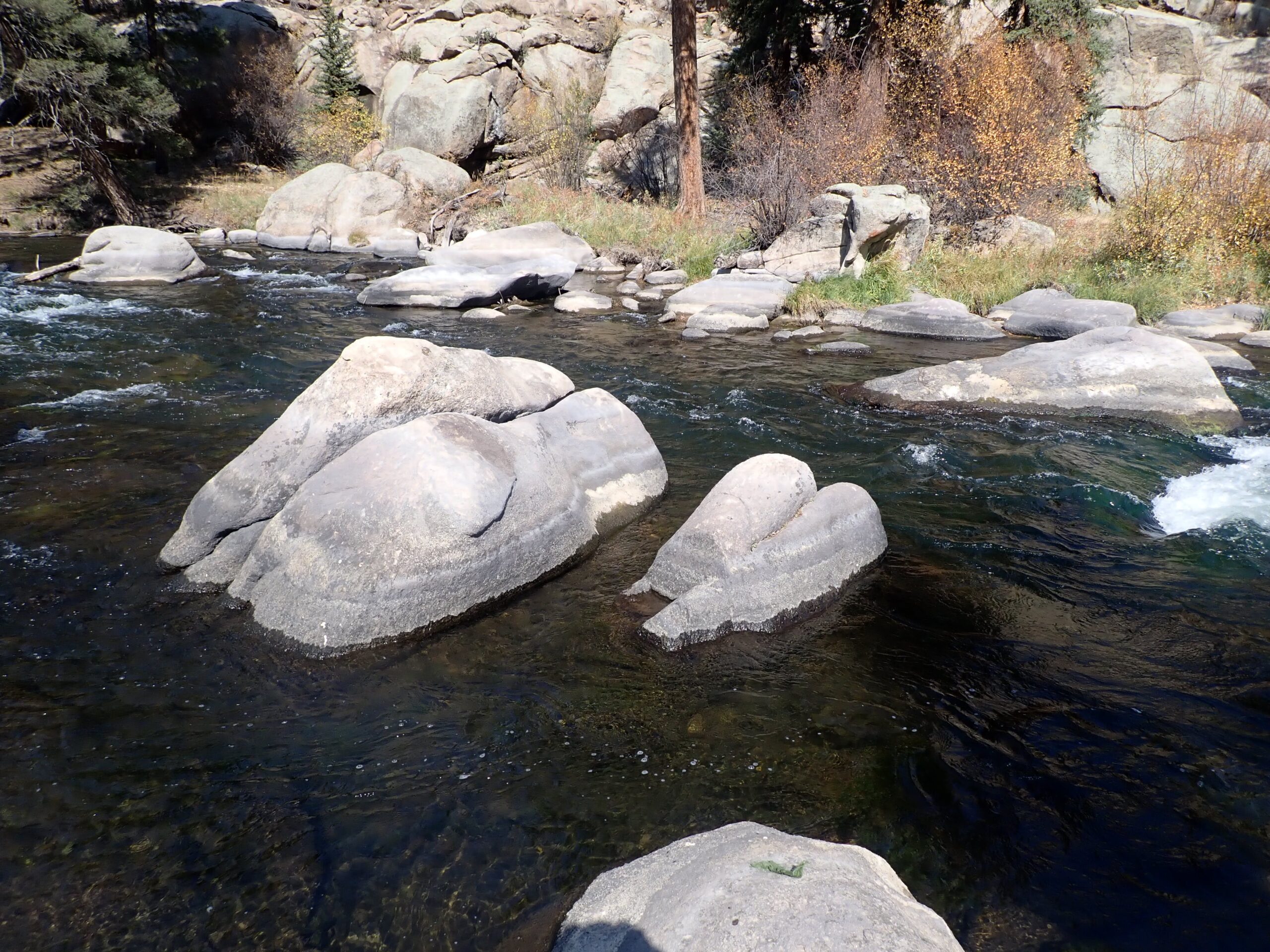 Pockets Around Exposed Boulders
Pockets Around Exposed Boulders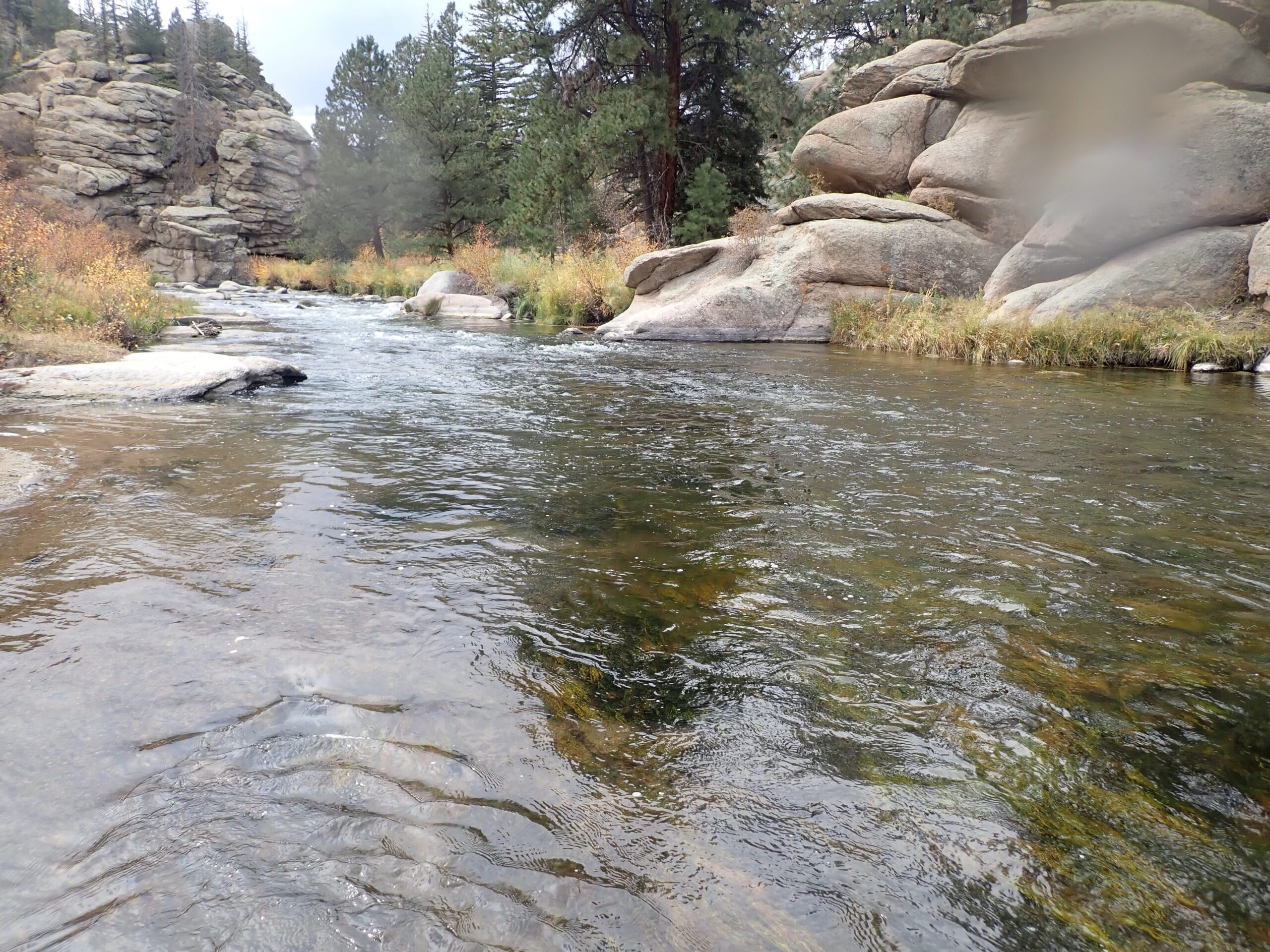 Wide Riffle Area Delivered
Wide Riffle Area Delivered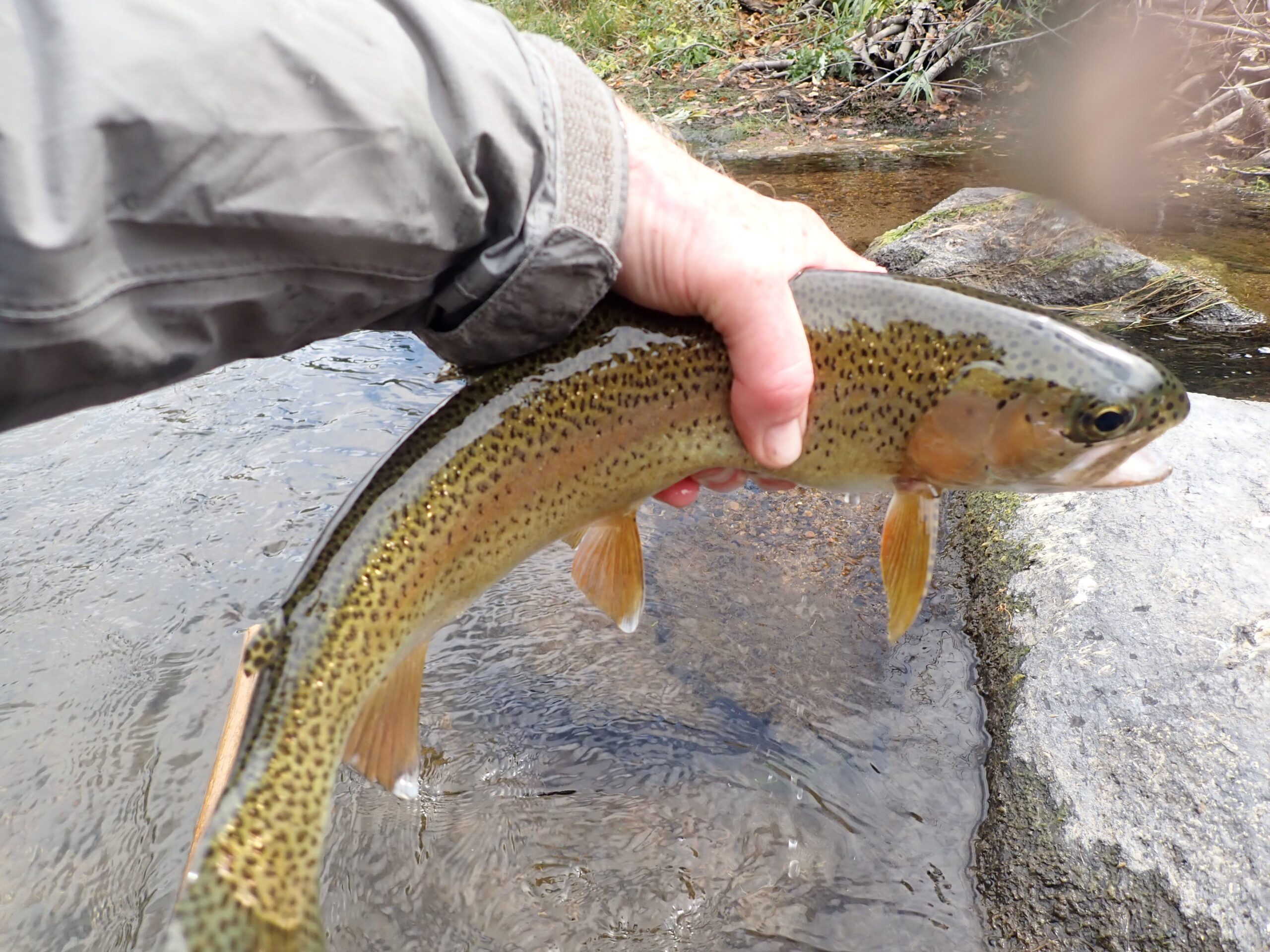 Best of the Day
Best of the Day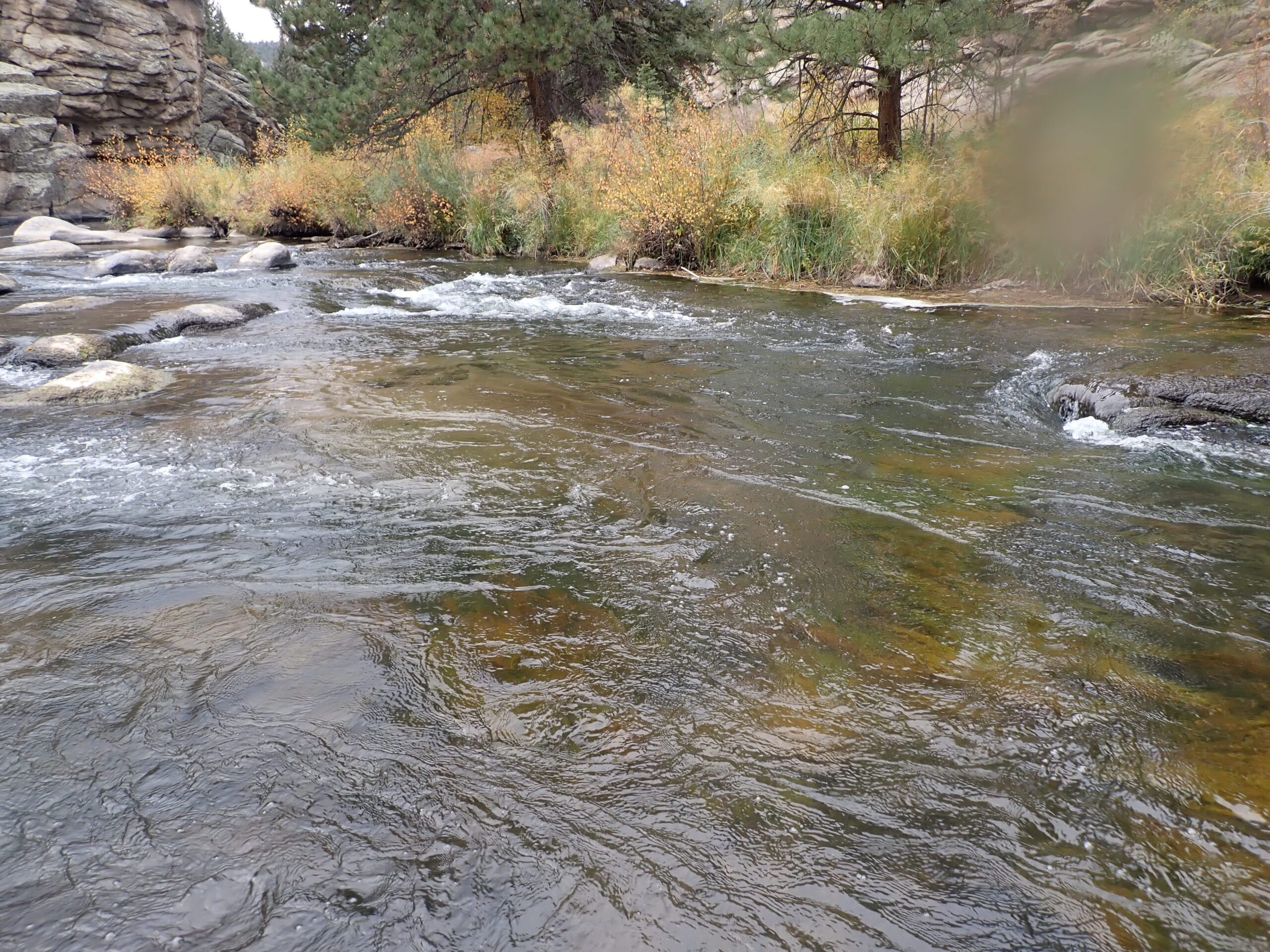 Second Nice Rainbow Came from This Area
Second Nice Rainbow Came from This Area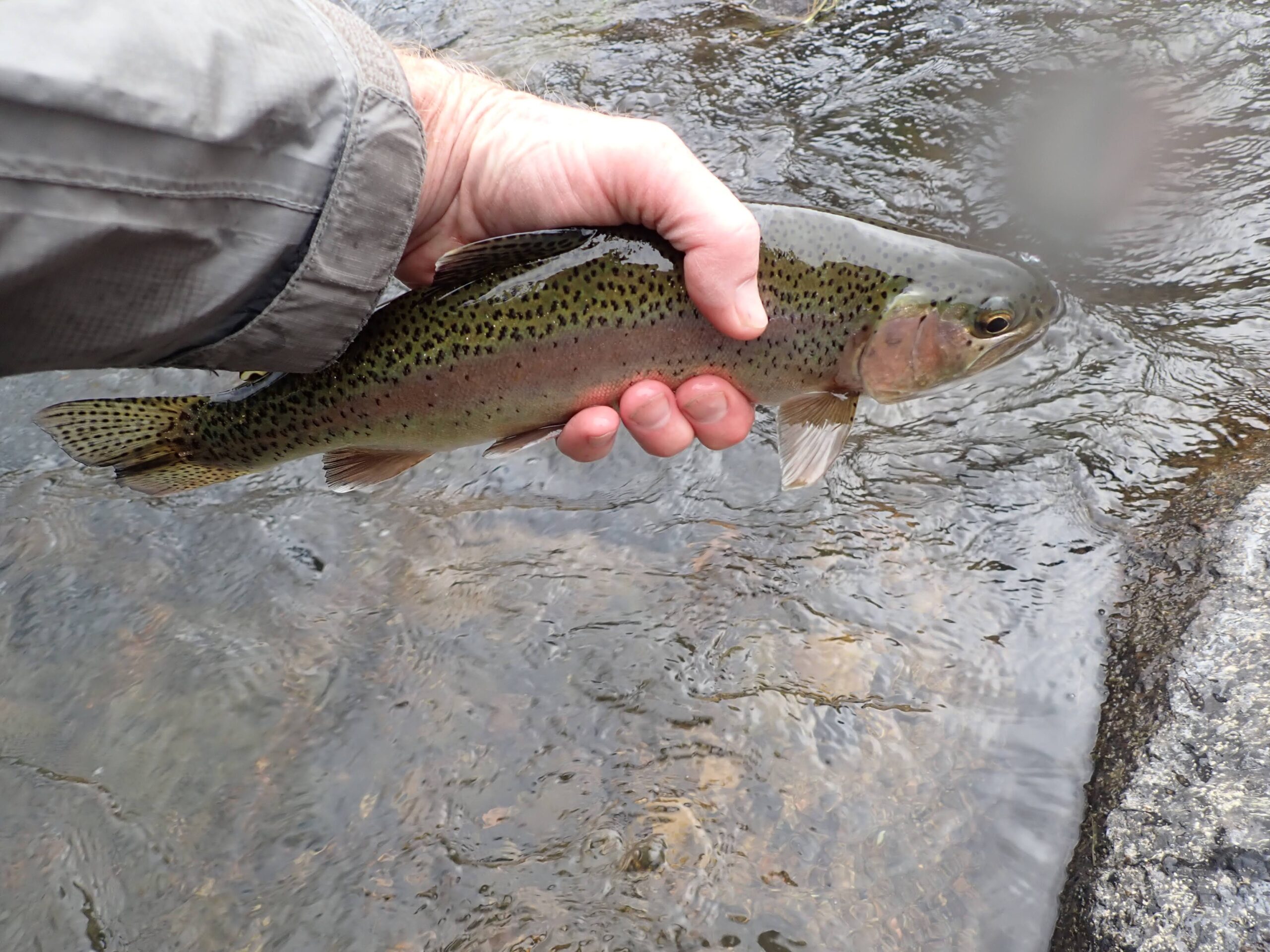 Headed Home
Headed Home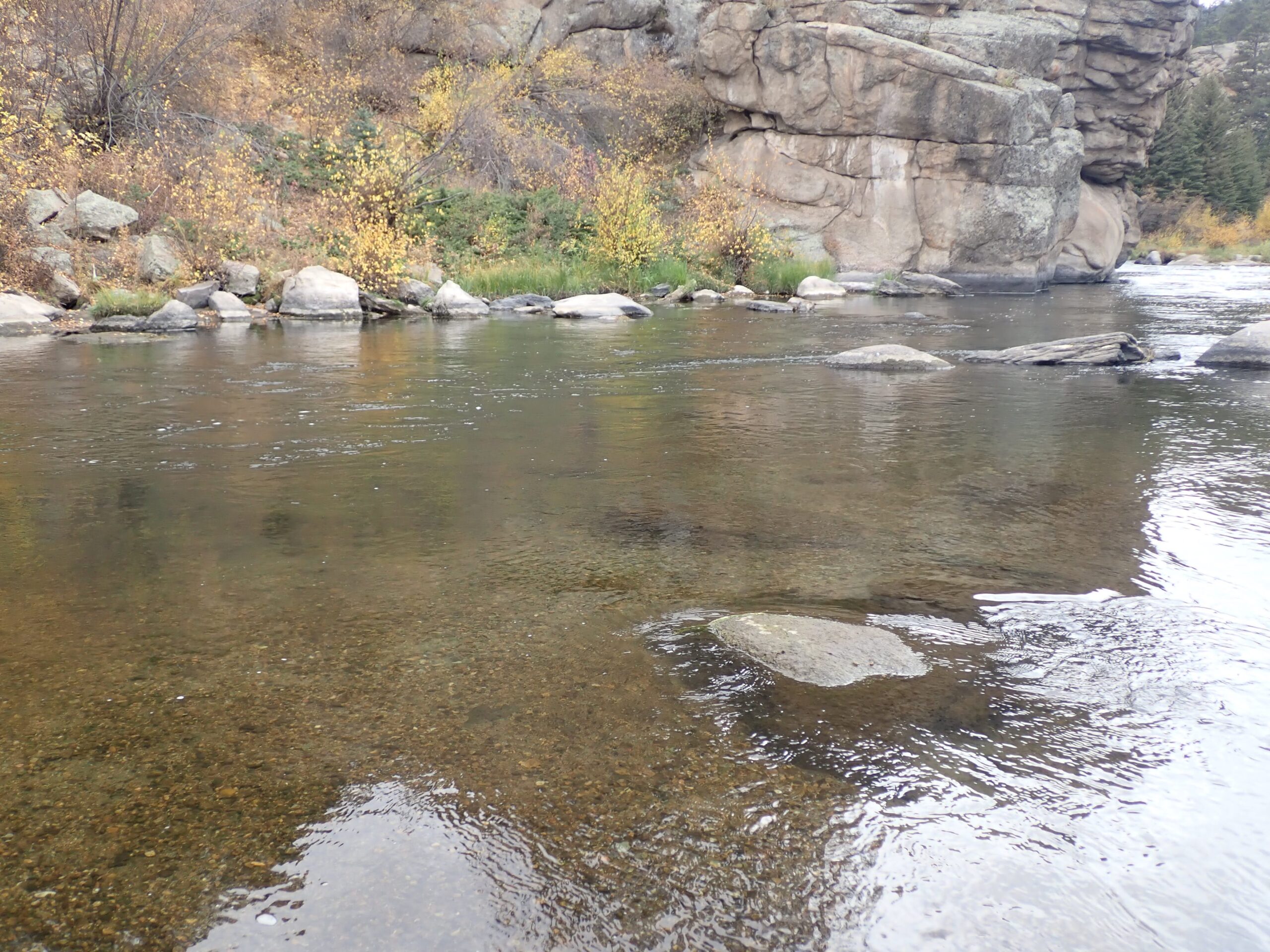 Top of Long, Smooth Pool
Top of Long, Smooth Pool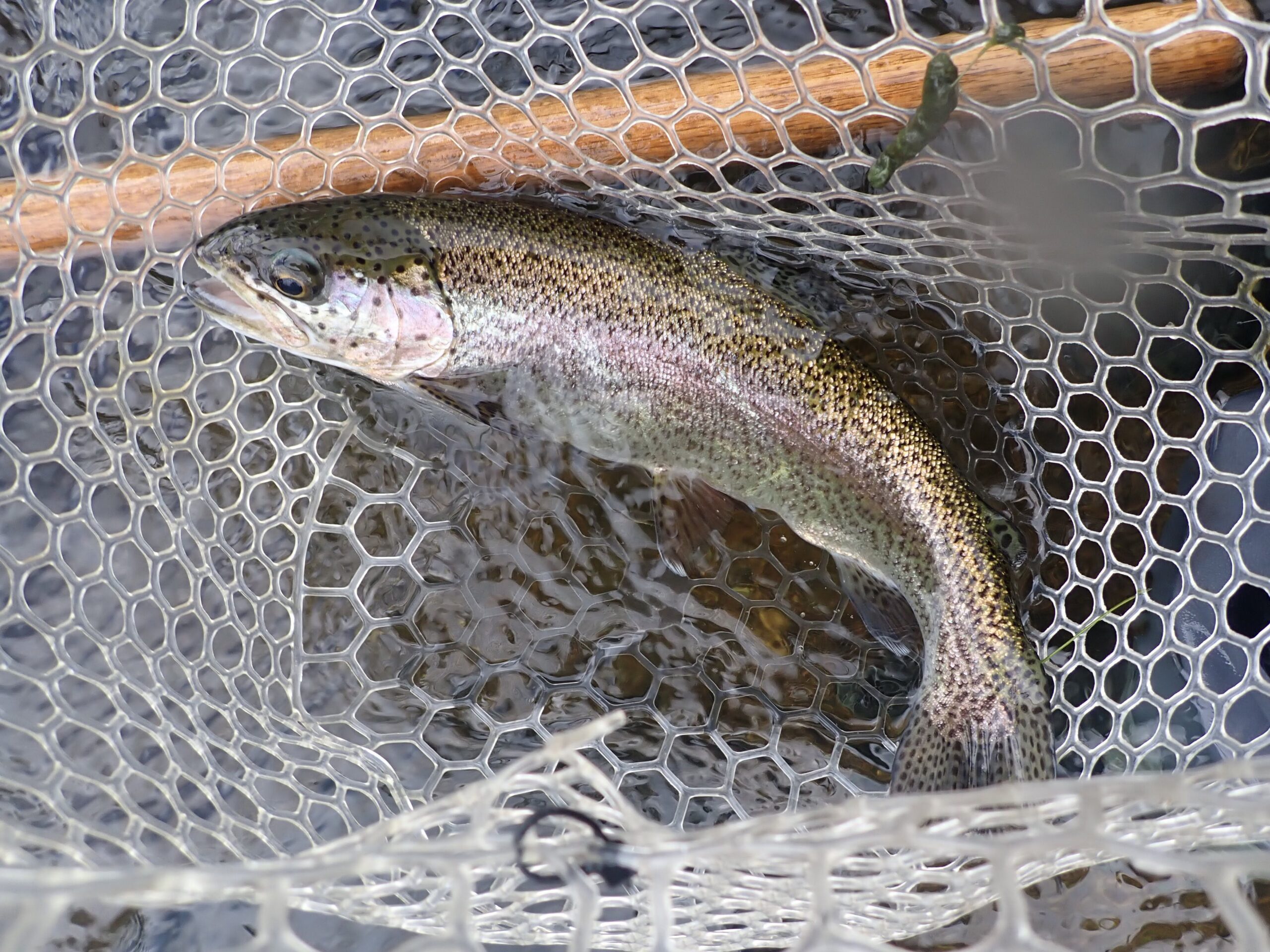 Dry Fly Reward
Dry Fly Reward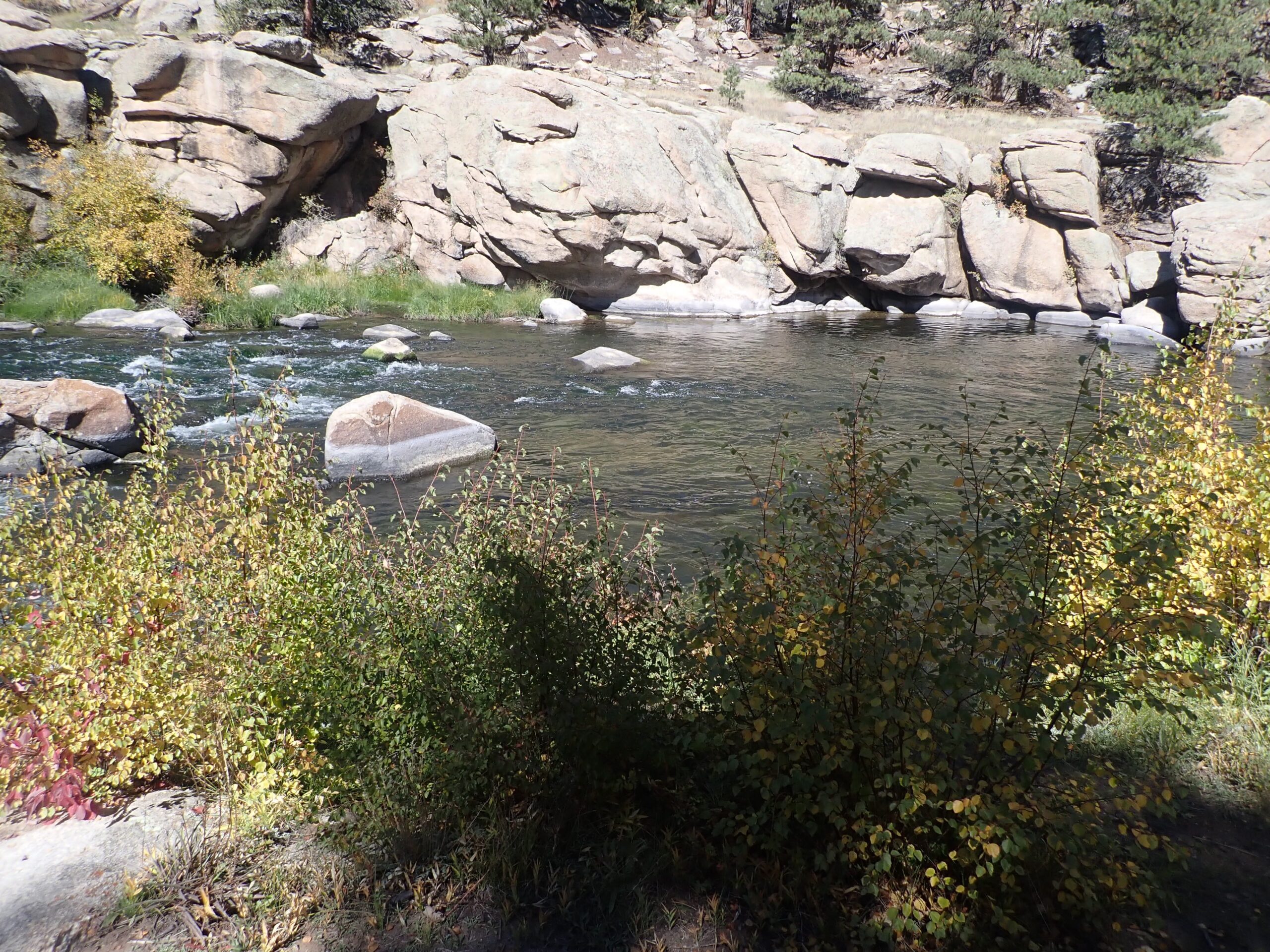 Lunch View
Lunch View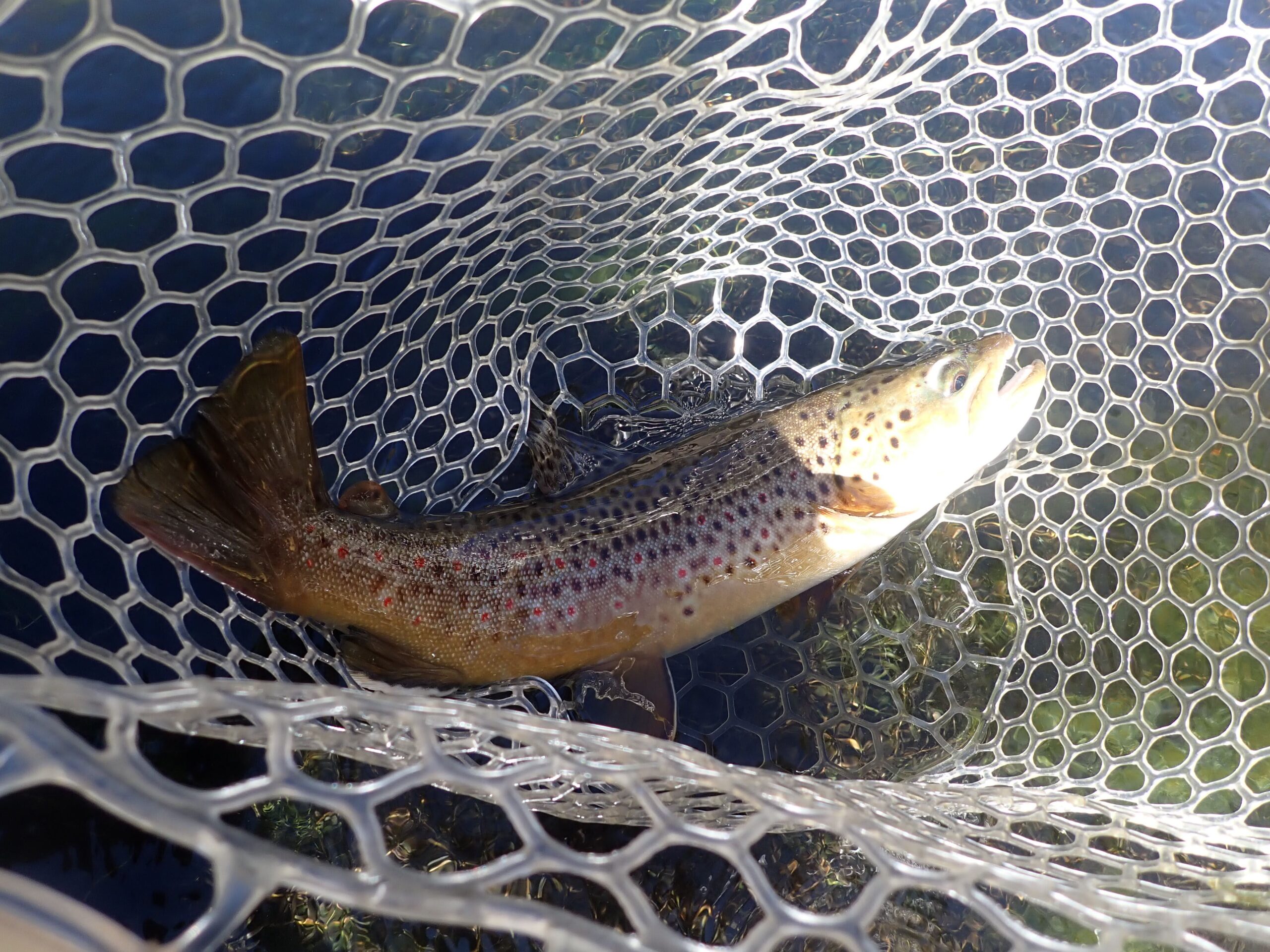 Fifteen Inch Brown Trout
Fifteen Inch Brown Trout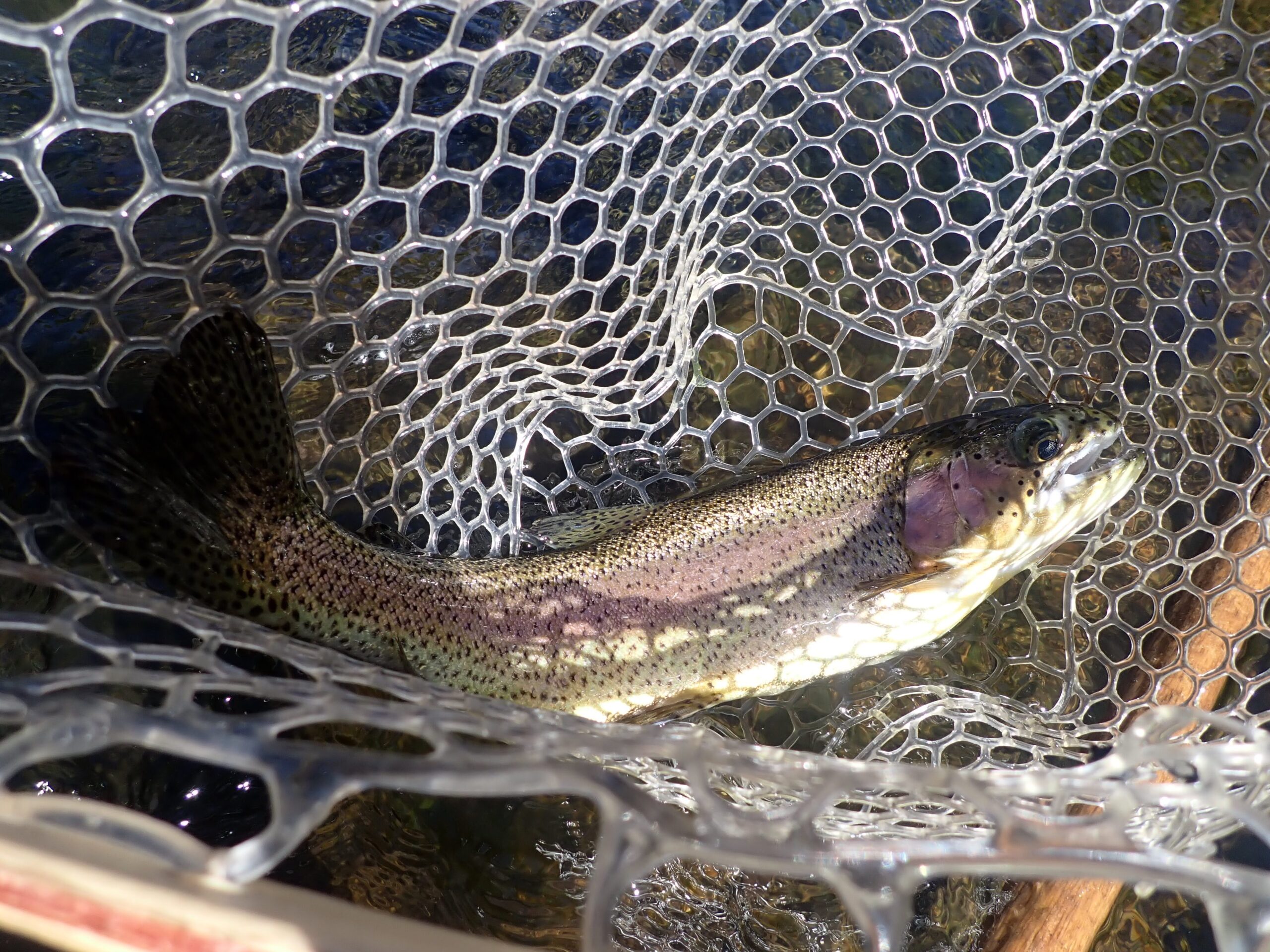 First of Two Gorgeous Rainbow Trout
First of Two Gorgeous Rainbow Trout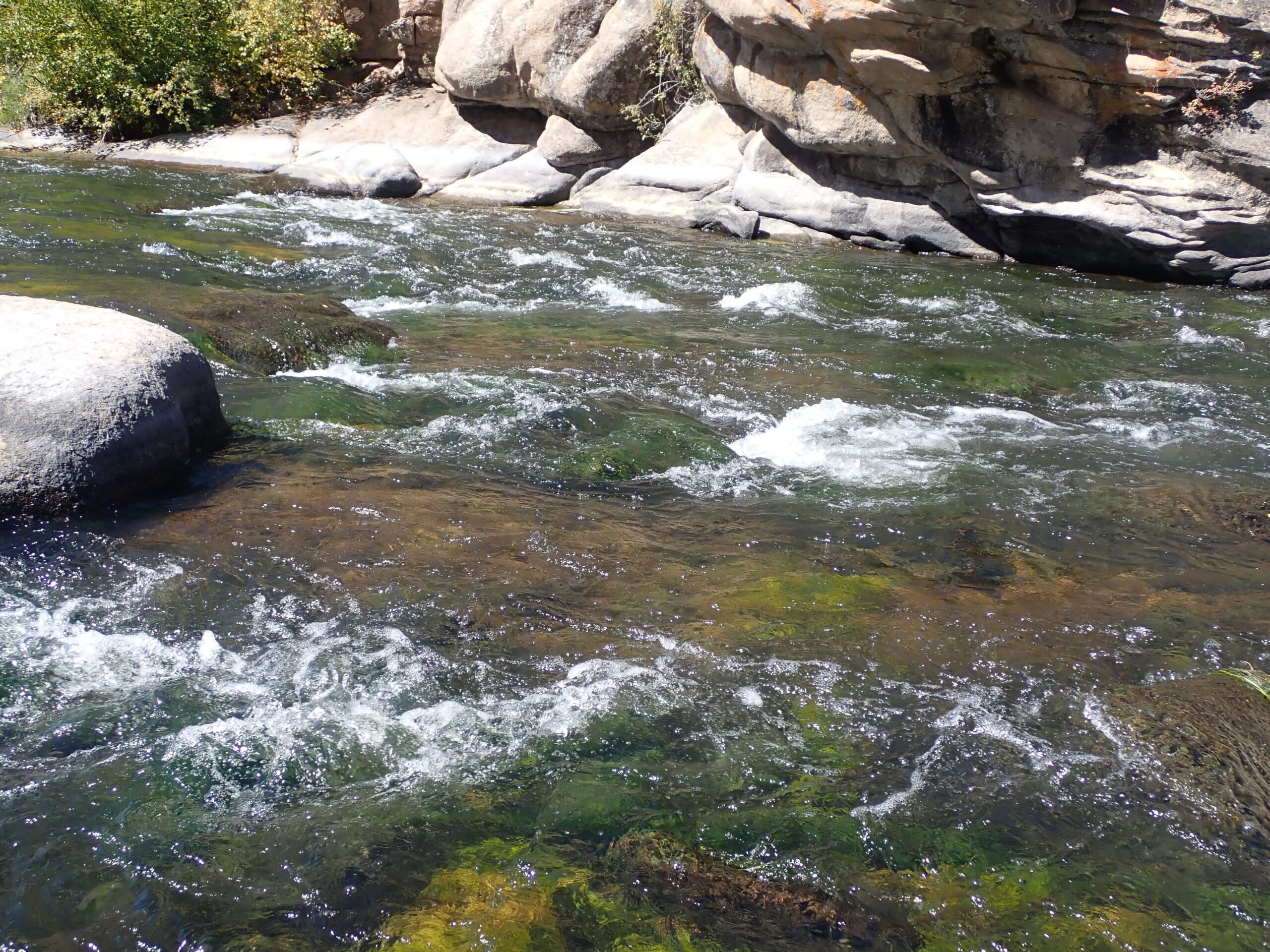 Rainbow Home
Rainbow Home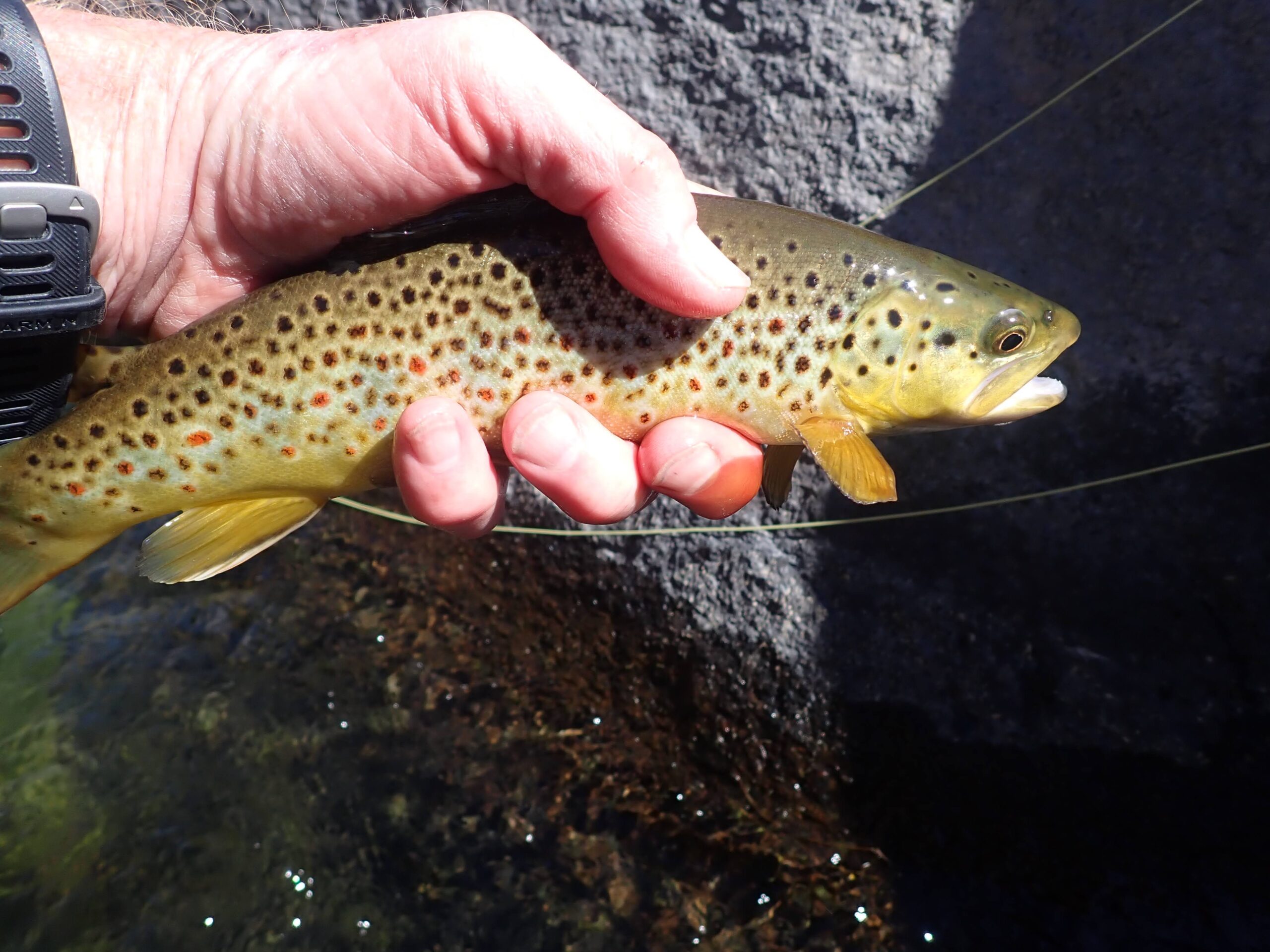 Decent Brown Trout
Decent Brown Trout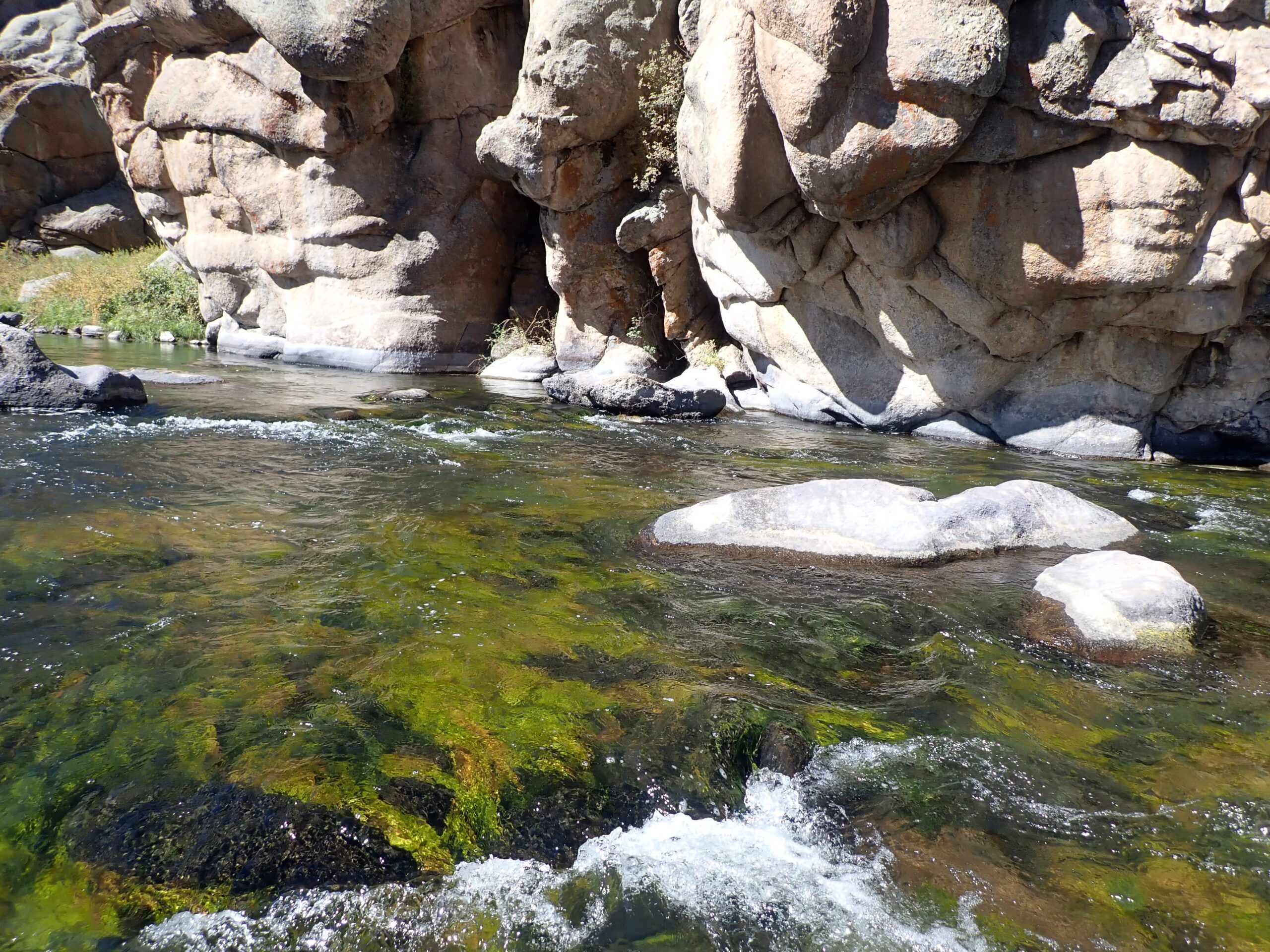 The Type of Water That Produced
The Type of Water That Produced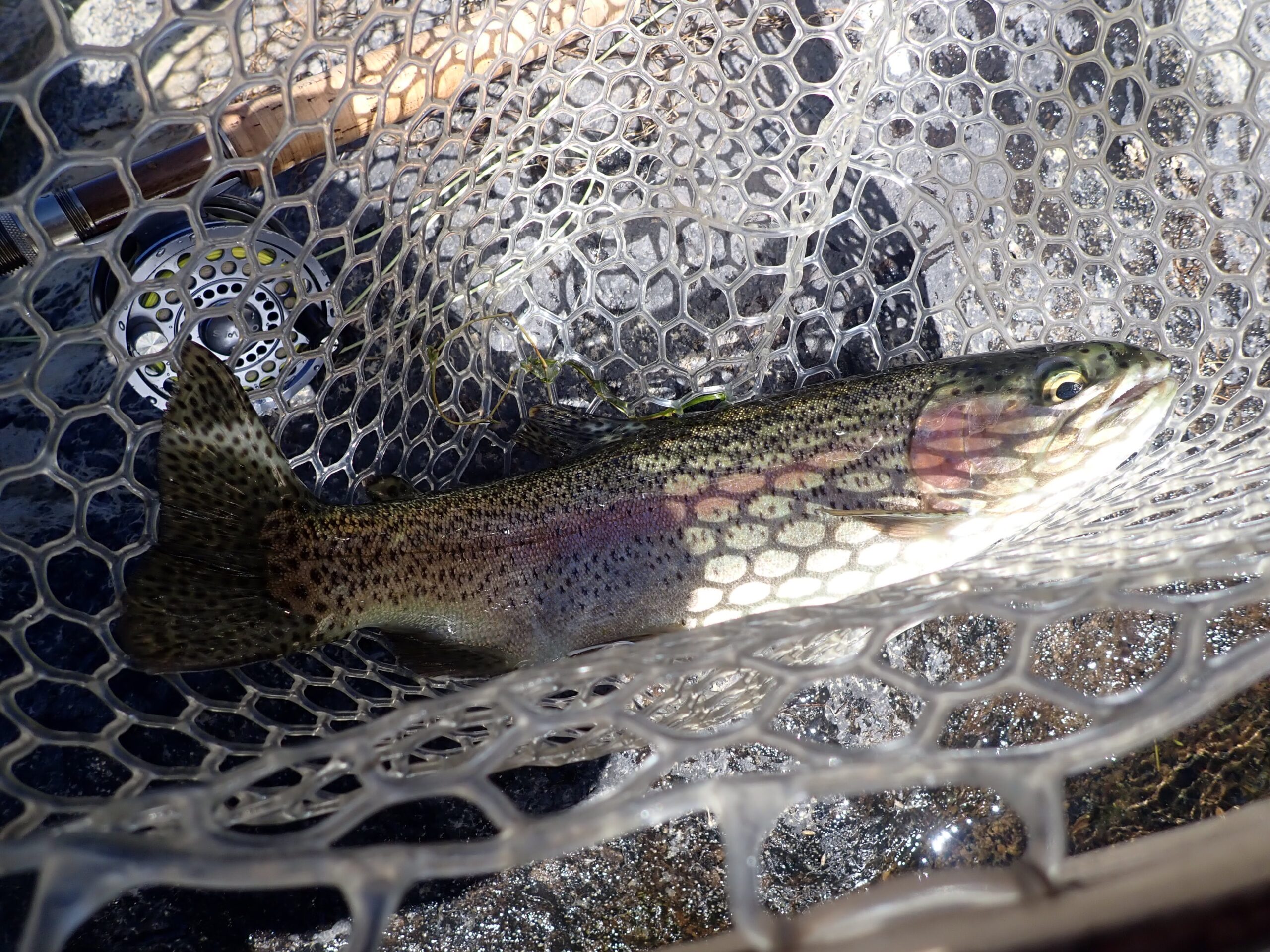 A Second Splendid Rainbow Trout
A Second Splendid Rainbow Trout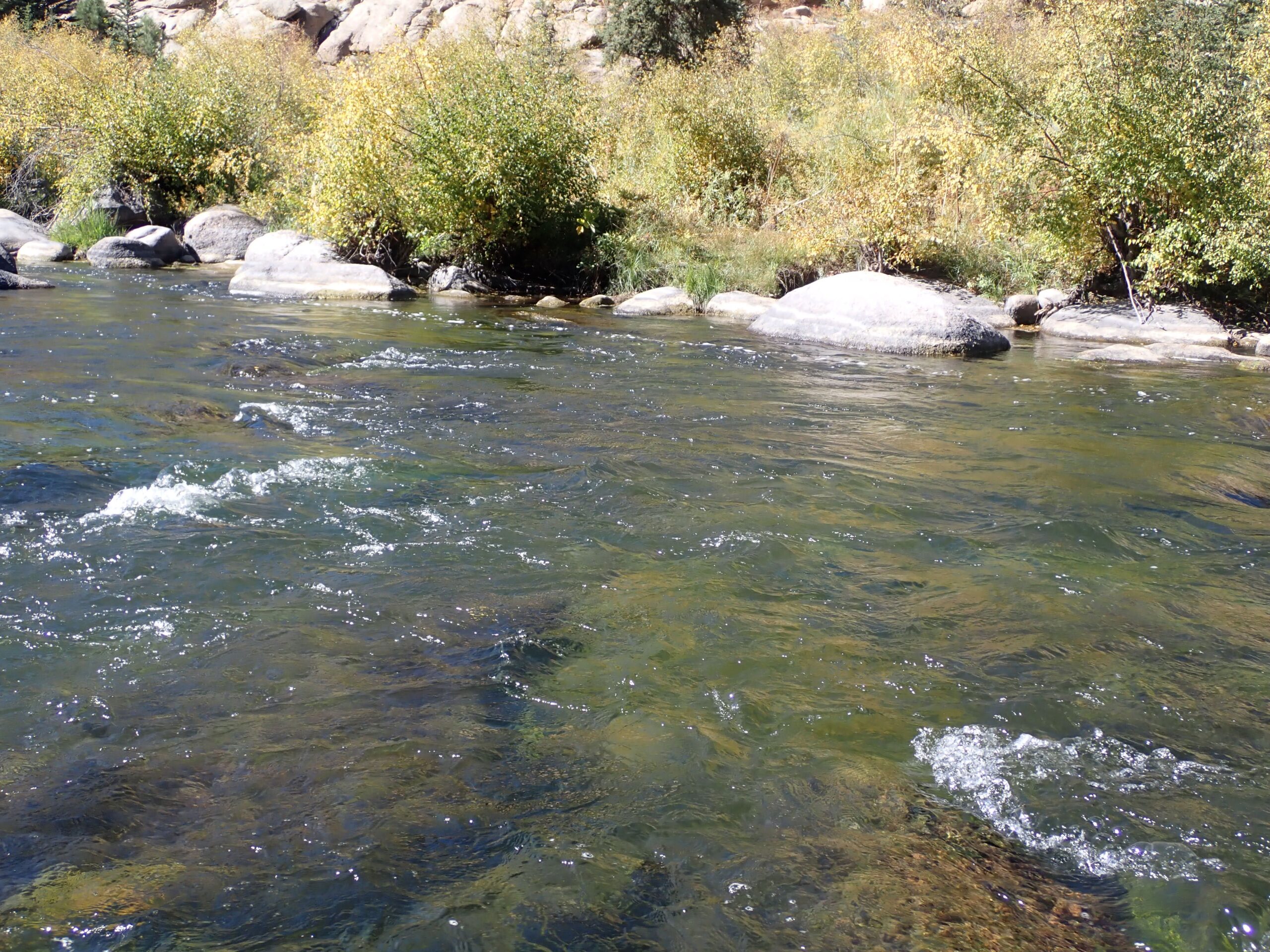 Rainbow Lived in the Run Near the Bank
Rainbow Lived in the Run Near the Bank